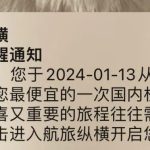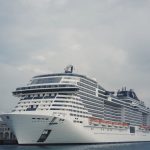Today, I’m sharing a comprehensive guide on Songzan.
The impetus for this article comes from my recent trip during the Qingming Peach Blossom Festival, where I took the Songzan Linzhi route and found it truly fantastic. I wanted to share what I enjoyed, so I couldn’t wait to write it down.
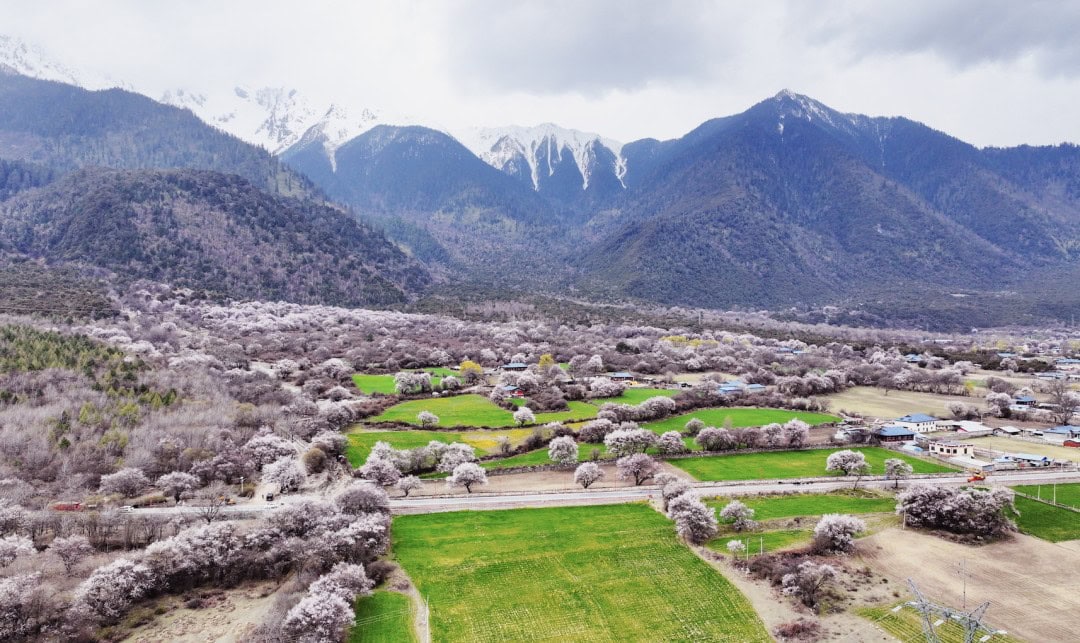
However, simply writing about the Linzhi peach blossoms isn’t exciting enough, so I decided to create a detailed guide on Songzan.
By the way, there will be a surprise at the end of the article.
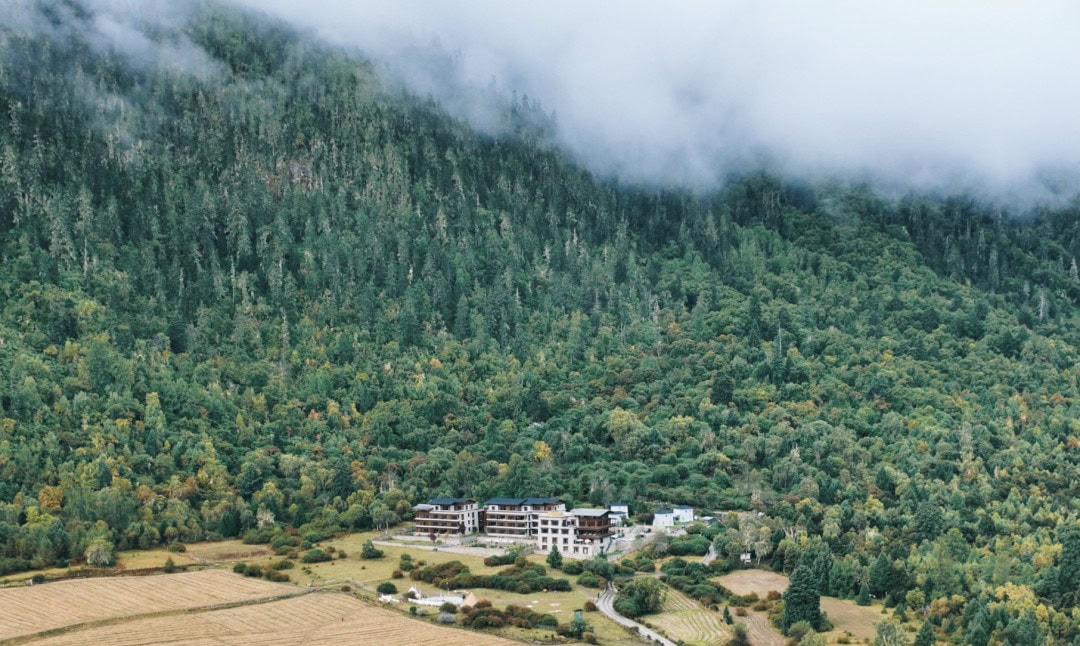
Currently, Songzan has a total of 16 hotels. We have visited 15 of them (the only one we haven’t been to is Songzan Laigu Mountain Residence), all within the last six months, so naturally, the information is the most current and firsthand. This is also one reason for writing this comprehensive guide on Songzan.
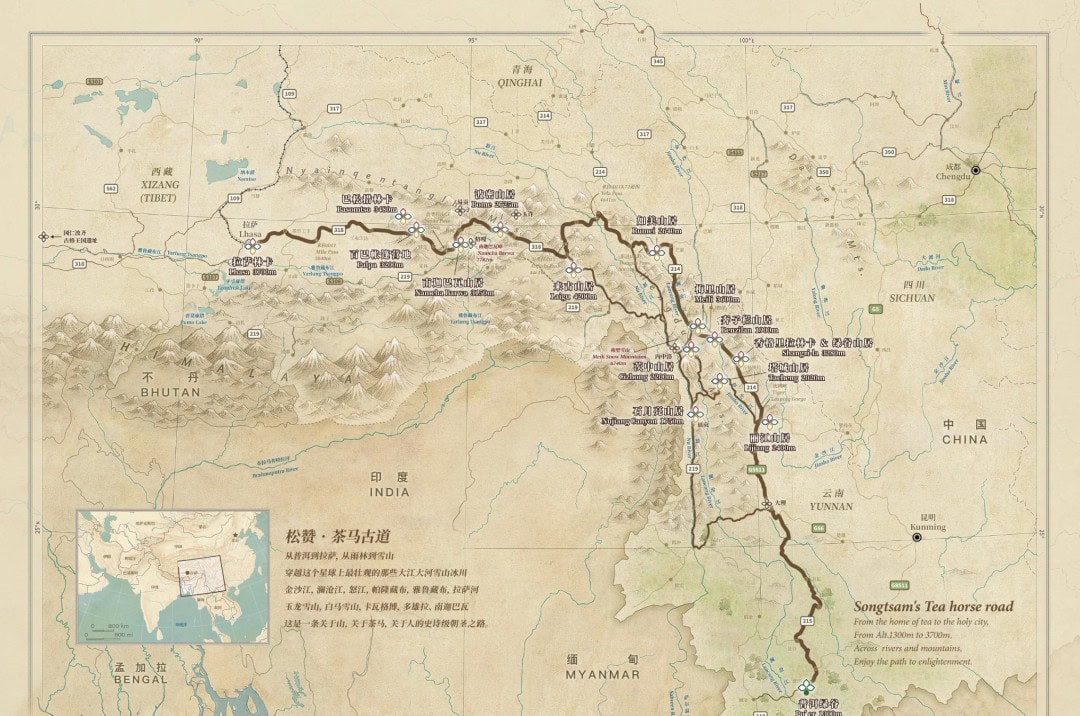
First, let me post the latest map of Songzan.
Anyone familiar with Chinese geography will know that Songzan is currently laid out along the Yunnan-Tibet Line, with the majority of Songzan hotels lined up along this route.
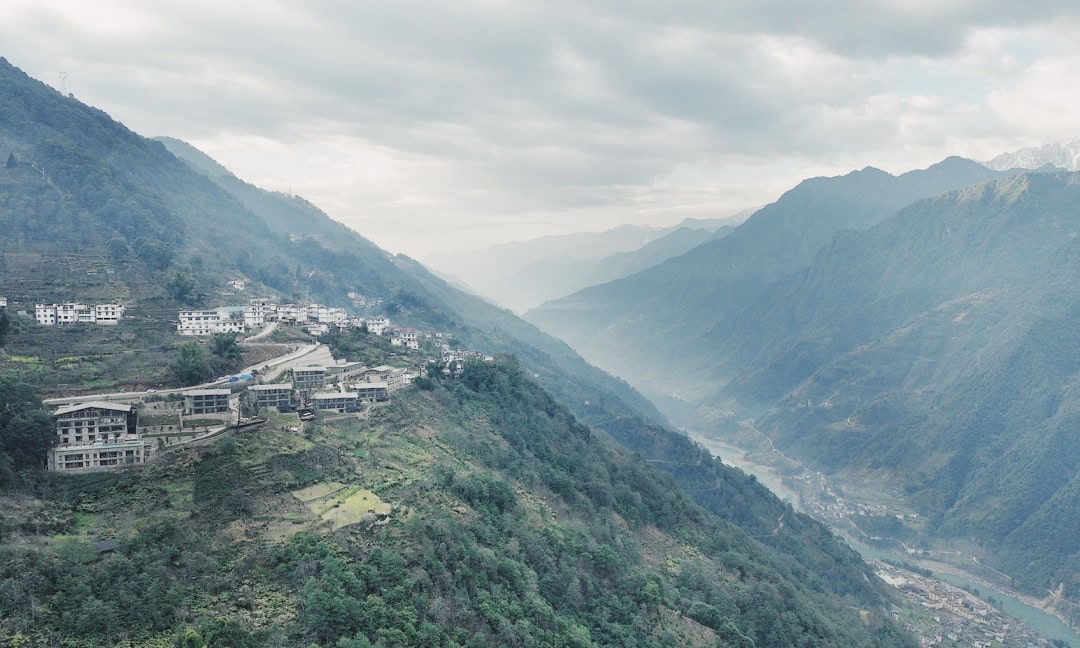
You can start from Lijiang in Yunnan and travel along to Lhasa in Tibet, enjoying the scenic Shangri-La loop and the eastern Tibetan route.
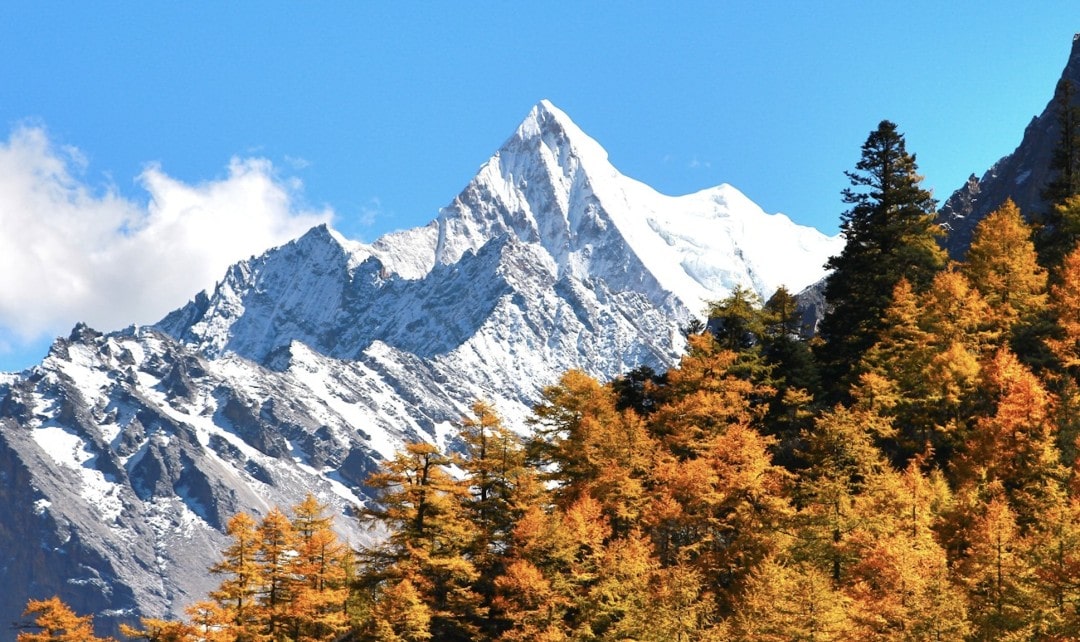
Additionally, the Bingzhacai line will soon be opened by Songzan; currently, Songzan Shiyueliang Mountain Residence has already opened, and Songzan Bingzhongluo Mountain Residence is expected to open in May.
This driving route offers breathtaking views of the Nujiang River, forests, and snow-capped mountains, along with Songzan hotels.
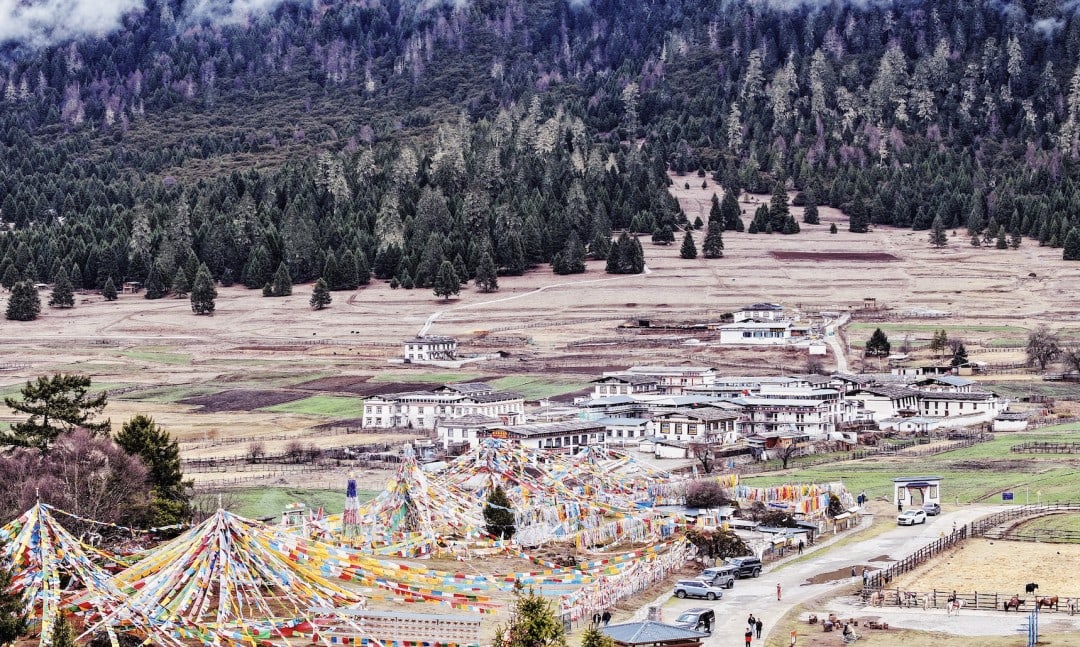
Moreover, Songzan is also starting to expand along the Sichuan-Tibet Line, with plans to open Songzan Daocheng Yading Mountain Residence this summer. This is another one I am very much looking forward to—it’s the first Songzan hotel on the Sichuan-Tibet line.
Songzan’s model is to connect multiple hotels into a series of routes. Currently, the Yunnan-Tibet Line, and the upcoming Sichuan-Tibet and Bingzhacai routes, all consist of this model.
These areas boast beautiful scenery but have been severely lacking in high-quality hotels. It has always been the case when entering Tibetan areas: “see the best scenery, stay in the worst hotels.”
With the advent of Songzan, this phrase finally reaches a conclusion.
This year, Songzan has upgraded its products, focusing on five major travel demands:
1. First-time visits to Tibet.
You can choose to travel from Songzan Namjagbarwa to Basumtso and then to Lhasa, exploring the classic holy lakes and snow mountains, fulfilling all your imaginations about the Tibetan area in one go.
2. Deeper Tibetan area experiences.
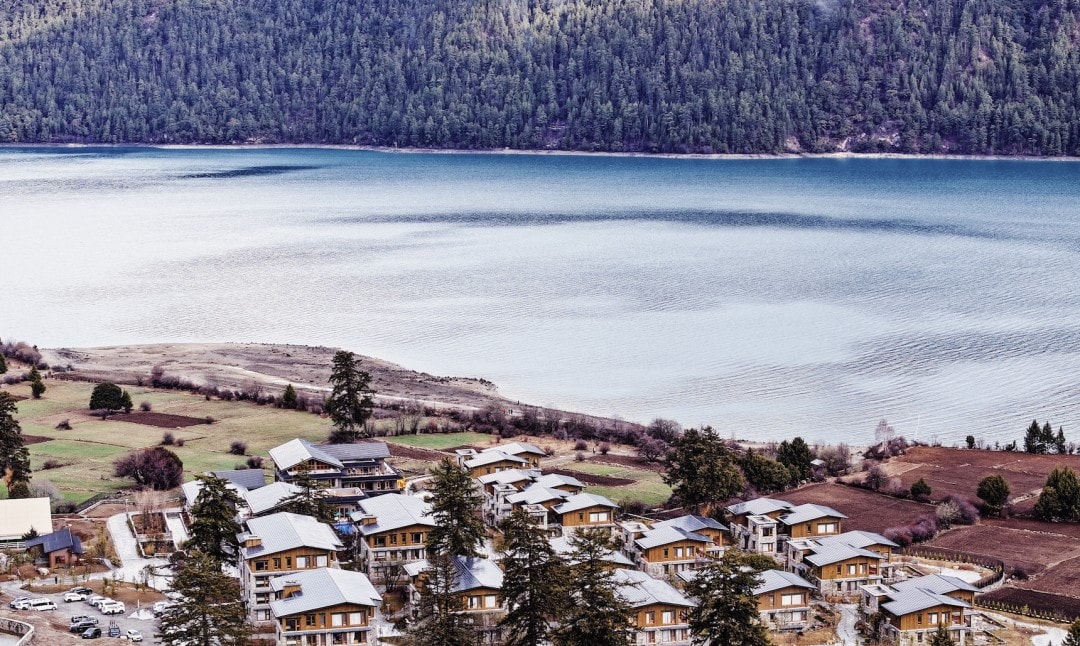
You can journey from Bomi to Laigu and finally return to the Baita Tent Camp near Linzhi, traversing the most beautiful 400 kilometers of Tibetan territory, with views of snow-capped mountains, glaciers, lakes, and primitive forests, allowing you to closely encounter glaciers even in the scorching summer.
3. Explore Shangri-La.
Starting from Lijiang, you can experience the cultural charm of multi-ethnic integration, then head towards Shangri-La for experiences centered around the mystical Shambhala.
4. From Shangri-La to Meili.
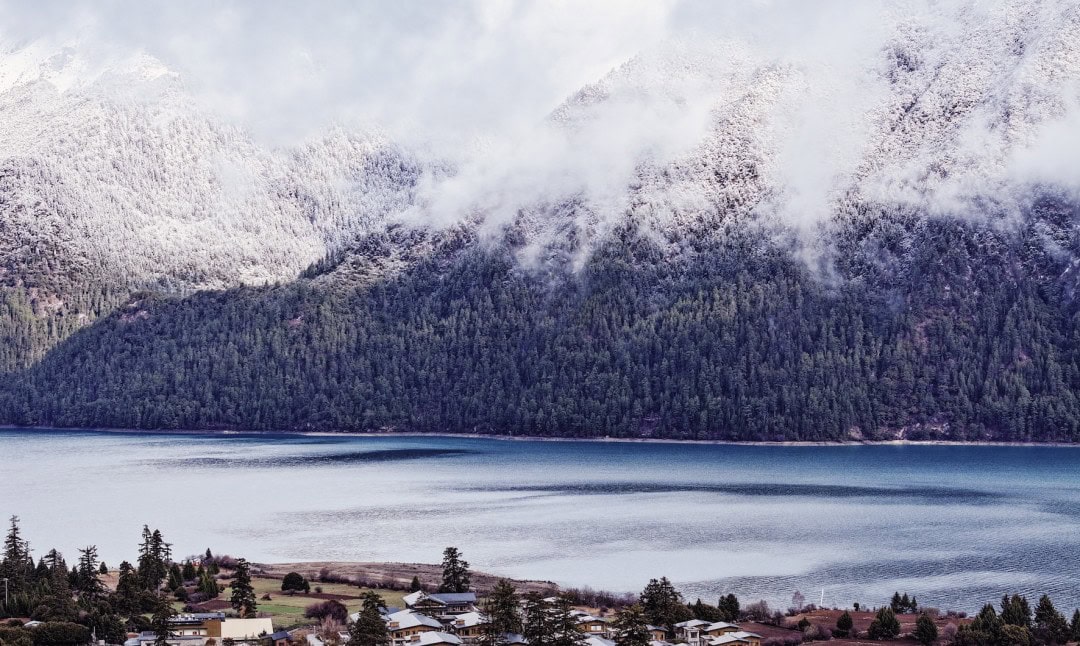
Proceed to the newly opened Shiyueliang and the soon-to-be-opened Bingzhongluo, a less-known but fully immersive new route. Here, you will have the sacred experience of circumnavigating the Meili sacred mountain, along with characteristic activities in the Nu ethnic villages, with stunning natural scenery along the way.
5. If you have ample time, you can experience the grand Yunnan-Tibet route.
This is a one-stop pilgrimage journey along the earth’s ladder, exploring the path from Yunnan to Lhasa.
Why do I like Songzan?
1) Songzan excels in location.
I can’t speak for everything, but among the most beautiful scenic hotels in China, several Songzan hotels will undoubtedly rank highly. The scenery in Tibet is breathtaking, and Songzan’s site choices are simply “deadly”.
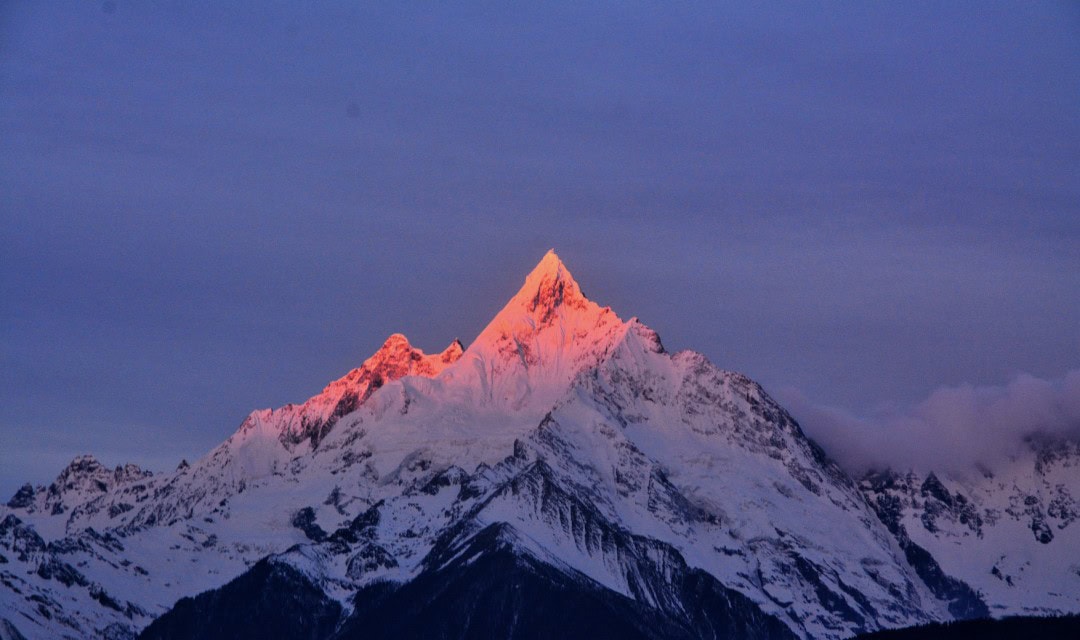
According to Mr. Bai Ma, the founder of Songzan, the places where he sets up his camera are where he intends to build hotels. Mr. Bai Ma was once a documentary director at CCTV.
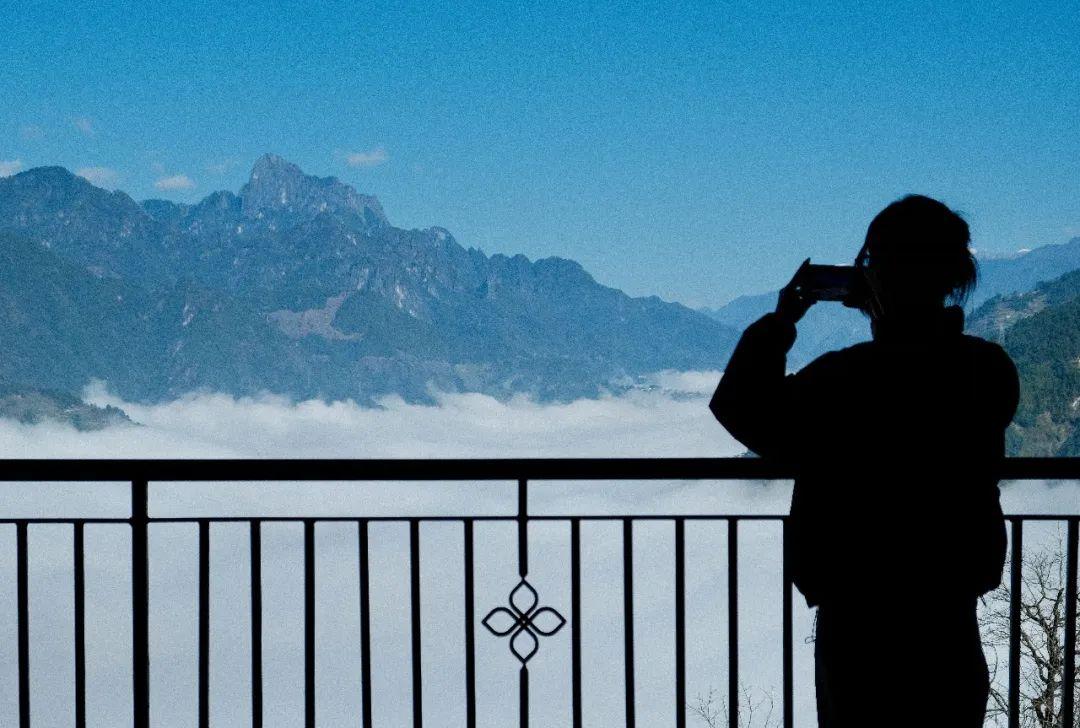
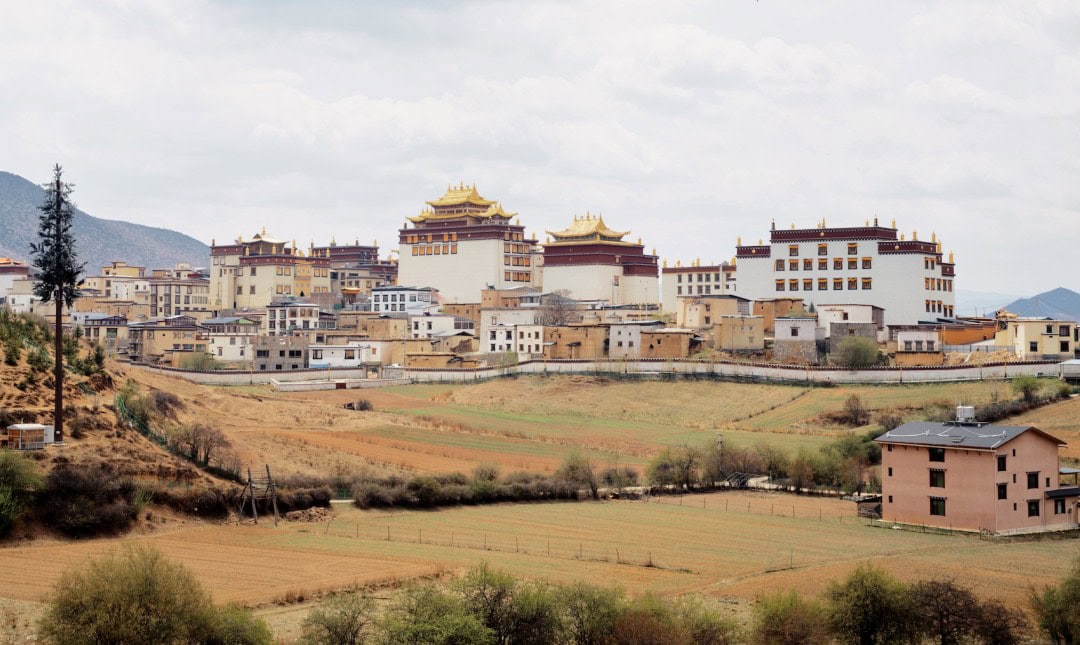
Let me casually give a few examples of Songzan hotels where you can see snow-capped mountains and the golden sunlight at sunrise and sunset:
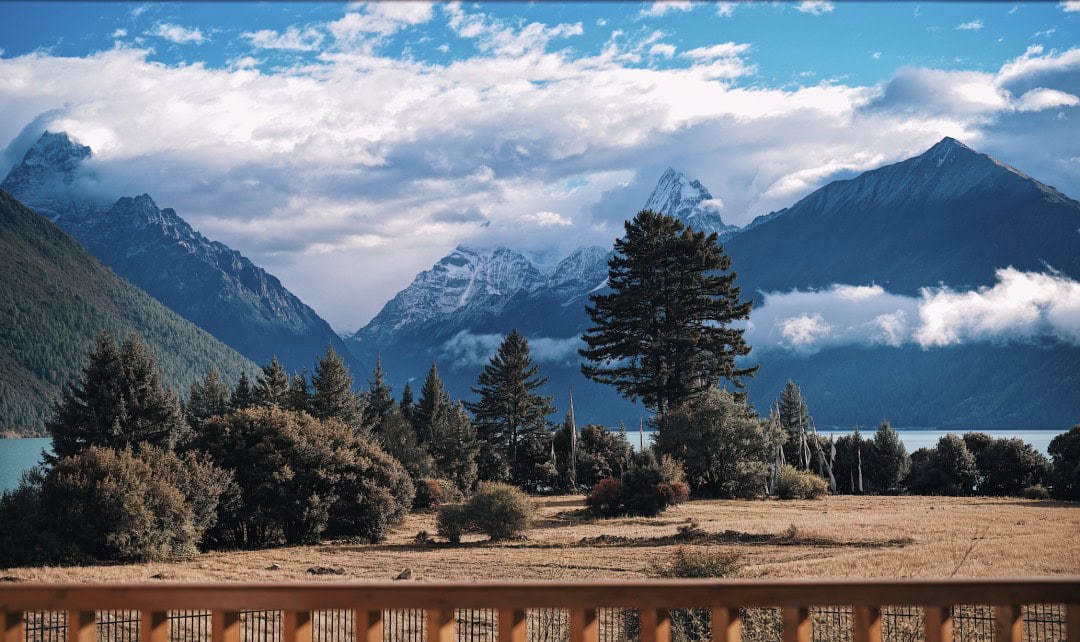
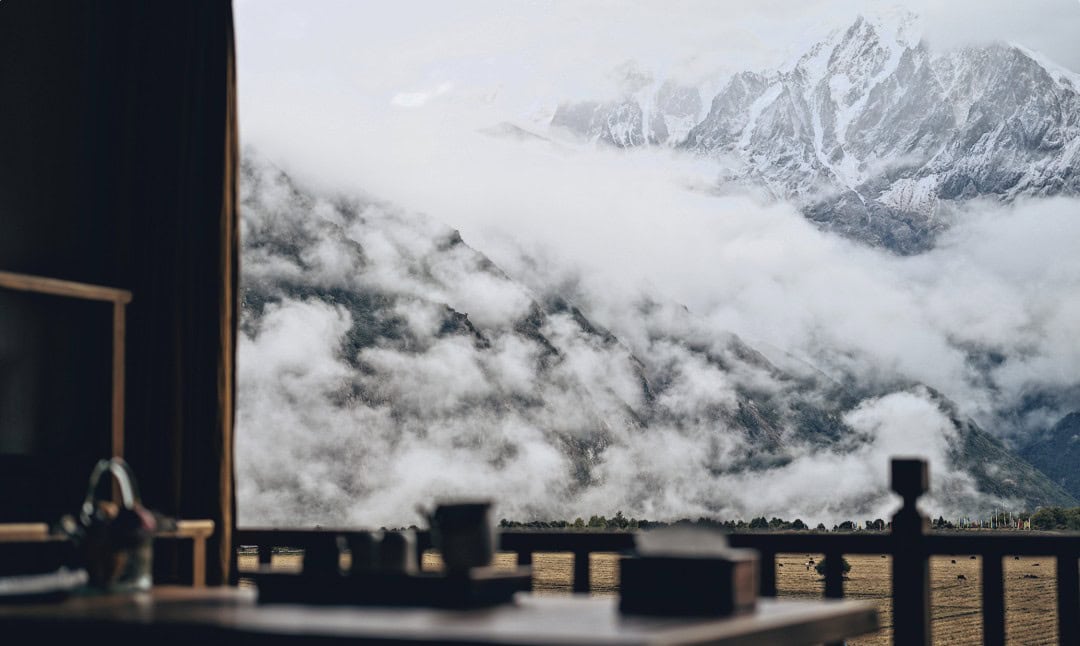
– Songzan Meili Mountain Residence: overlooks Meili Snow Mountain, with sunrise views of the golden sunlight on the mountain.
– Songzan Namjagbarwa Mountain Residence: offers views of Namjagbarwa Snow Mountain and the golden sunlight at sunset.
– Songzan Bomi Mountain Residence: provides a view of the Jialong Gongmei Garma Snow Mountain.
Songzan Lijiang Mountain Residence: has views of Jade Dragon Snow Mountain (the restaurant terrace offers views, but the rooms do not).
Songzan Basumtso Linka: provides views of the burning flames and the King’s Throne Snow Mountain, with sunrise and sunset views of golden sunlight.
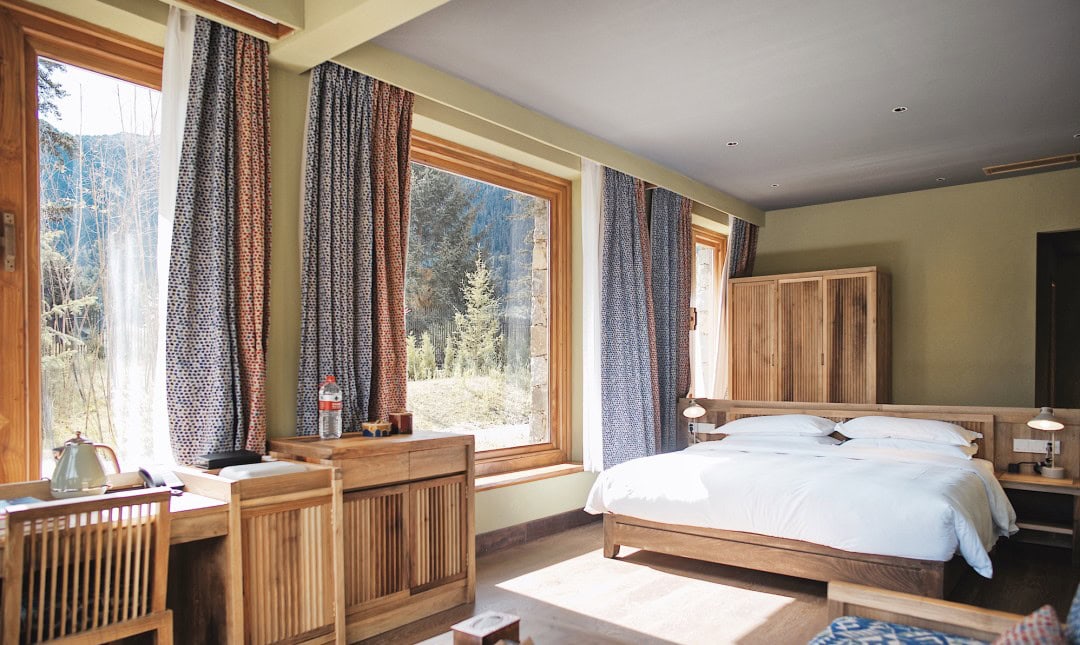
Songzan Laigu Mountain Residence: overlooks the Yarlung Tsangpo Glacier and Dongga Snow Mountain, both sunrise and sunset viewable for golden sunlight (better at sunrise).
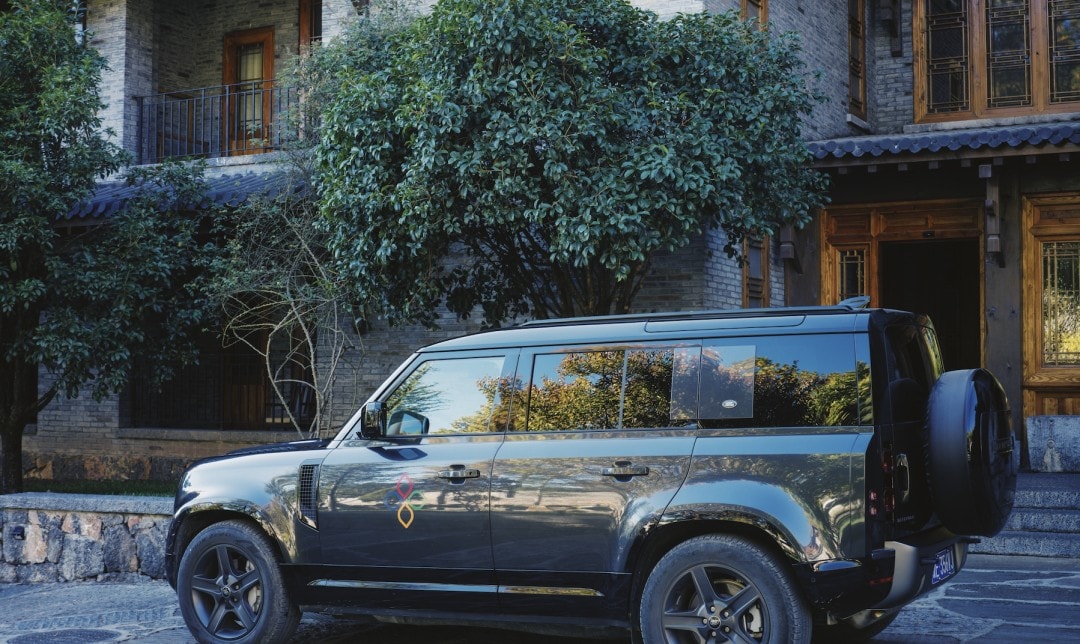
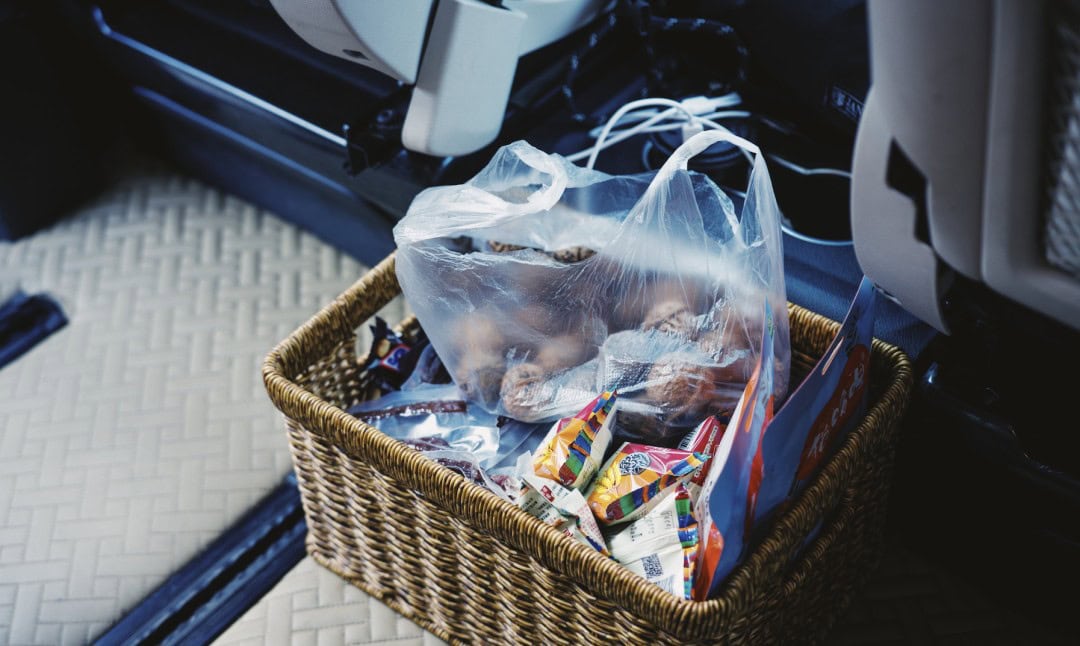
Then there’s Songzan Shiyueliang Mountain Residence, with seas of clouds beneath the hotel…
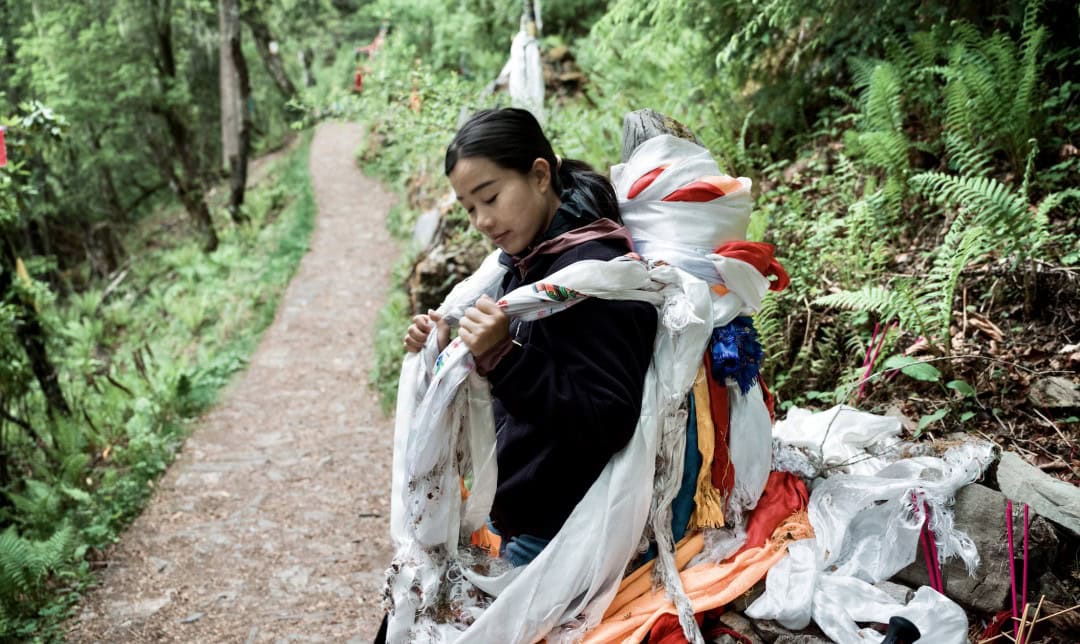
Songzan Shangri-La Linka offers views of Songzanlin Temple from afar.
You don’t have to painfully “search for him in the crowd”; the most beautiful scenery is right outside your window.
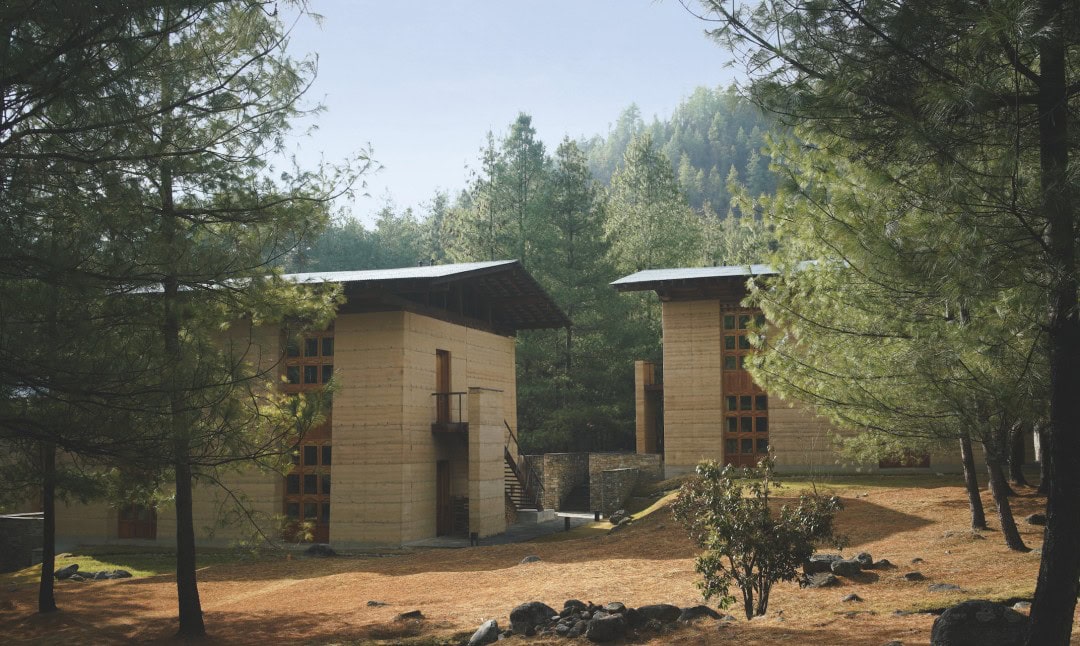
*These are the views from our windows at Basumtso Linka and Namjagbarwa Mountain Residence.
2) Songzan wins in hardware.
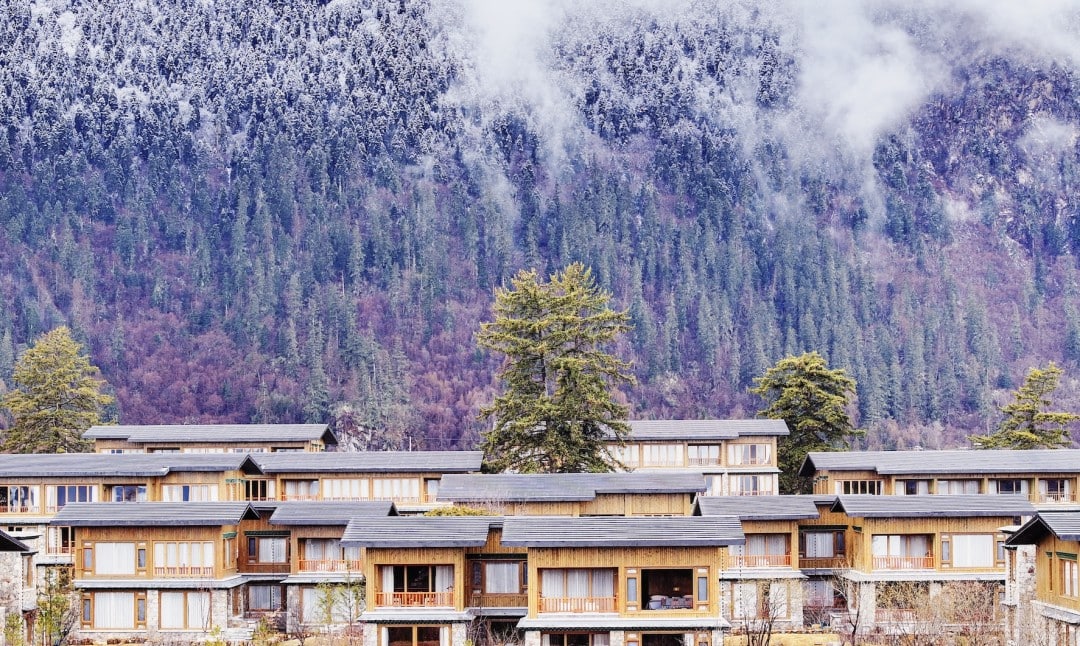
Any Songzan location above 2000 meters altitude must have underfloor heating or radiators.
Above 3000 meters altitude, every Songzan location must have diffusion oxygen systems. The only exception is Songzan Shangri-La Linka (altitude 3280), as this location is relatively older, previously part of the Accor brand’s M Gallery, and thus only some rooms are equipped with oxygen supply systems.
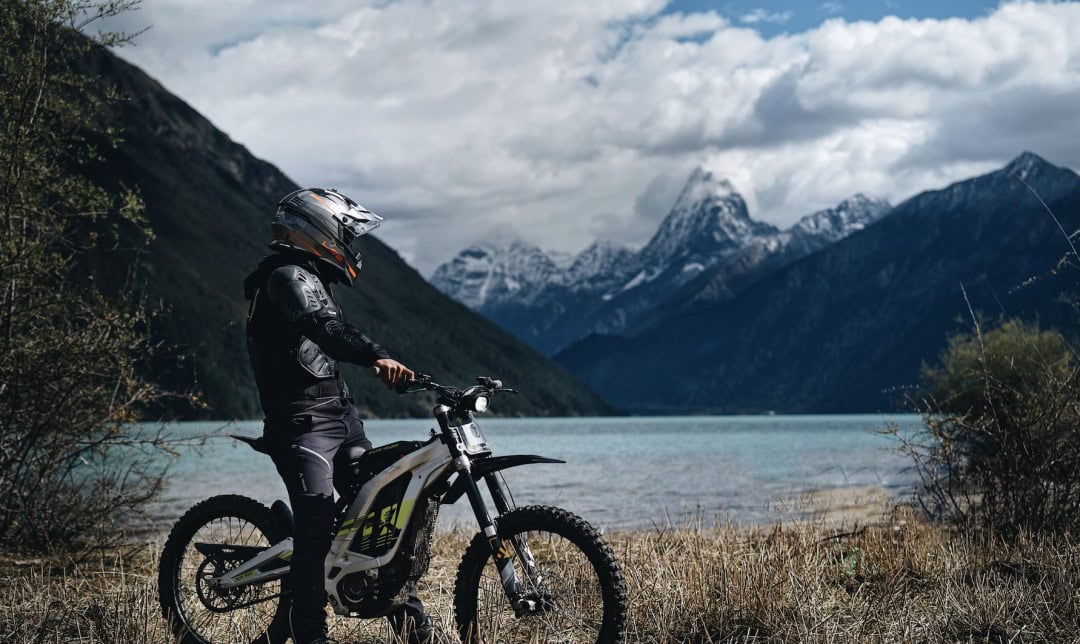
Other Songzan hotels over 3000 meters, such as Songzan Laigu Mountain Residence (altitude 4200), Songzan Baita Tent Camp (altitude 3200), Songzan Lhasa Linka (altitude 3700), Songzan Namjagbarwa Mountain Residence (altitude 3150), Songzan Basumtso Linka (altitude 3480), Songzan Green Valley Mountain Residence (altitude 3280), and Songzan Meili Mountain Residence (altitude 3600)—all rooms are equipped with diffusion oxygen systems.
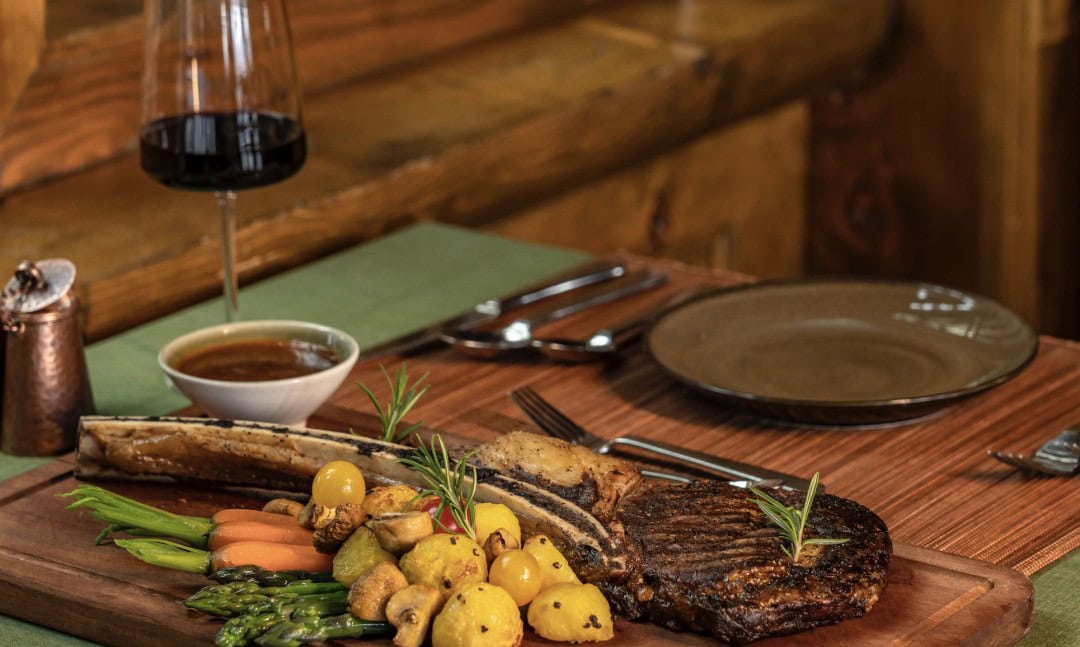
Having oxygen in high-altitude areas adds comfort and safety to your journey.
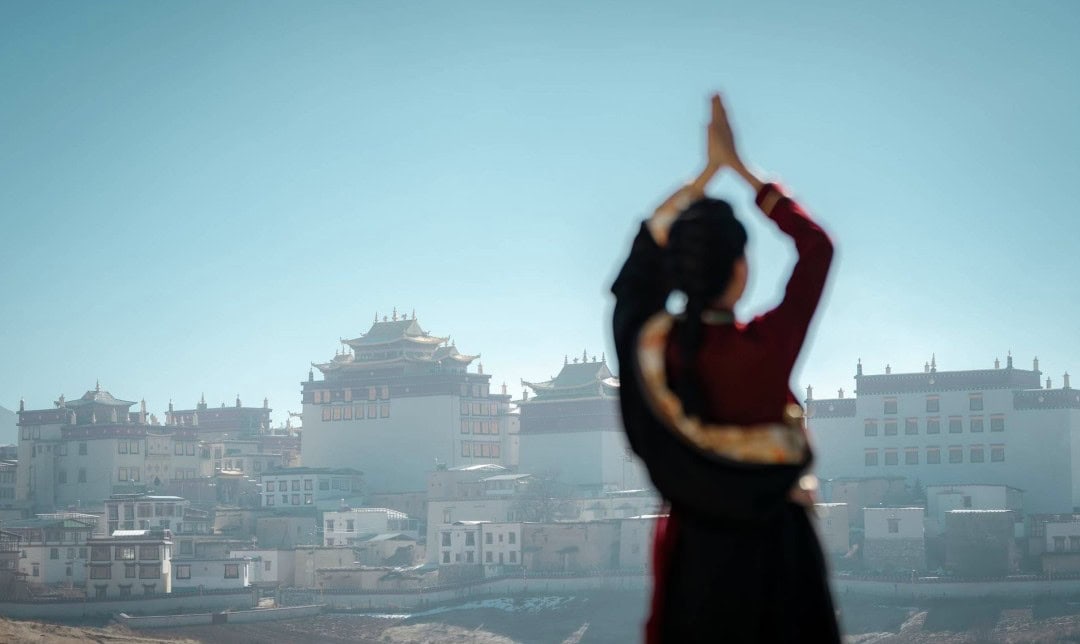
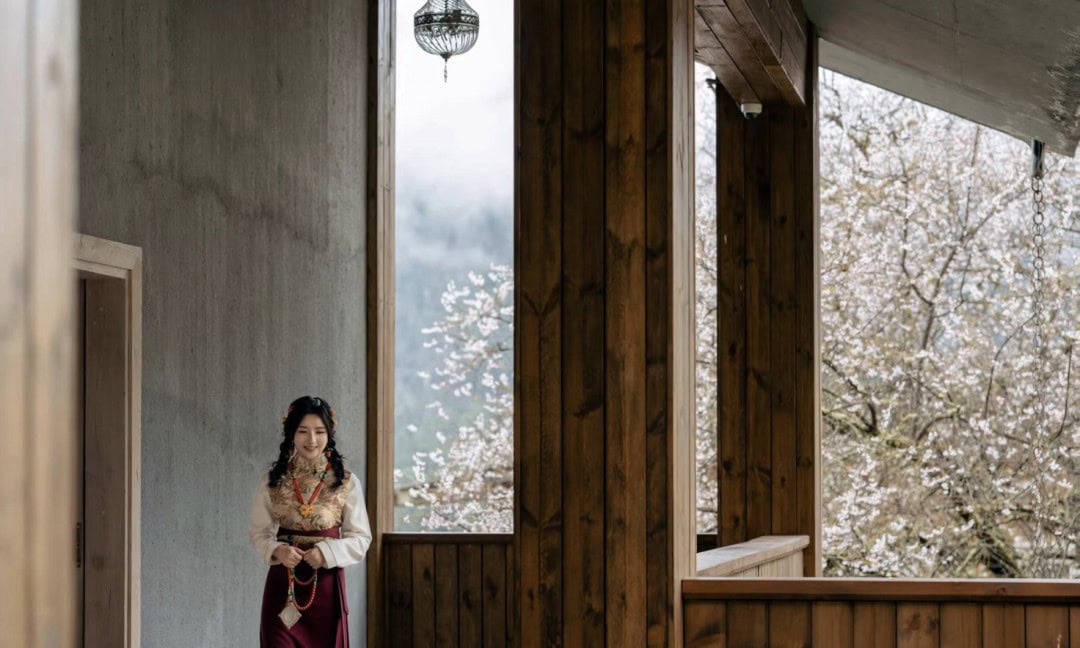
The vehicles used by Songzan are mainly Land Rover off-road vehicles and Mercedes-Benz vans, occasionally utilizing BMW or Toyota Land Cruisers, all in excellent condition.
Road conditions in Tibetan areas can be complex, necessitating good vehicles and drivers familiar with the routes. All Songzan product lines include vehicles and drivers, except for hotel packages.
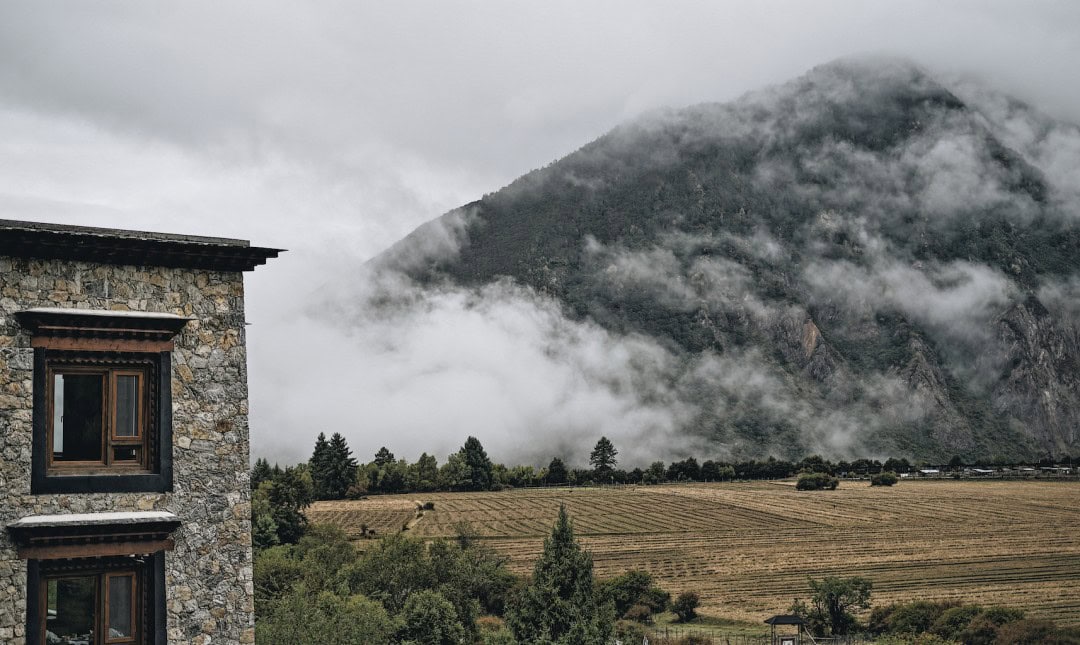
Drivers are mainly local Tibetans, and snacks and bottled water are well-prepared in the car—very thoughtful.
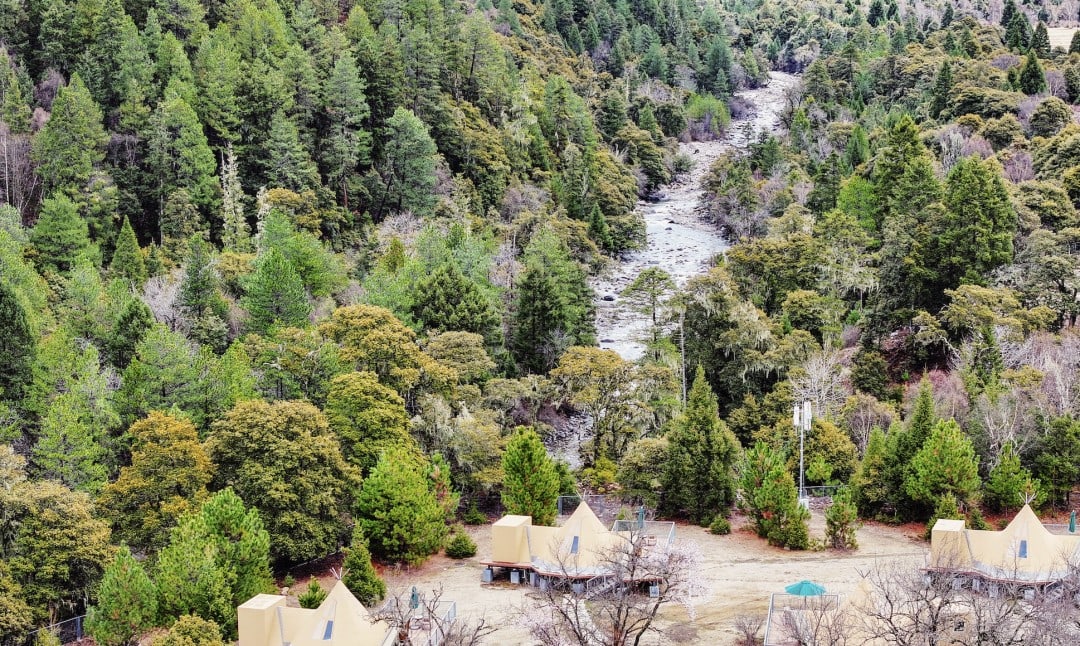
3) Songzan’s service is warm and welcoming.
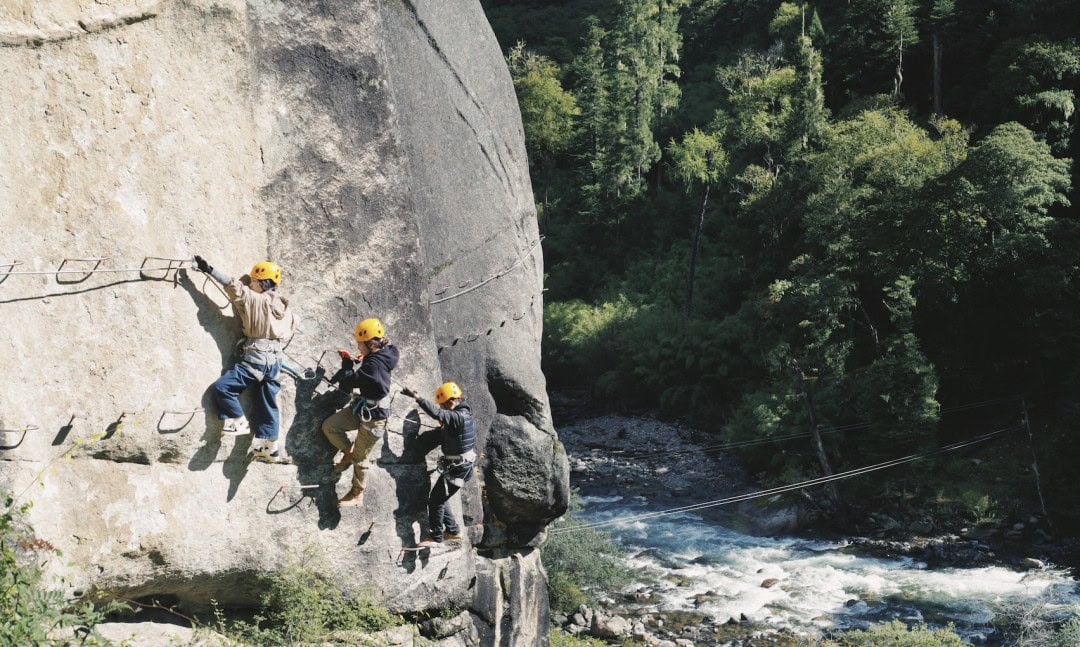
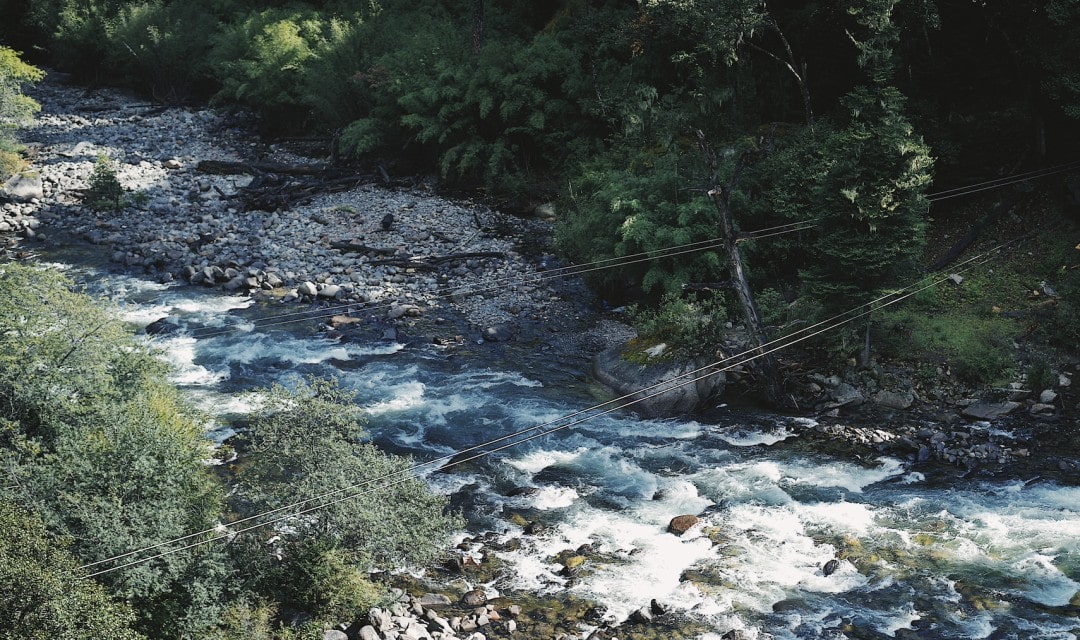
You’ll notice that Songzan employees are always smiling and happy. For them, we are more like guests returning home, and they are eager to share everything about their home and surroundings with us.
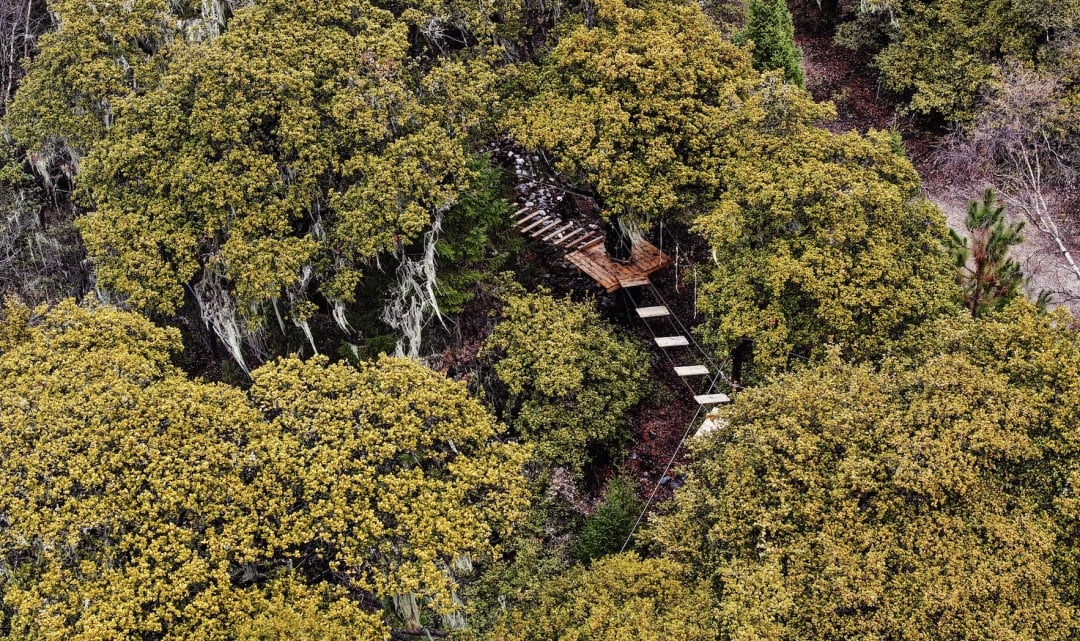
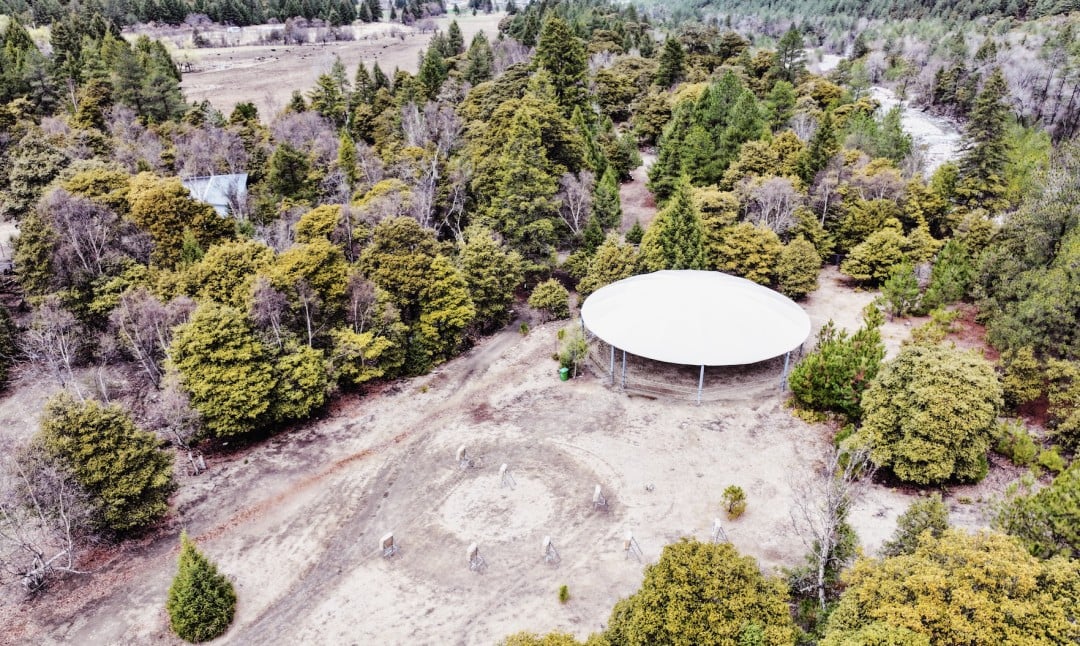
The model of Songzan has precedents abroad,
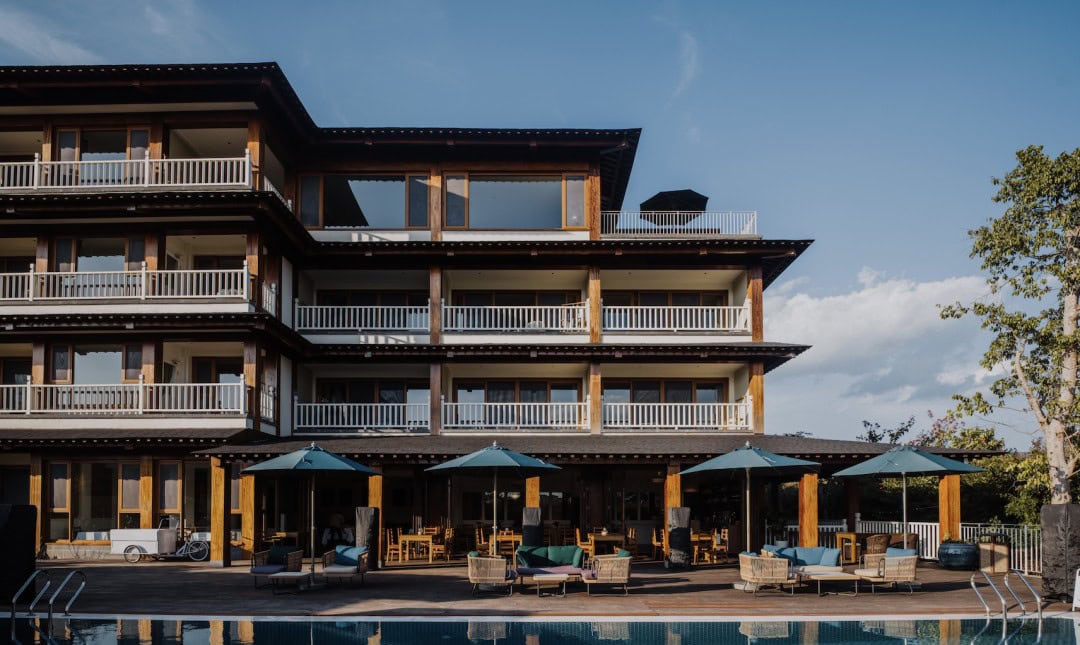
Such as Amangalla in Bhutan, Six Senses, COMO; Belmond’s Machu Picchu in Peru; and three Relais & Châteaux in Sri Lanka—all effectively use multiple hotels to form a connected route.
However, all of these are significantly pricier than Songzan.
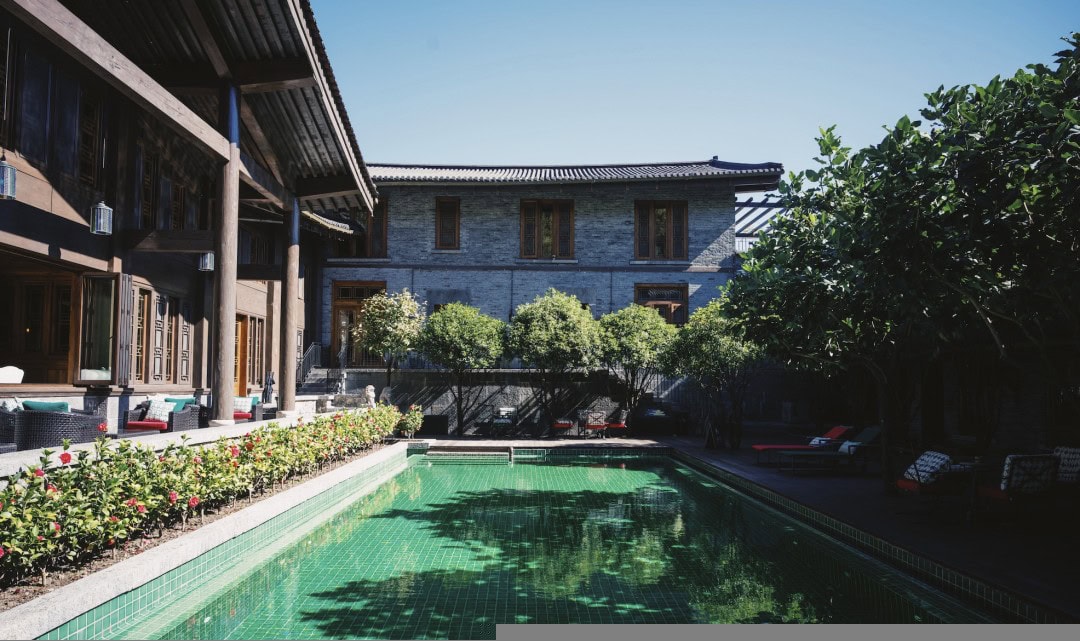
The 16 Songzan hotels can be categorized into four types: Linka, Mountain Residence, Green Valley, and Tent Camp.
There are only three Songzan Linka hotels: Songzan Lhasa Linka, Songzan Basumtso Linka, and Songzan Shangri-La Linka.
“Linka” in Tibetan means “garden”; it refers to fixed gardens and any area with flourishing plant life in the wild. They are more conveniently located, close to airports, and tend to be larger in scale.
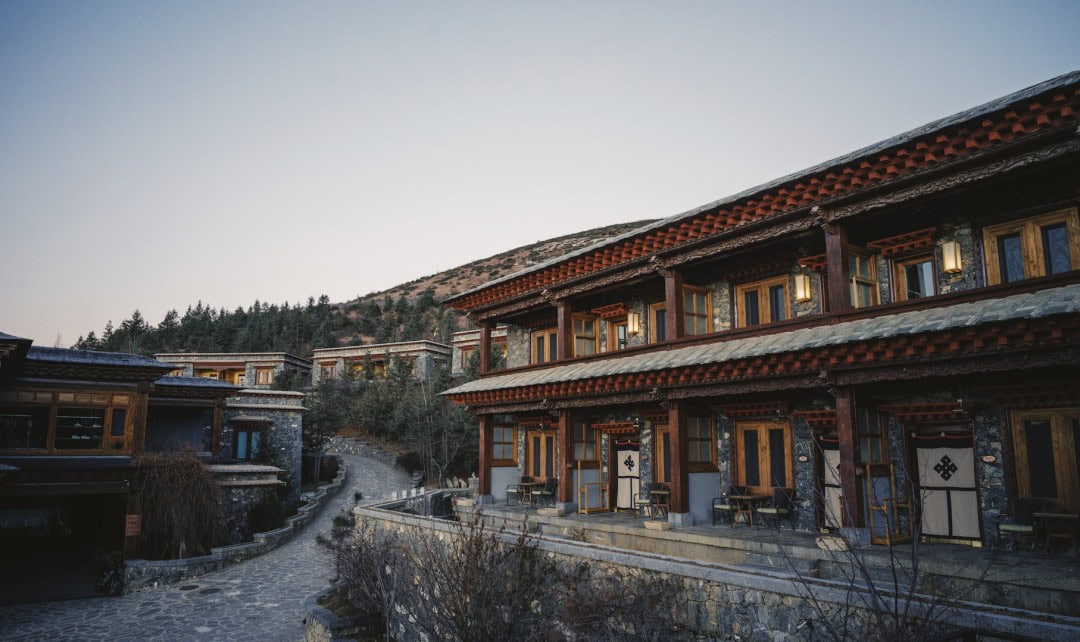
Moreover, Linka hotels generally have more public areas; for example, they often feature multiple dining options, gyms, museums, and stables, making them more suitable for leisure.
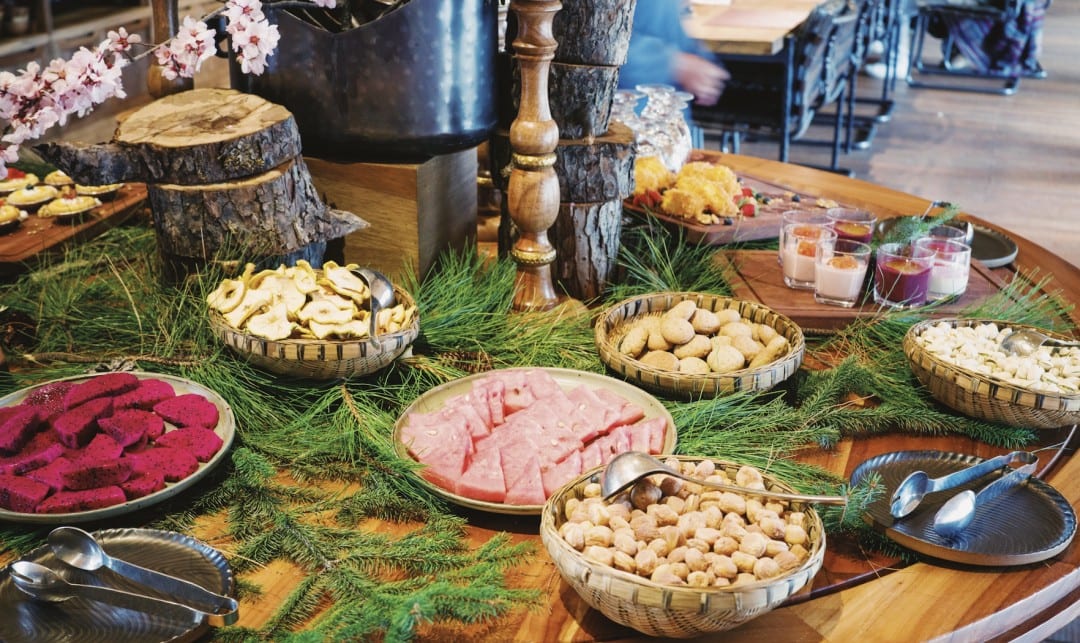
Linka hotels also offer a wider range of activities, such as Tangkas, hiking, and motorcycle riding at Basumtso Linka, making it perfectly suitable for an extended stay of 3 days and 2 nights.
Motorcycle riding is highly recommended—it’s quite stylish.
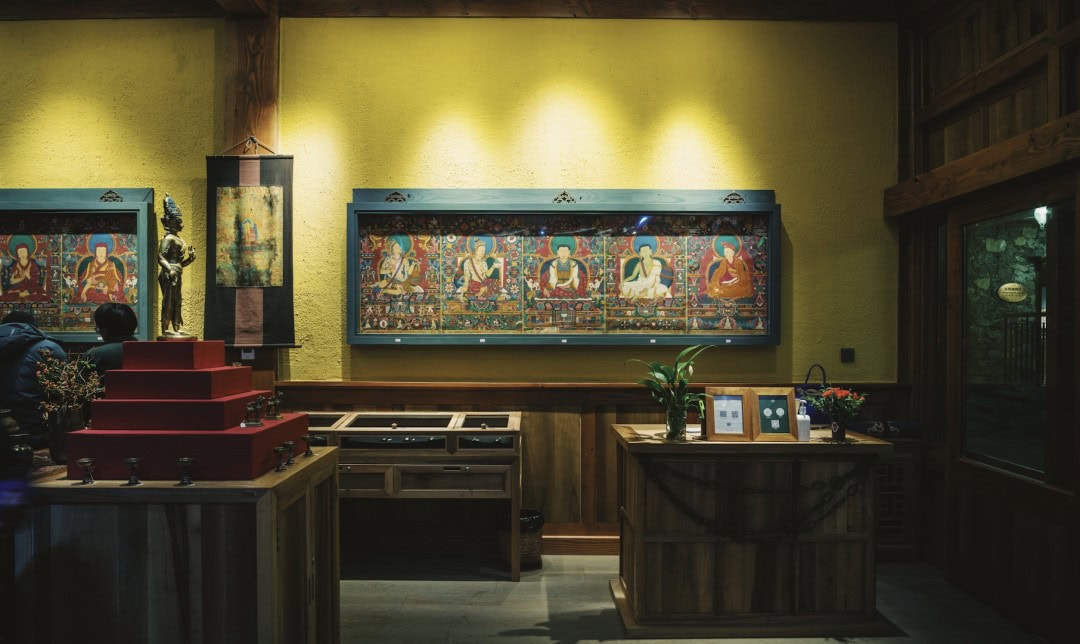
Linka restaurants usually have two dining options: one for Chinese food and another for Western cuisine. We had the chance to enjoy a tomahawk steak at the Western restaurant in Songzan Lhasa Linka.
Most of Songzan’s travel photography services are concentrated in the Linka hotels, such as Shangri-La Linka and Basumtso Linka, which both have dedicated in-house photography teams. Other Songzan hotels only offer seasonal photography services in Bomi Mountain Residence during the peach blossom festival.
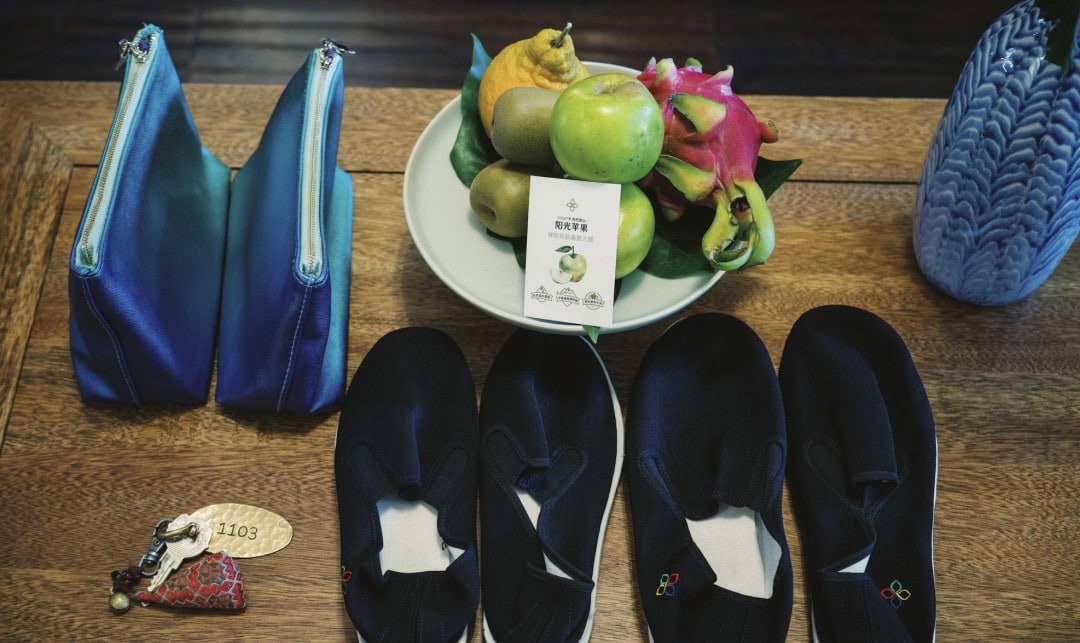
Hidden within the folds of the mountains are the Mountain Residence series, which are generally smaller than Linka hotels, with a room count ranging from 10 to 30 rooms.
There are exceptions in Lijiang and Bomi; these previously were Linka hotels that transitioned into Mountain Residences after the rebranding by Songzan.
Mountain Residences are smaller, thus typically located in valleys and rivers in the Yunnan-Tibet area, choosing secluded villages with excellent scenery.
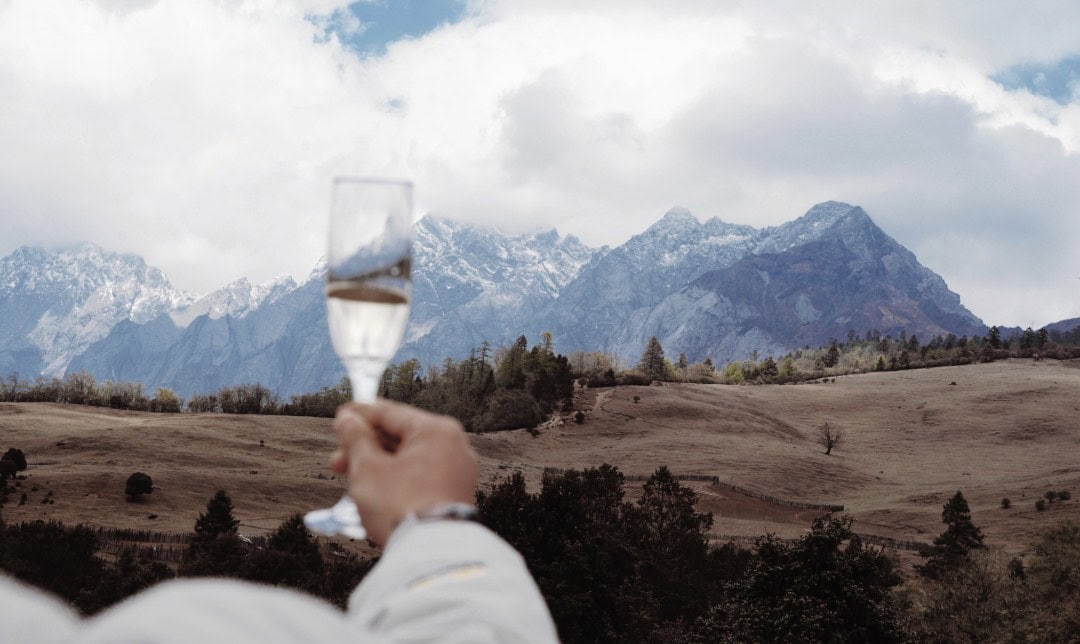
There is only one tent camp, the Songzan Baita Tent Camp.
Songzan’s tent camp is more eco-friendly, resembling a stay within nature.
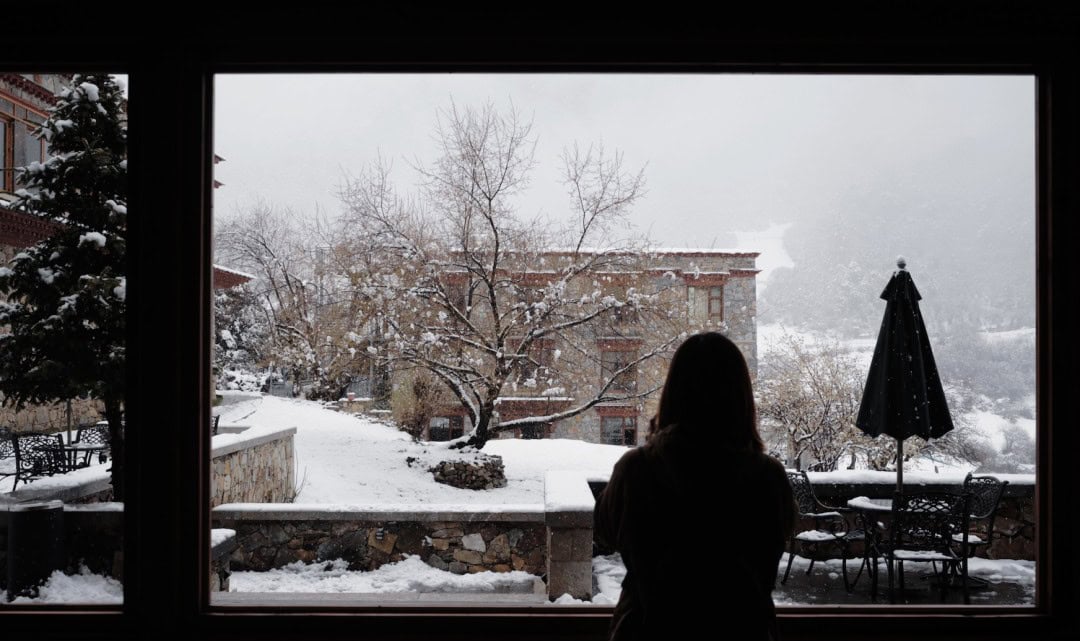
The tent camp offers an adventurous experience. Baita features a via ferrata, which involves climbing along a cliff—it’s incredibly thrilling.
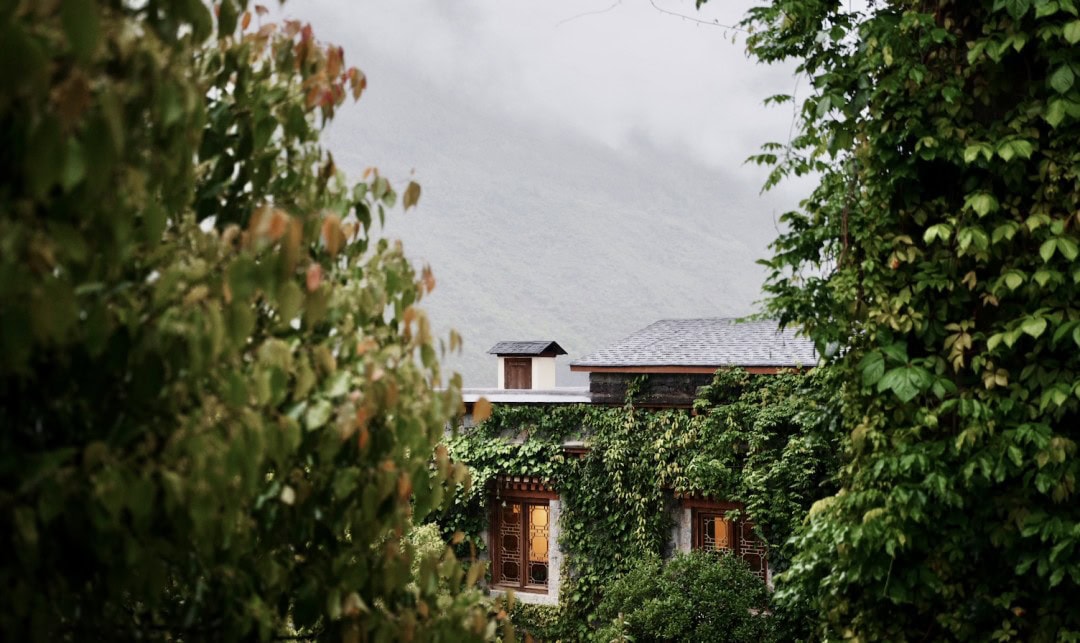
There are also jungle traverse experiences similar to those in Chiang Mai, with activities like zip lining and rappelling.
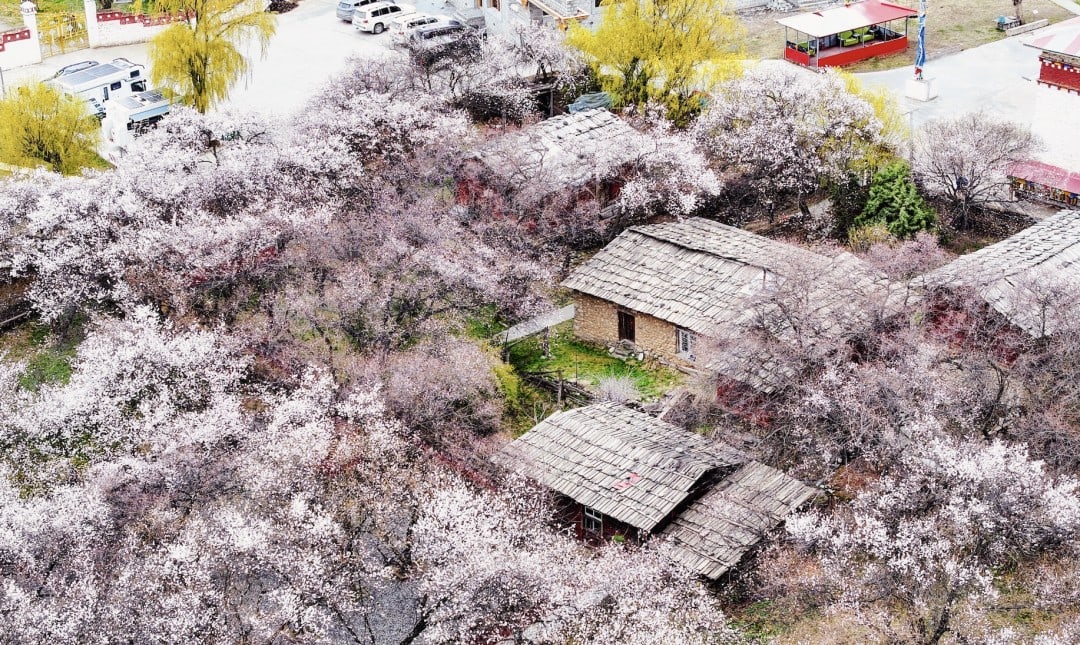
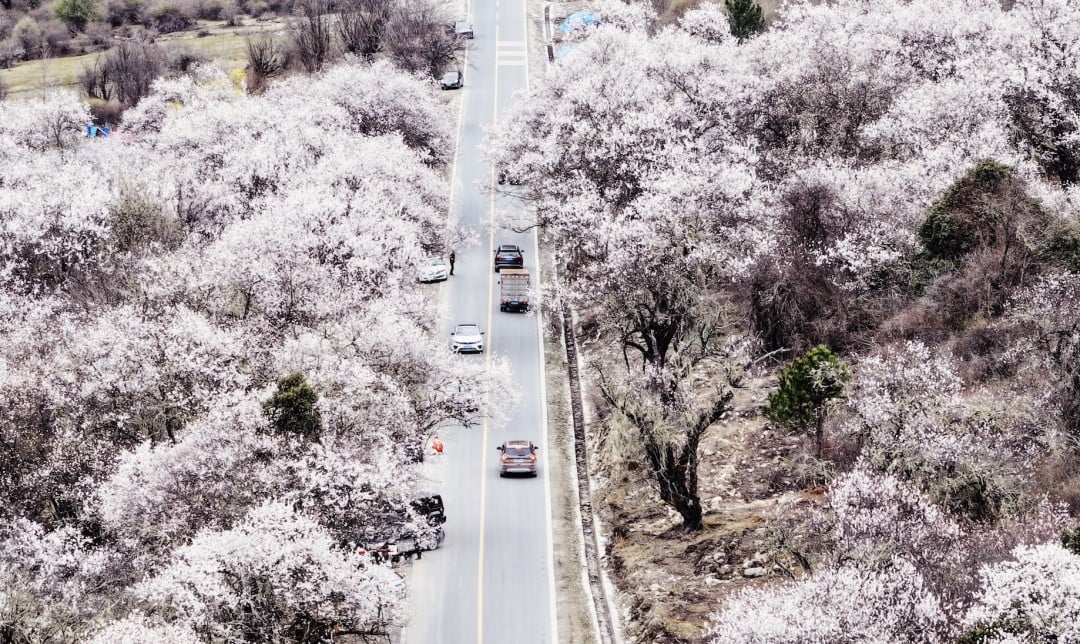
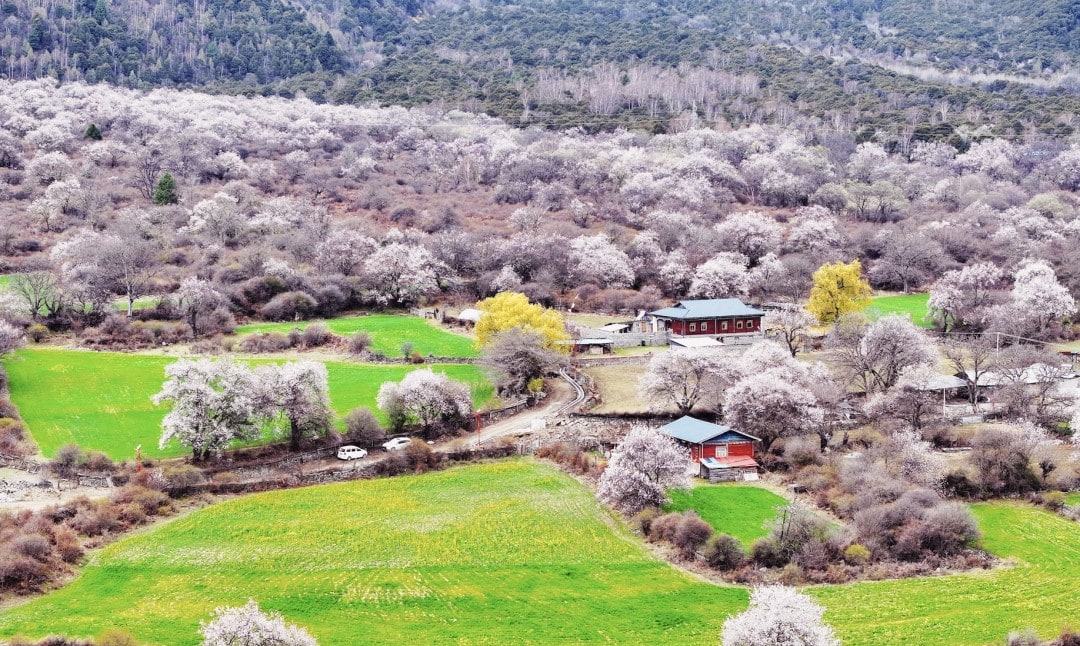
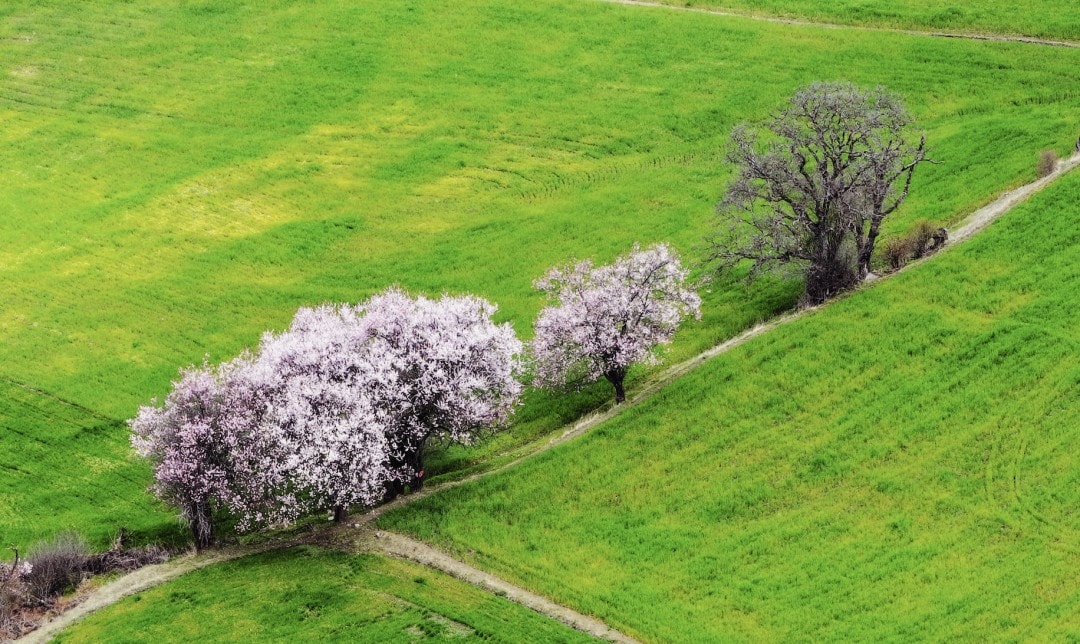
Additionally, there is a horse ranch on-site.
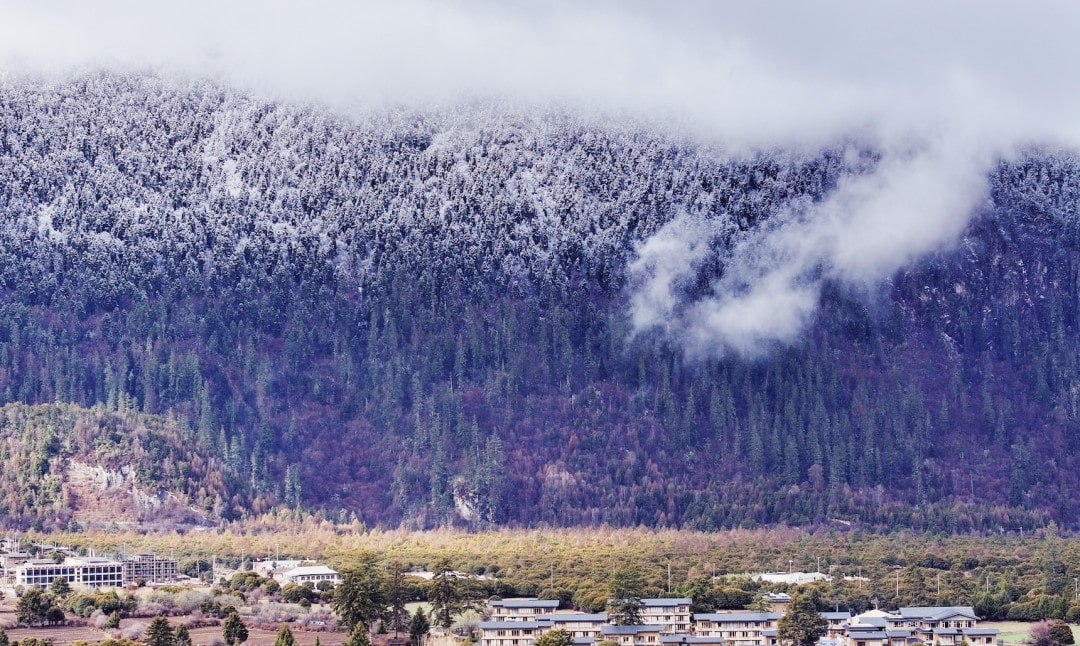
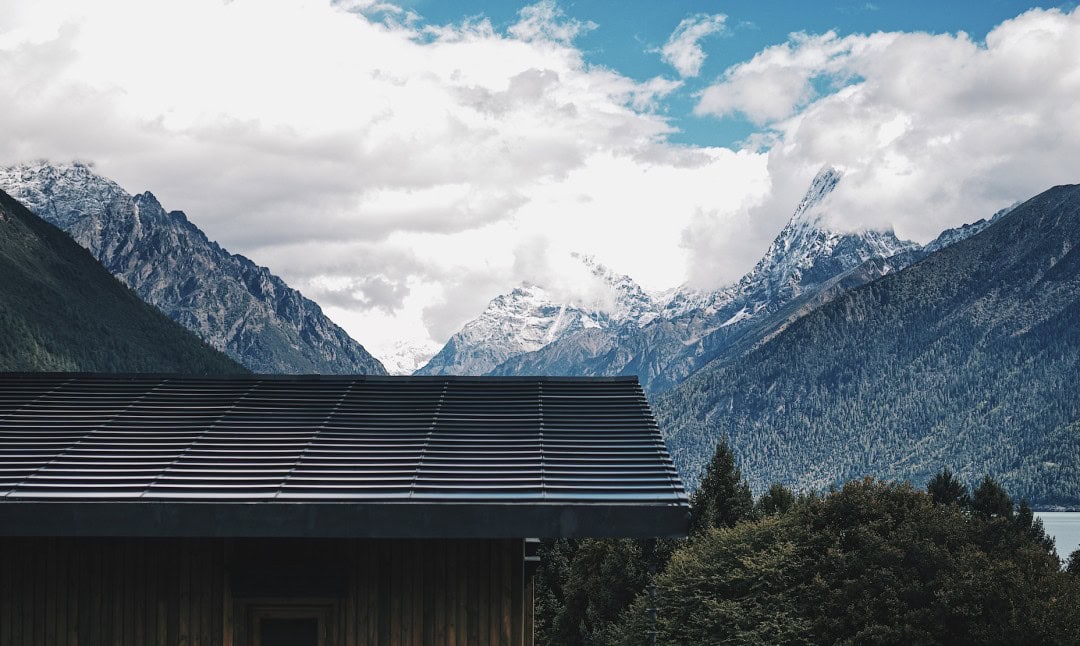
Green Valley has just one location: Puer Green Valley. Songzan designates unique smaller hotels outside the Tibetan area as Green Valley. This one doesn’t feel as much like Songzan but is still wonderful to stay in.
Songzan’s product types—
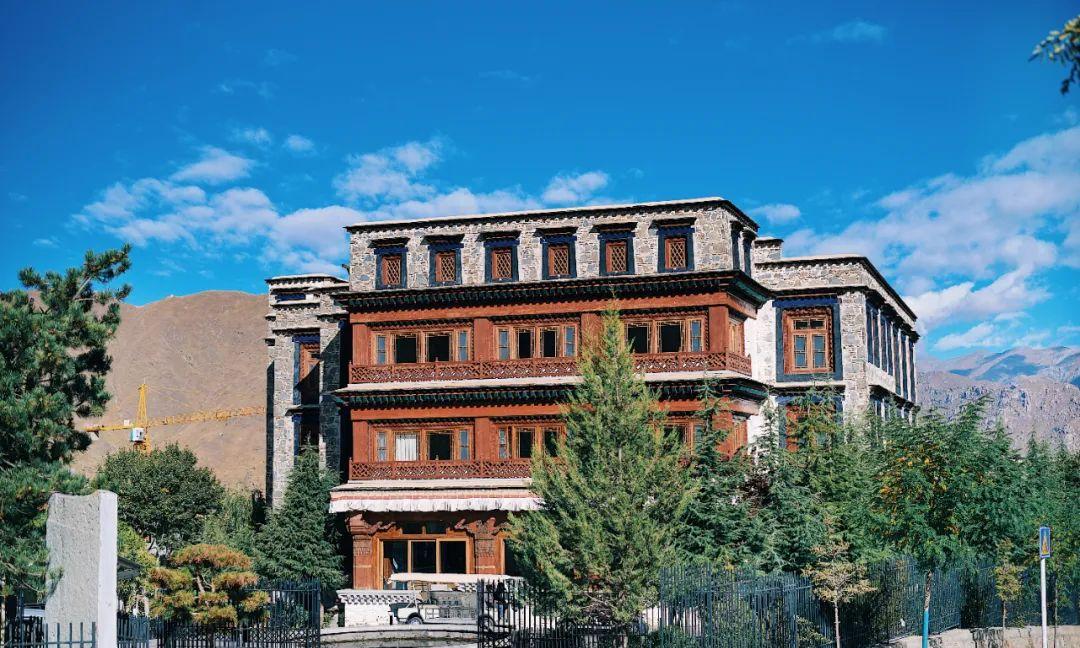
Songzan isn’t just about hotels. In fact, most of Songzan’s offerings aren’t just hotel packages.
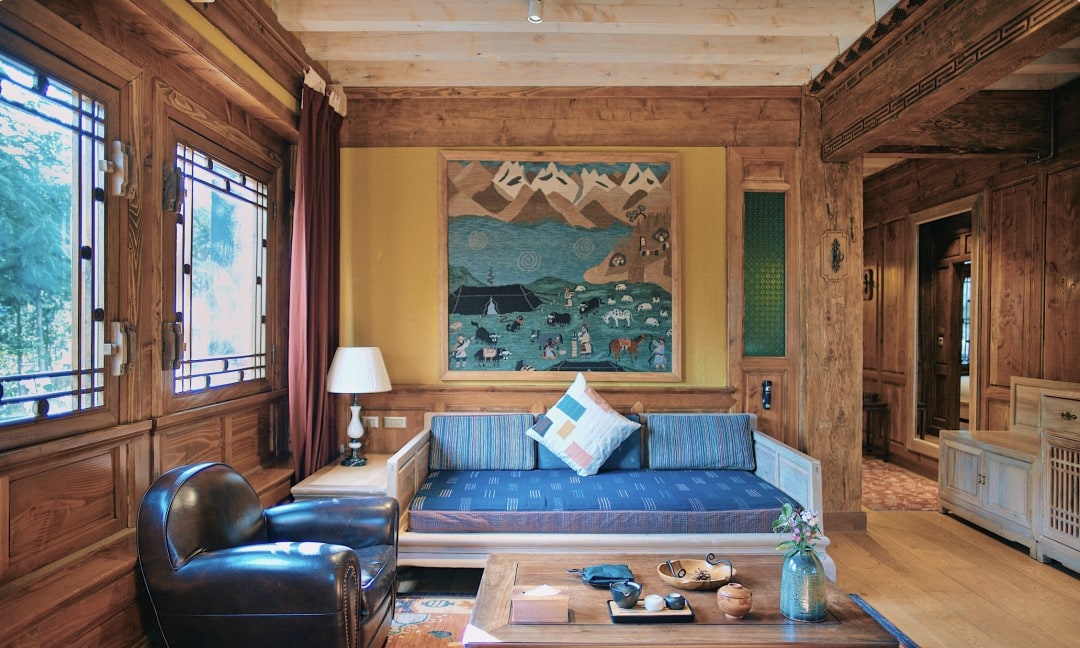
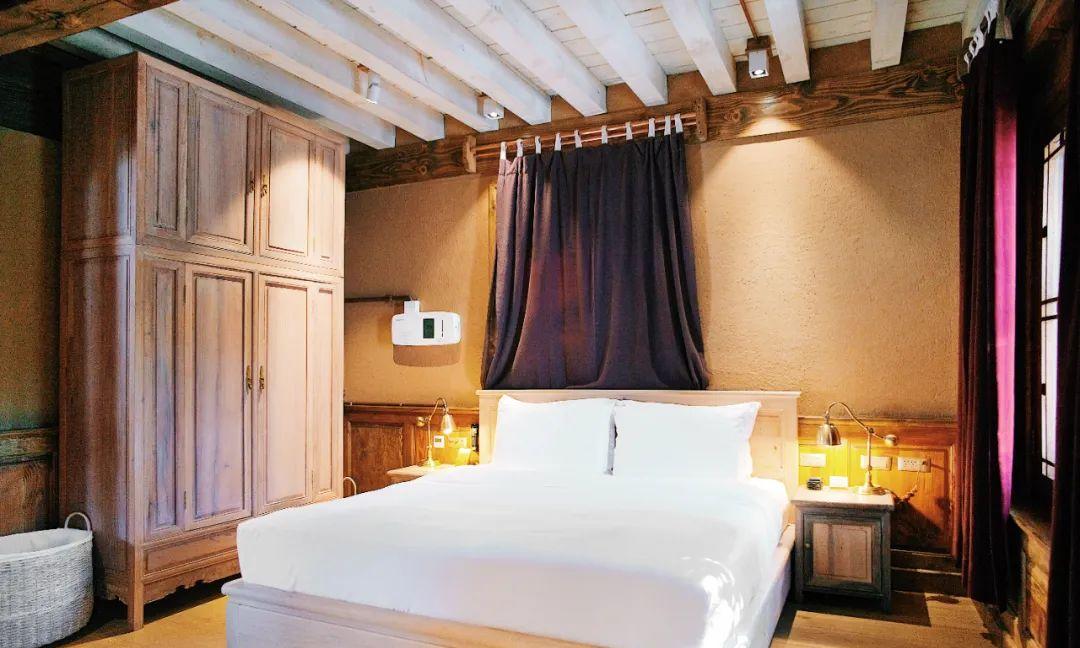
Because many of Songzan’s hotels are built in mountainous areas, transportation isn’t always convenient, making it hard for guests to choose merely a hotel package.
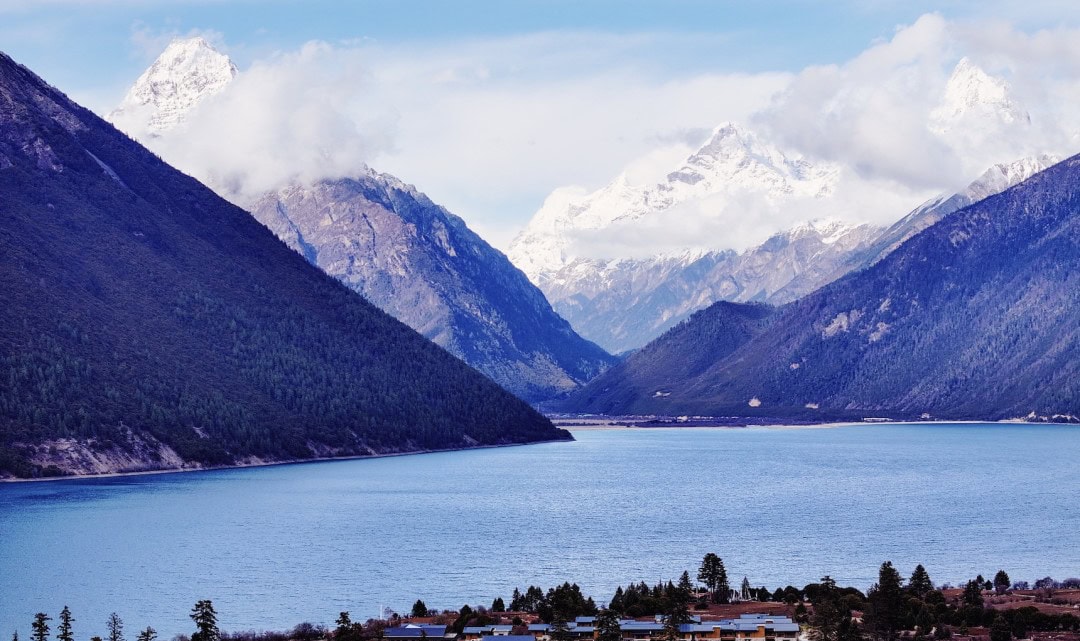
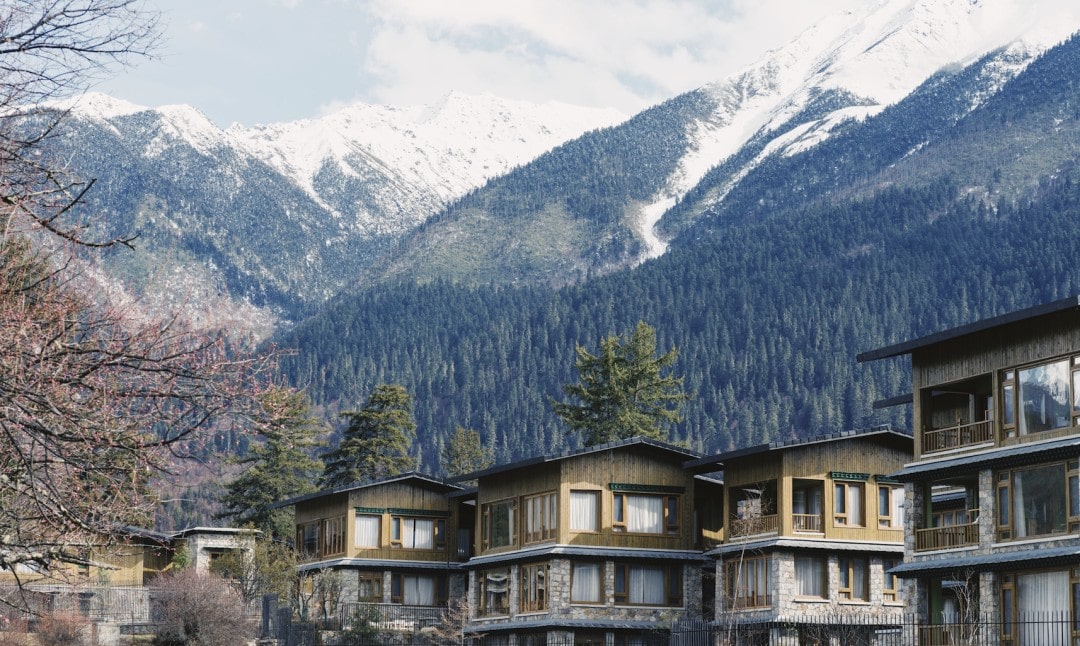
Currently, Songzan’s products include:
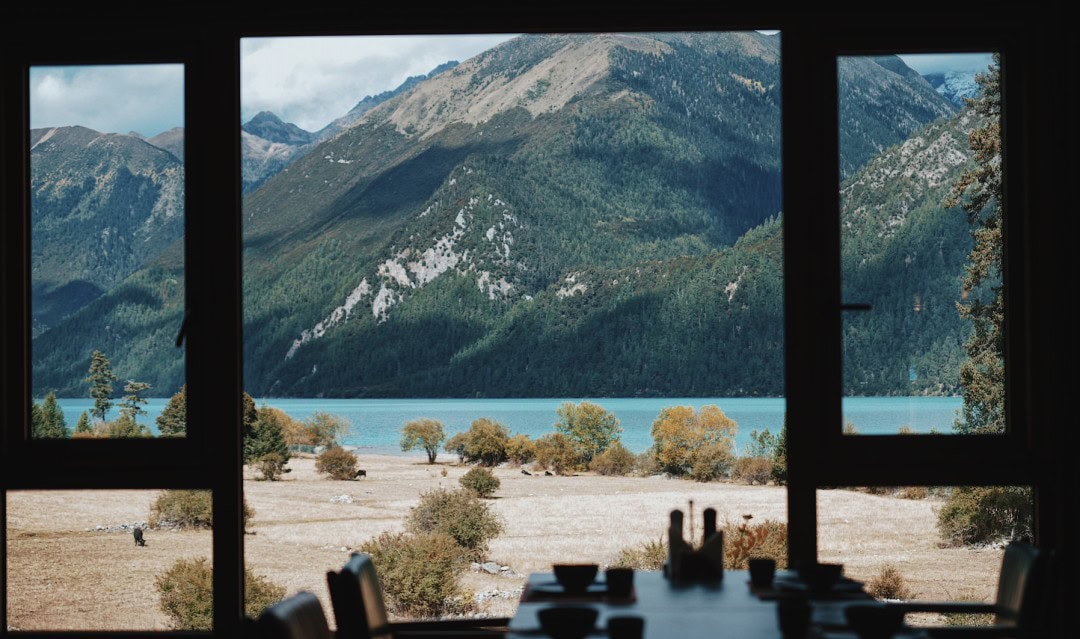
1) Hotel packages
These are standalone hotel deals for relatively accessible locations, where it’s advisable to choose a Songzan package, like in Lijiang, Puer, and Shangri-La…
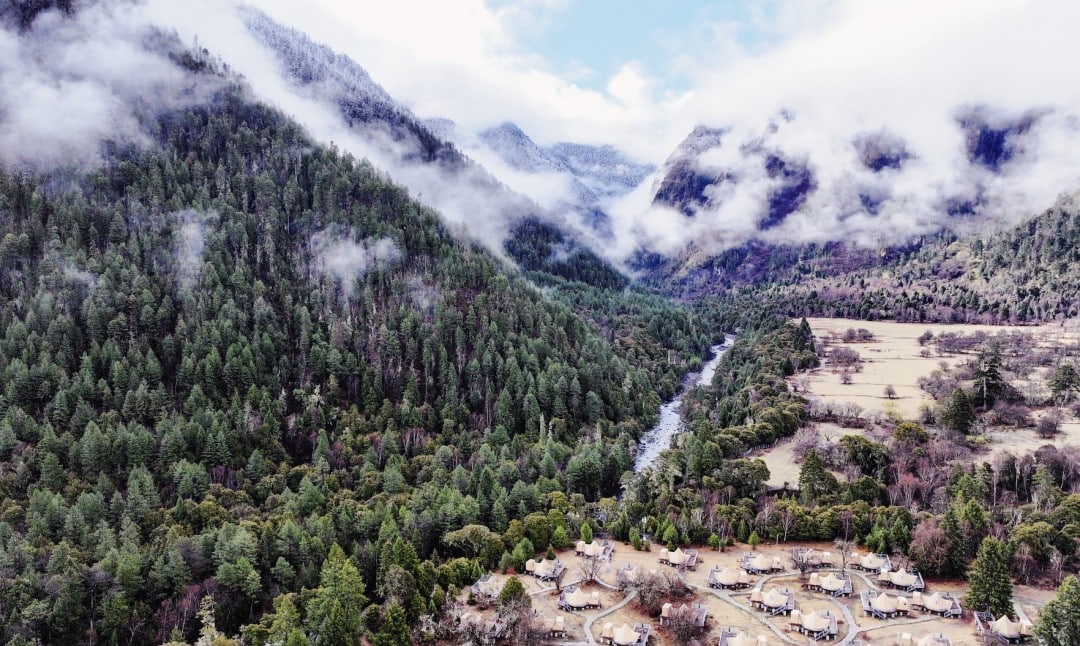
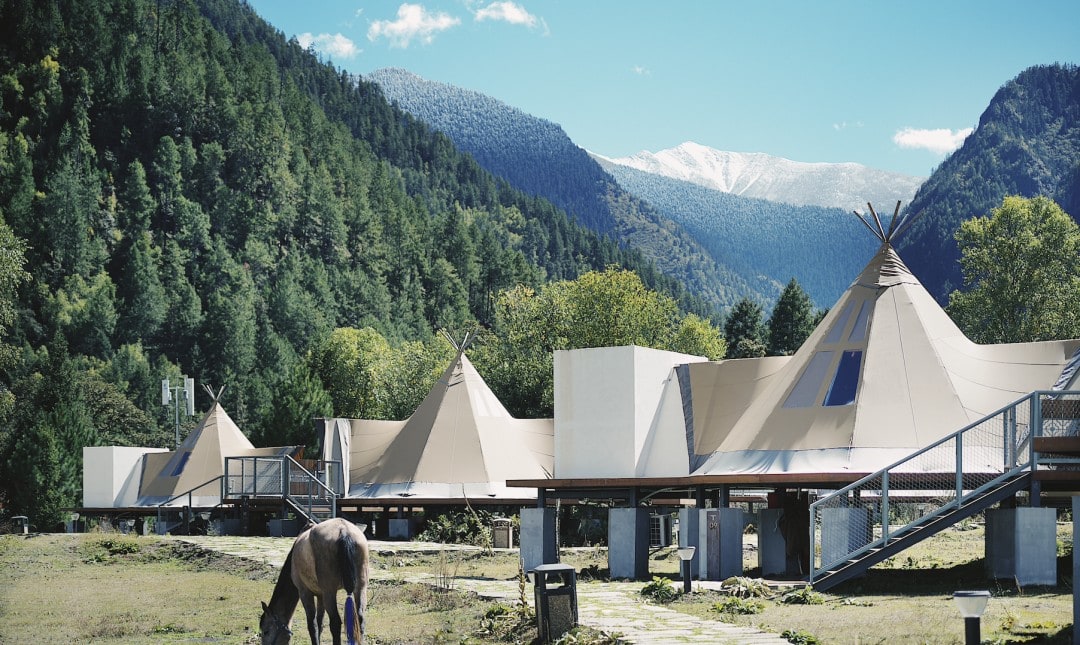
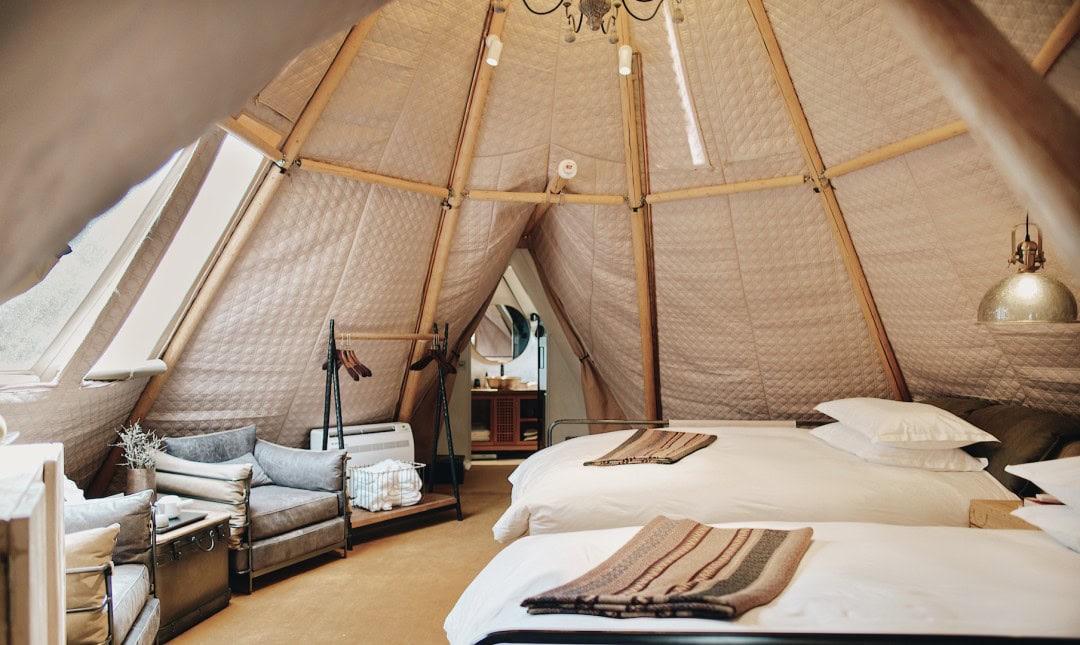
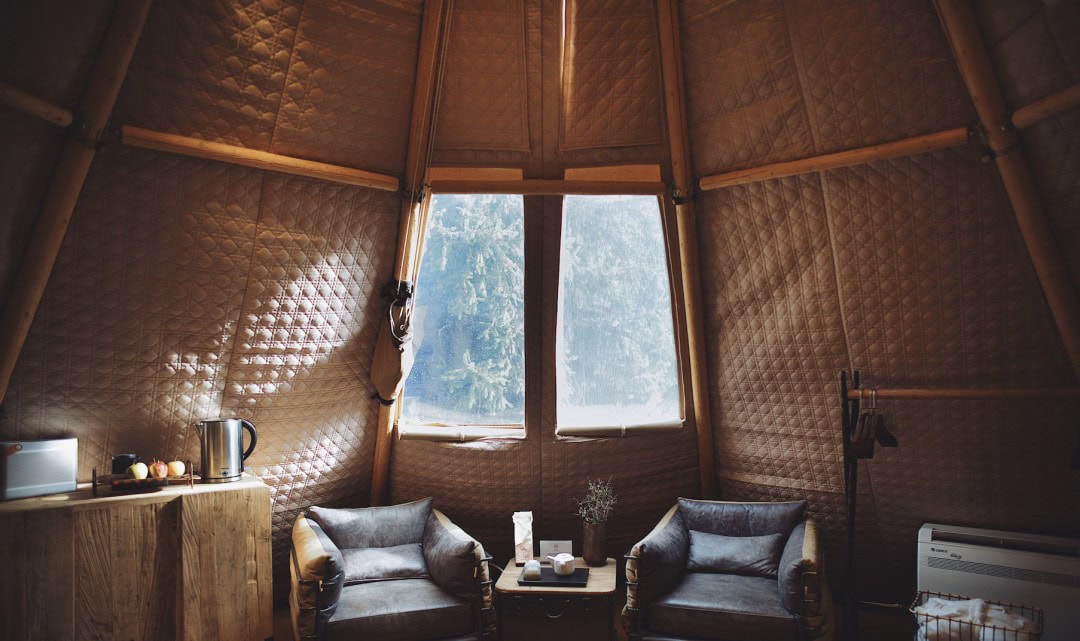
Every Songzan package includes complimentary afternoon tea.
2) Private groups
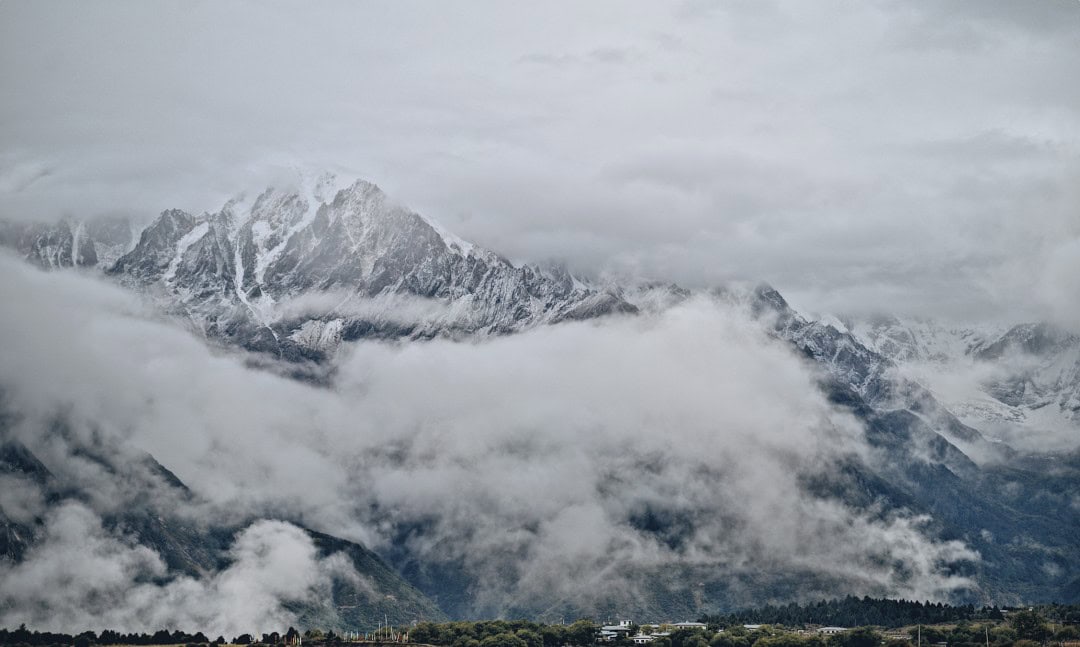
Group tours start from 2 people and include a driver, vehicle (along with fuel, highway fees, parking, and toll fees, as well as airport transfer), room breakfast, afternoon tea…
The daily vehicle usage limit is no more than 10 hours and 300 kilometers.
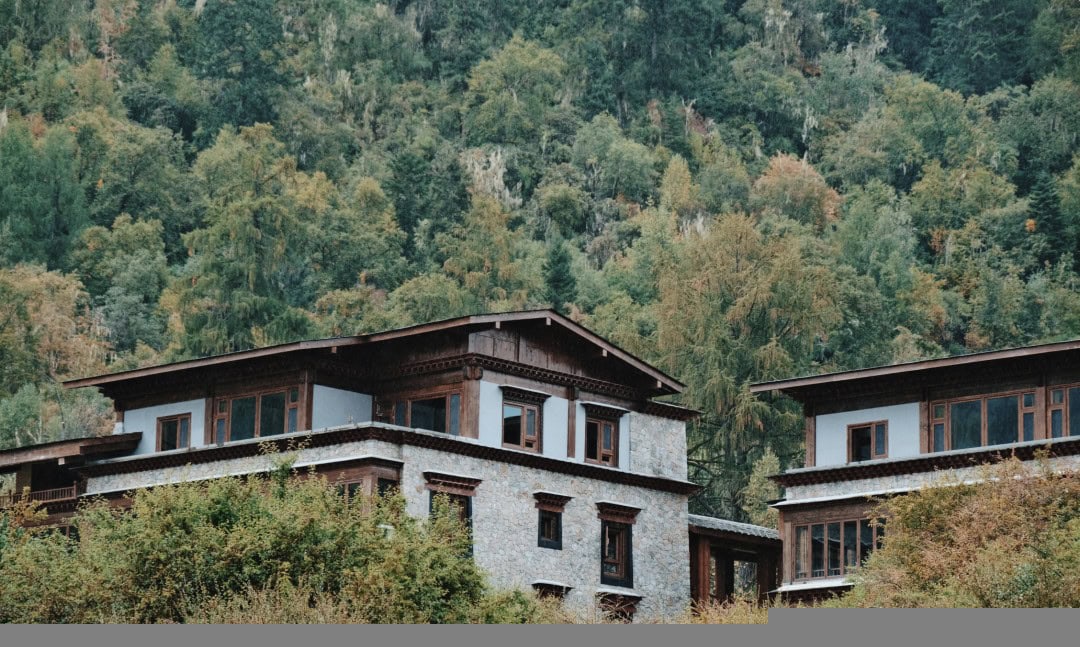
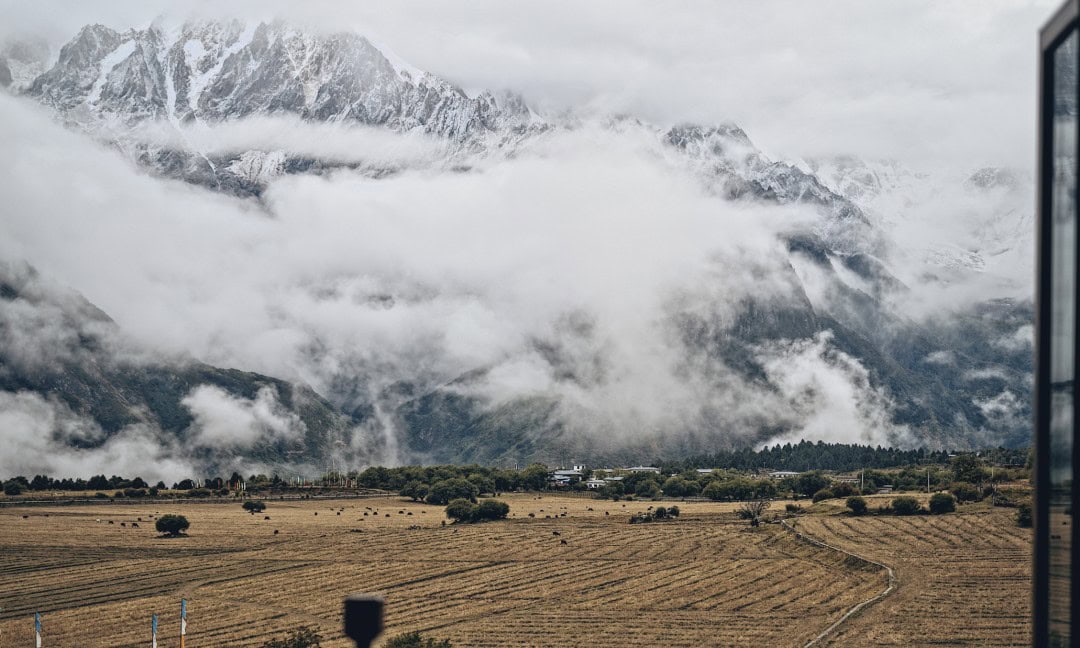
Private groups are mainly sold online, and last year, most Double 11 offers sold were private groups. It’s a high-value option.
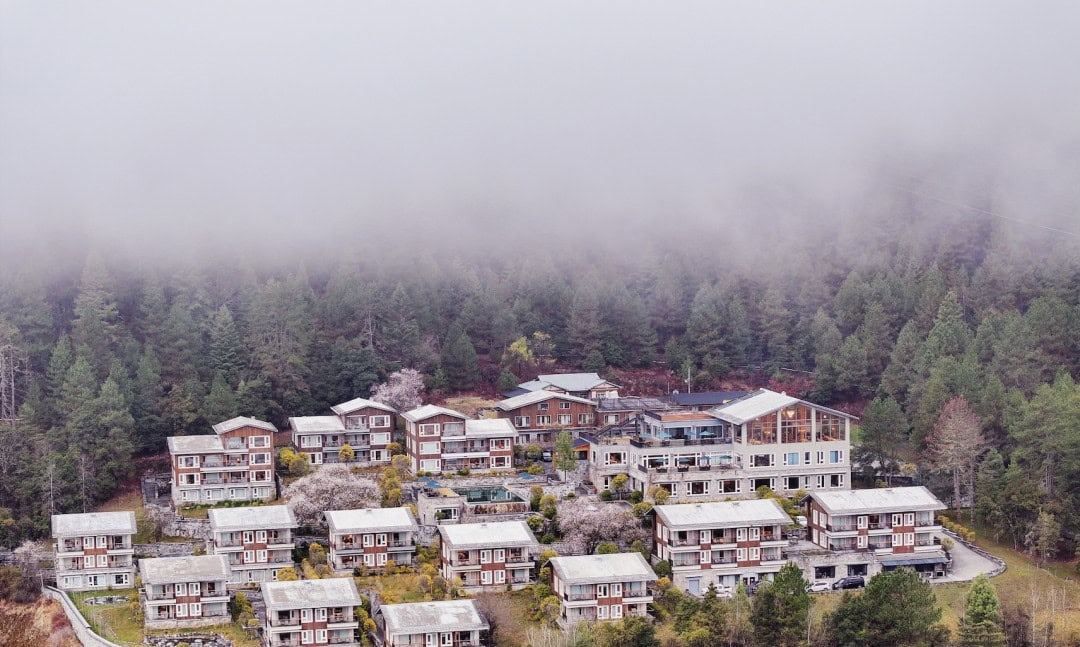
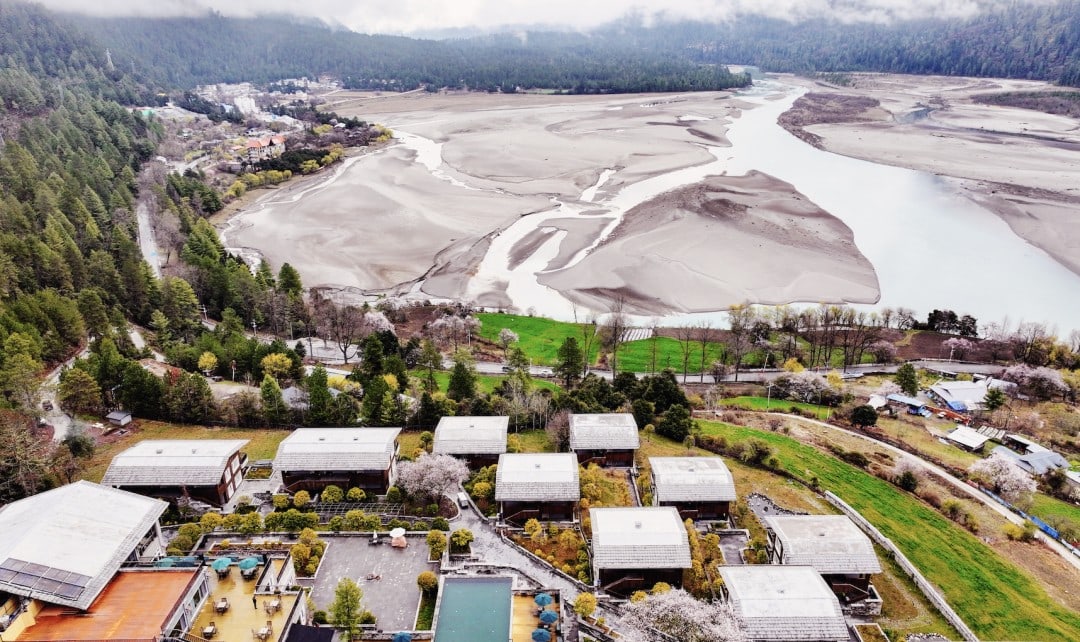
3) All-inclusive tours
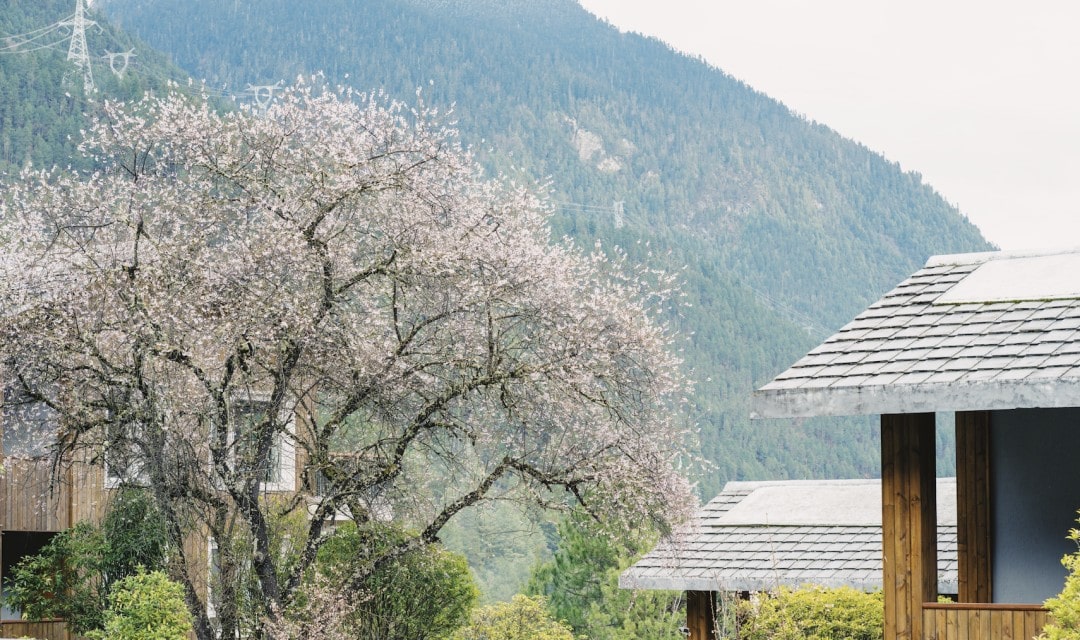
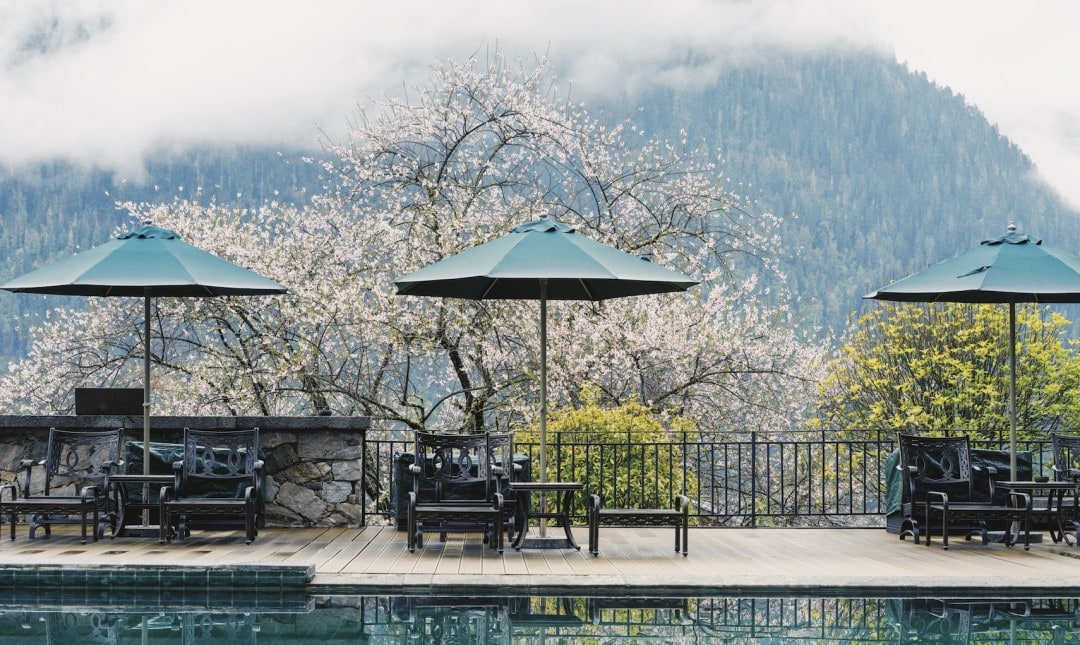
An all-inclusive tour by Songzan includes Blue Moon amenities, a butler, lunch and dinner, and all entrance tickets for attractions along the way.
These are also grouped based on 2 people, with 2 people serving you. A driver and butler accompany throughout the trip, with an advisor available online for coordination.
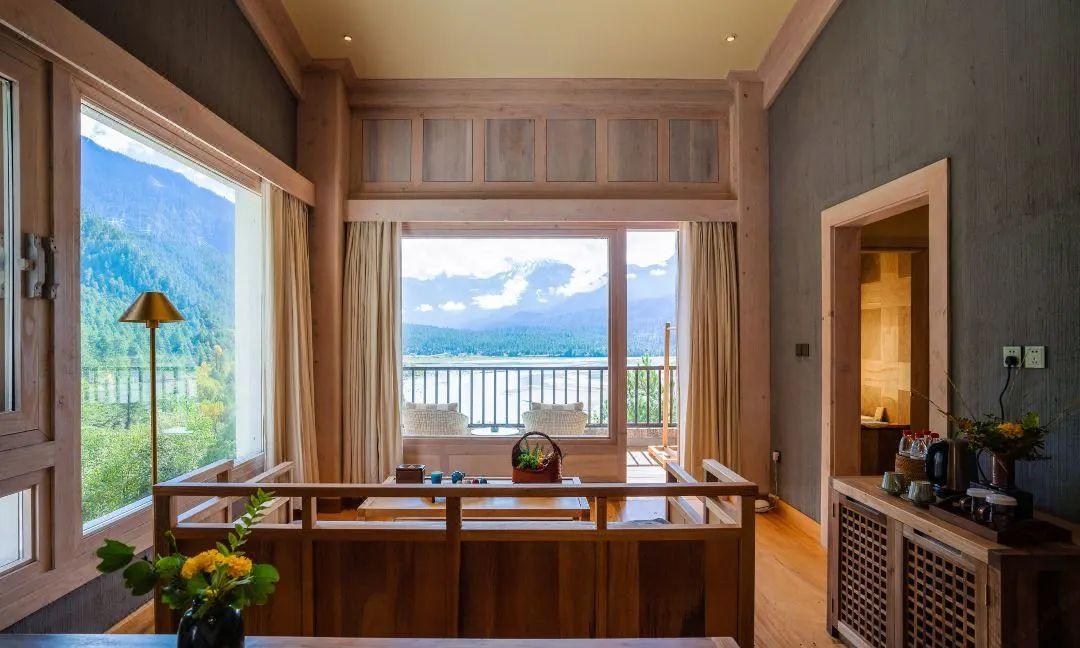
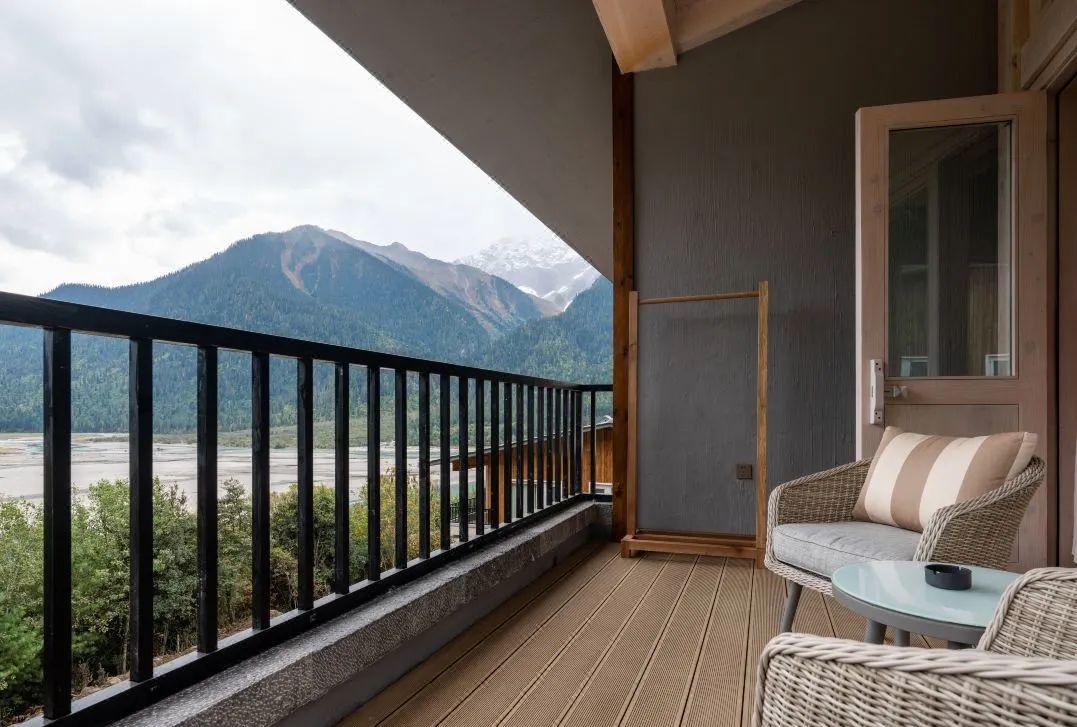
Many people talk about Songzan sending Blue Moon products, but this option includes that.
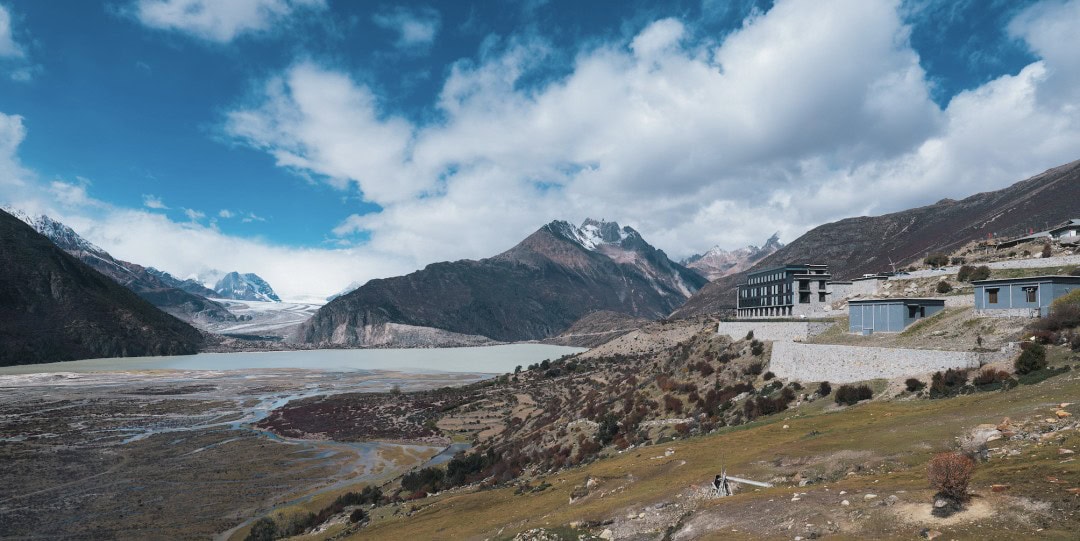
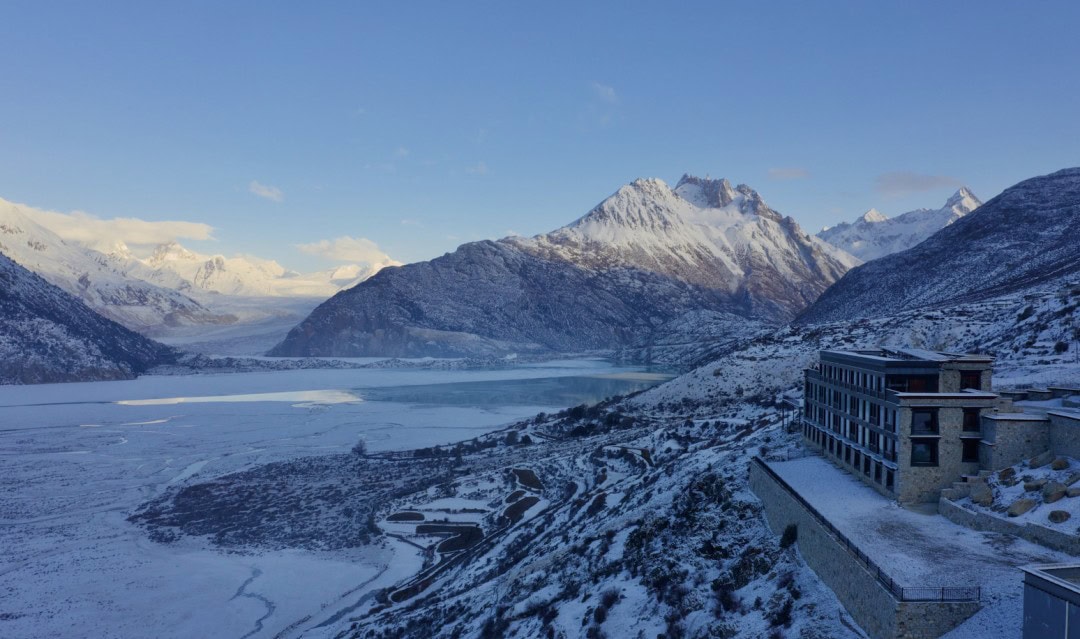
4) Co-branded tours
This includes themed tours. Every year, Songzan collaborates with brands like Land Rover, Blue Moon, photography tours…
Those parts usually have reputable leaders; for example, the photography tours organized by Songzan annually often feature well-known celebrities.
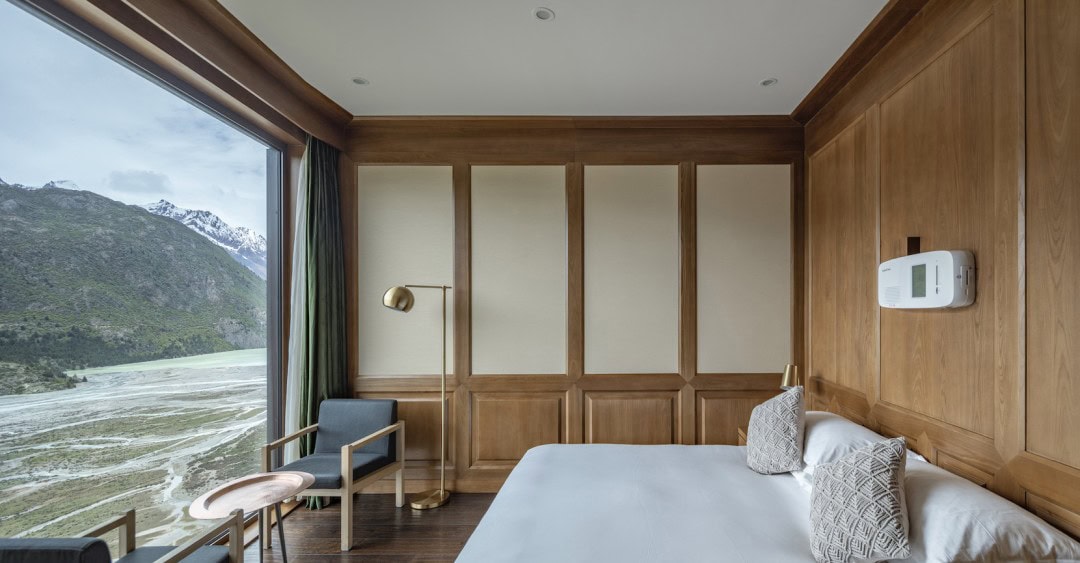
Songzan’s peak and off-peak seasons
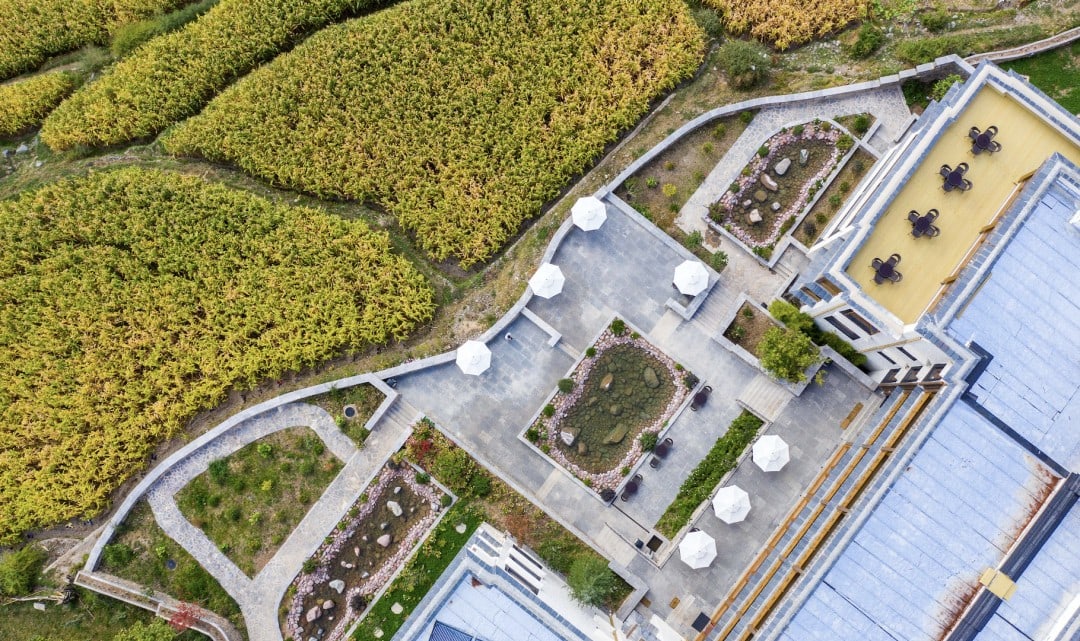
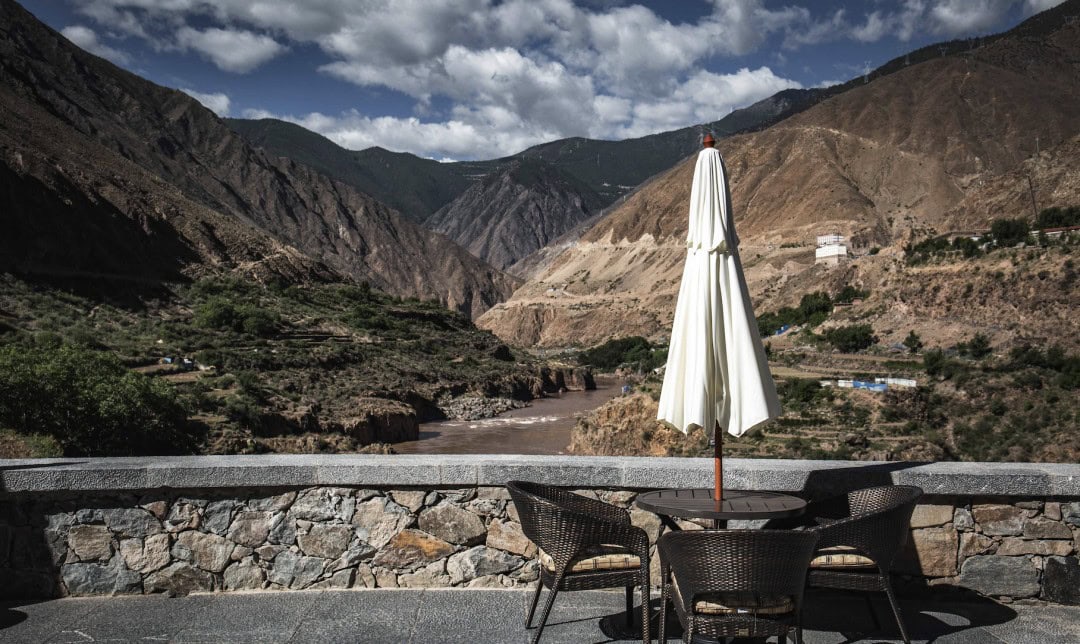
The off-peak season is certainly winter, when many Songzan hotels close as it can get extremely cold, sometimes cold enough to burst pipes, rendering operations impossible!
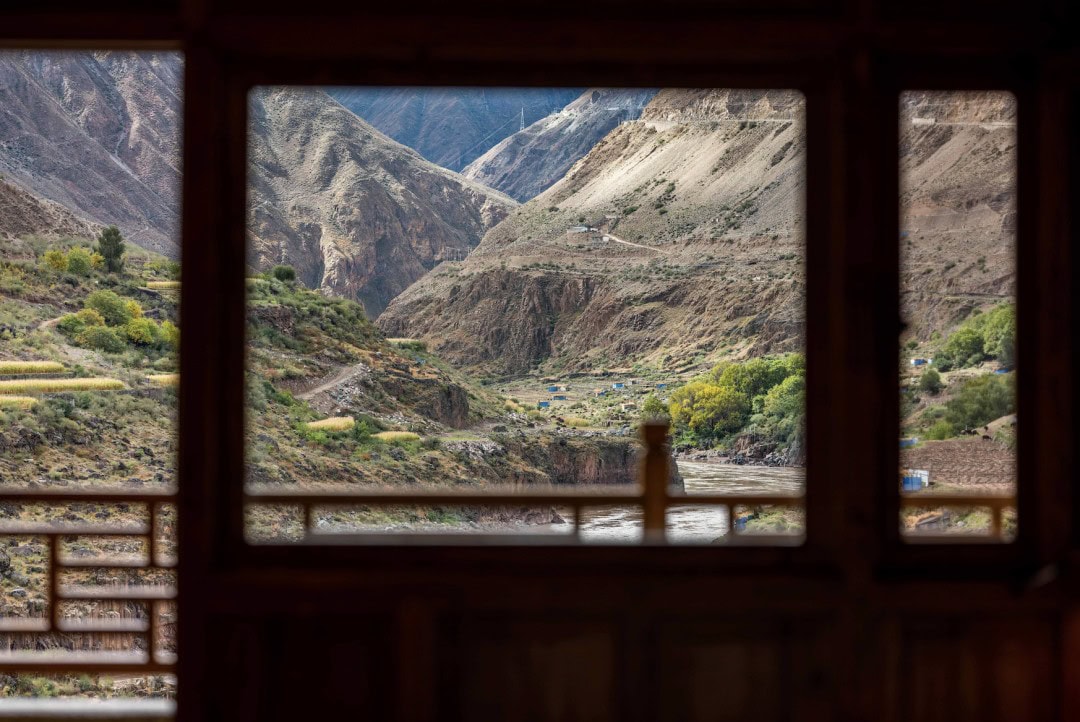
However, when it is operable during winter, the experience is exceptionally good—fewer people and clearer views of snow-capped mountains and glaciers.
Summer is peak season, but personally, I feel there’s too much rain in summer, making it not the best time to enter Tibet.
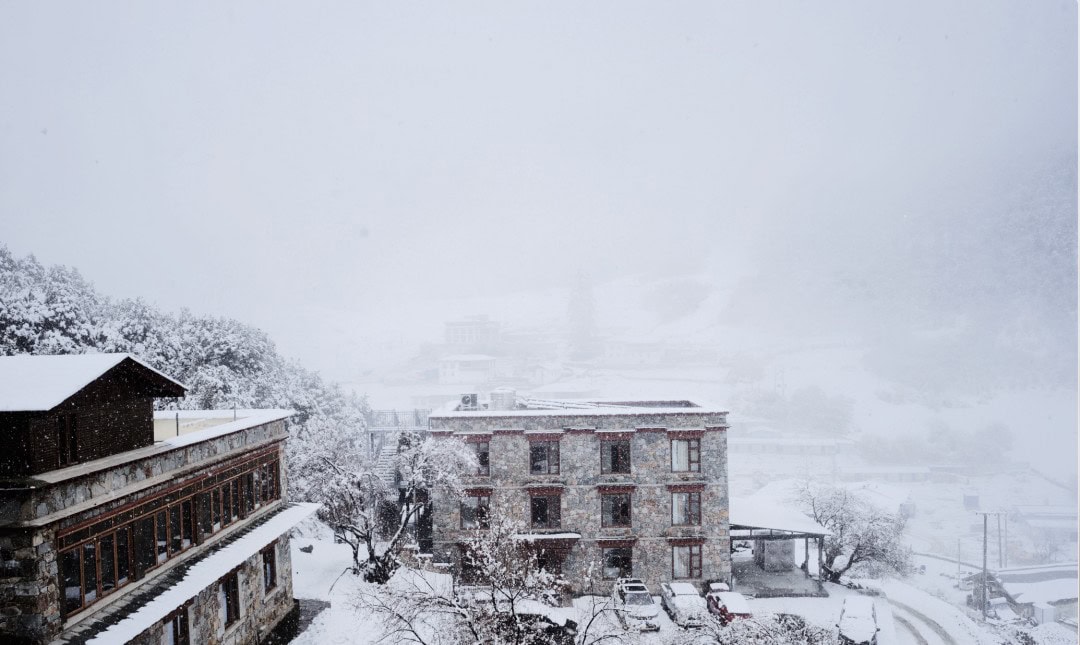
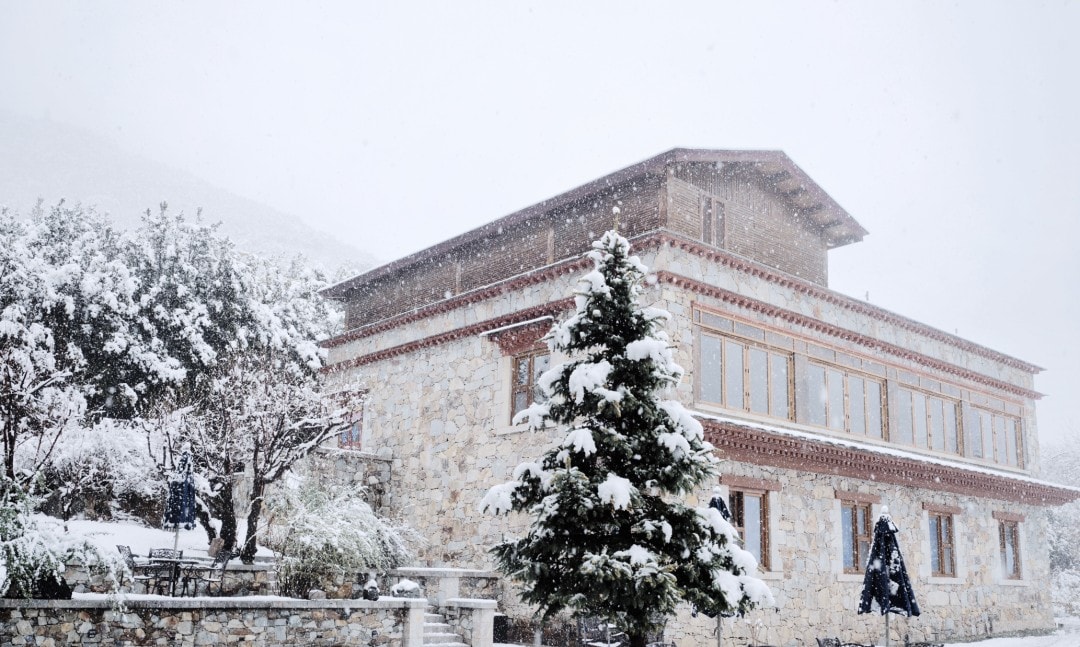
The high prices in summer can be attributed to it being the warmest season and when everyone typically has holidays (or everyone’s kids are on break).
Certain routes may have specific high seasons. For example, several Songzan hotels in Linzhi (Bomi, Namjagbarwa, Basumtso, Baita) are particularly hard to book during the peach blossom festival.
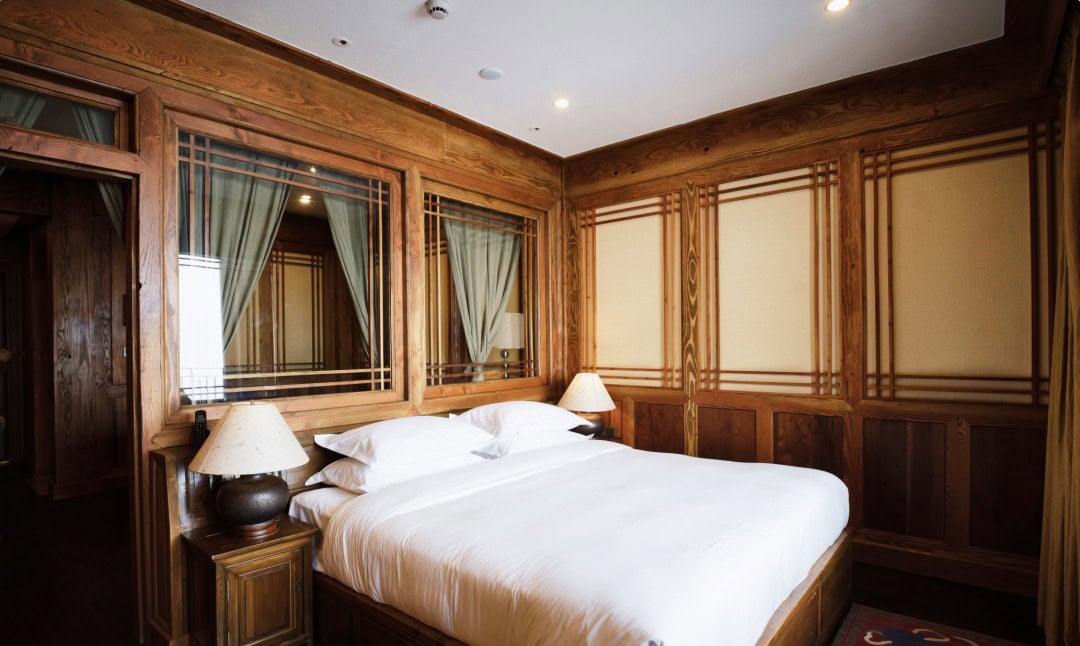
Let me show you how beautiful Linzhi is during the peach blossom festival.
The most beautiful season for most of Songzan’s routes is autumn because visibility is good, it doesn’t rain, and the probability of seeing snow-capped mountains is high. Additionally, visiting in autumn offers great value.
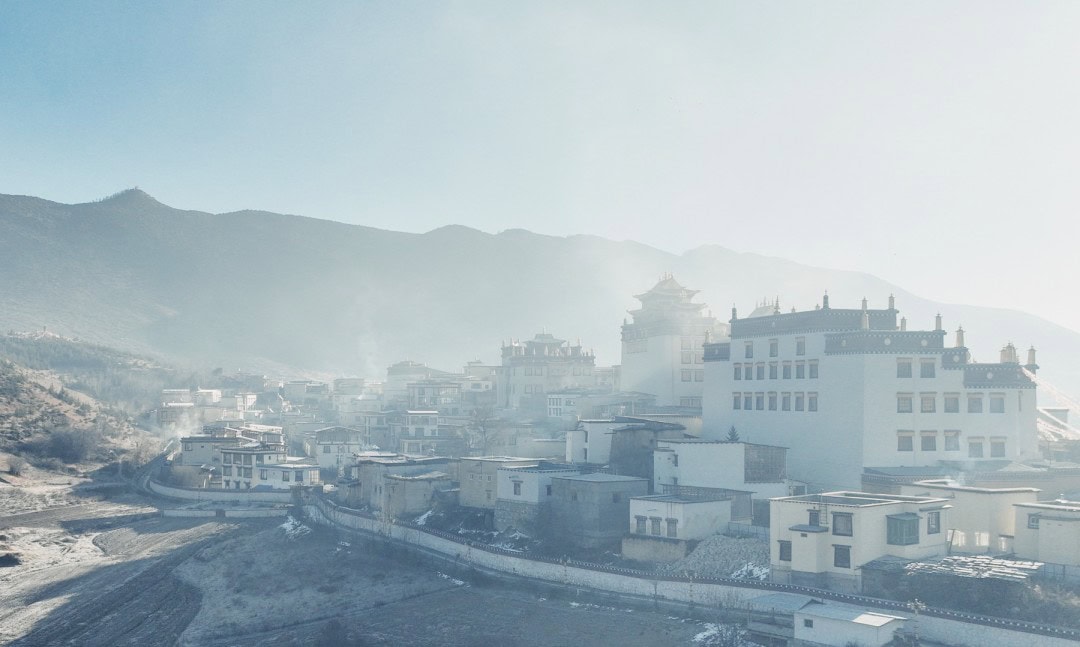
Next, I will list the Songzan hotels we have visited:
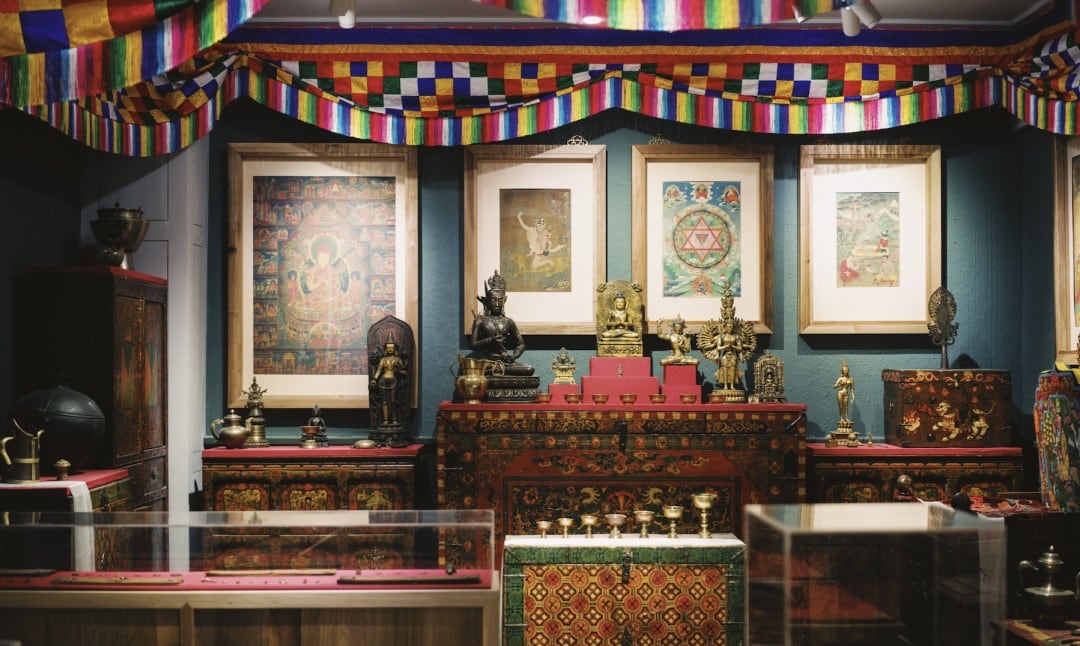
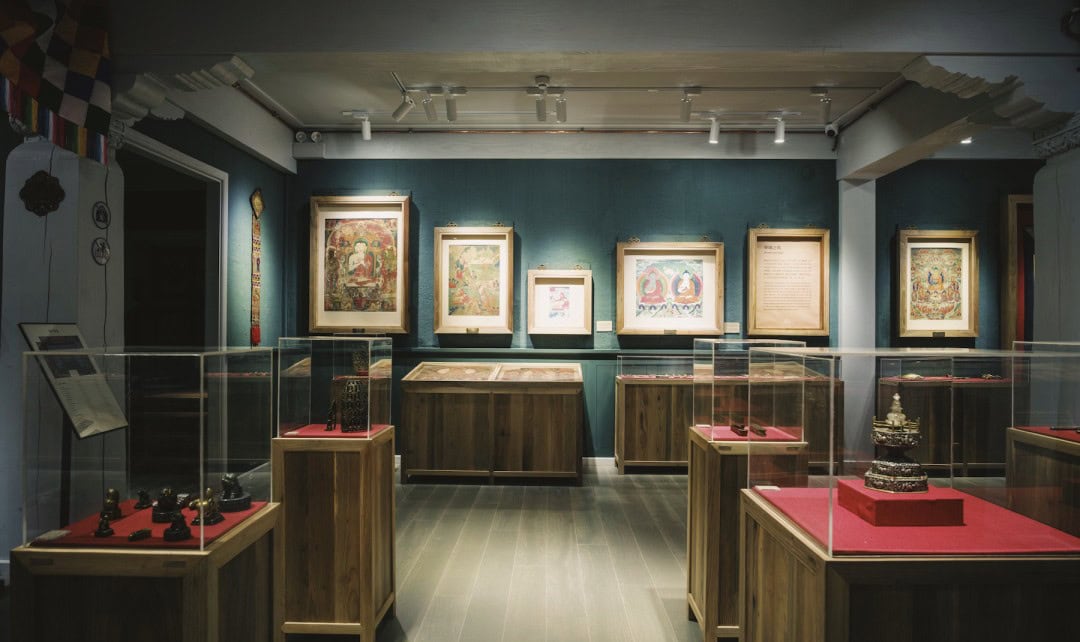
**Songzan Lhasa Linka**
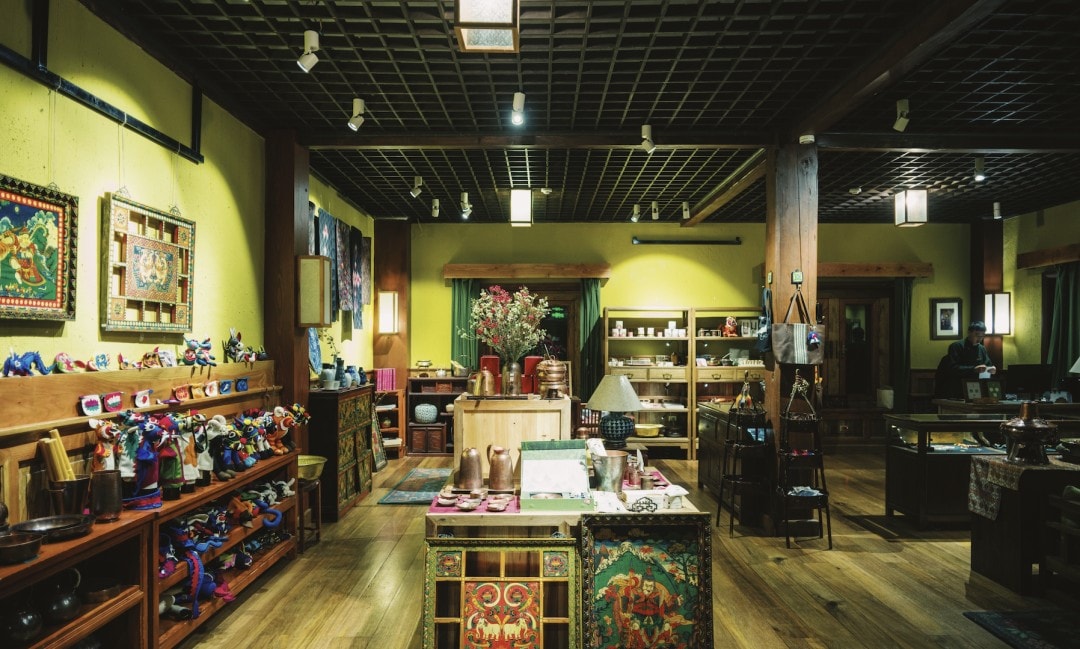
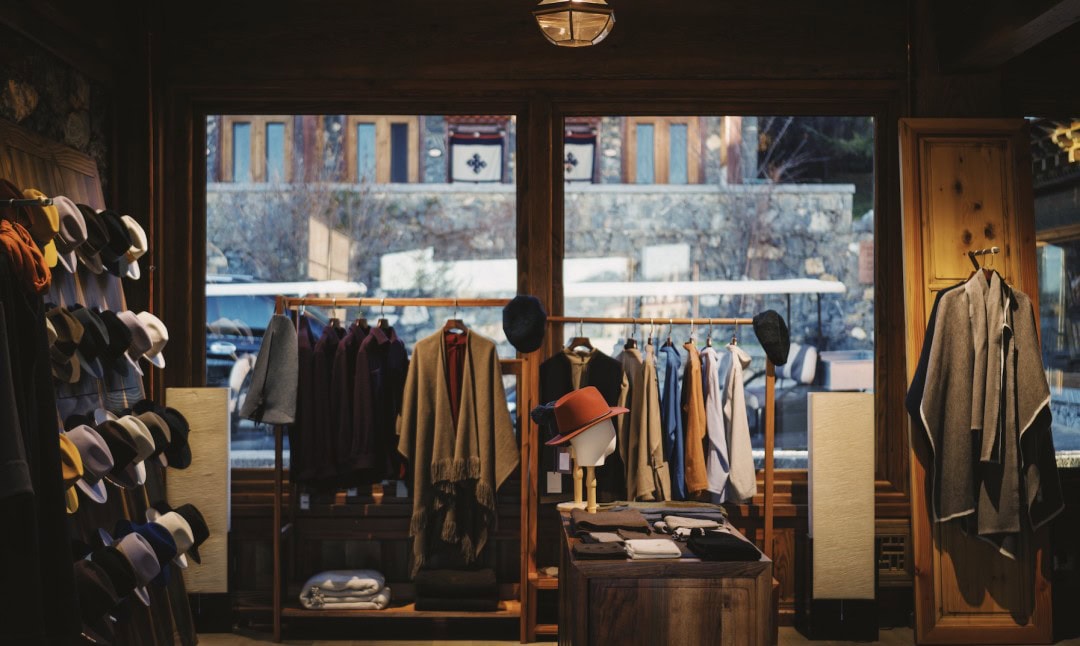
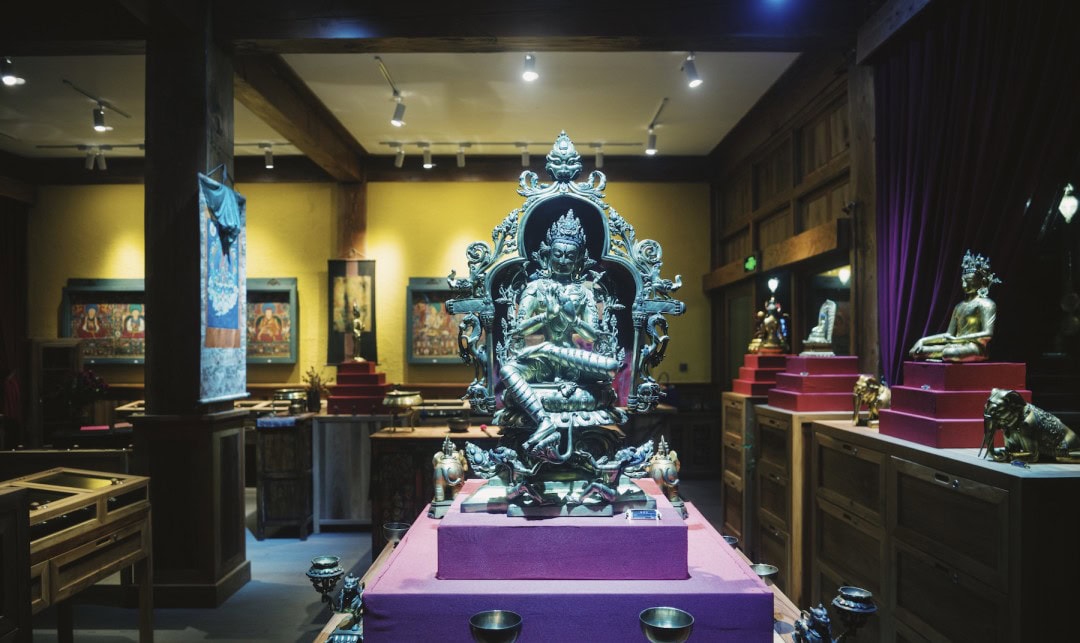
Located on a hillside not in the bustling old city of Lhasa, this hotel provides panoramic views of the Potala Palace and the old city (height limits exist in the old city), taking full advantage of its geographical advantages.
If fortunate, you can even hear Tibetan music from local temples and the sounds of yaks grazing on the grass below.
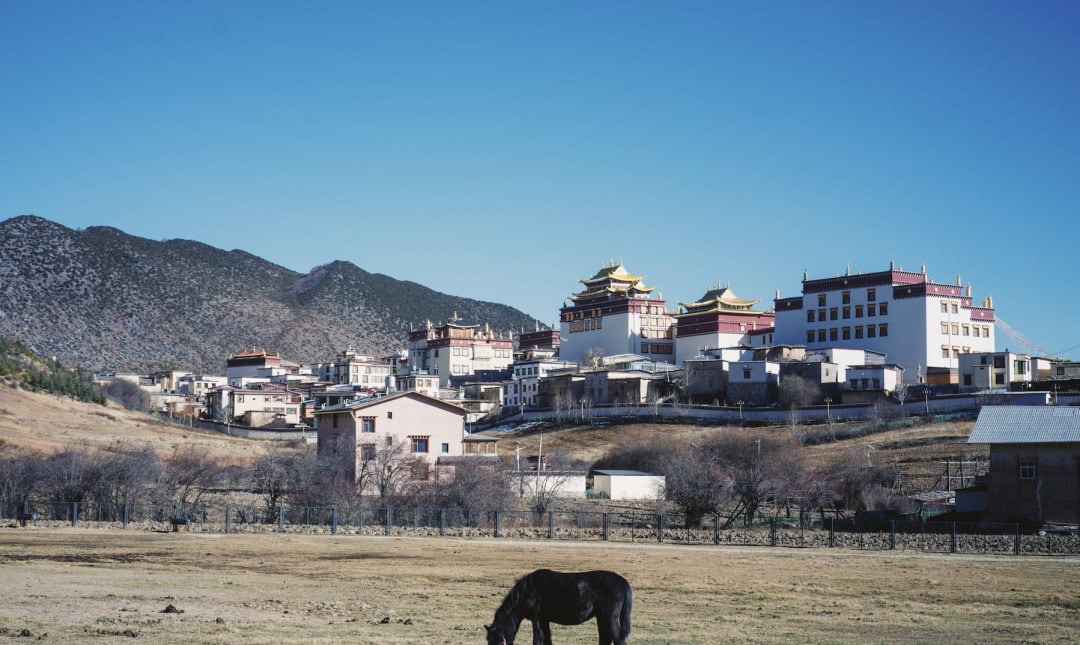
All rooms at Lhasa Linka are suites featuring spacious living rooms and are equipped with diffusion oxygen systems.
**Songzan Basumtso Linka**
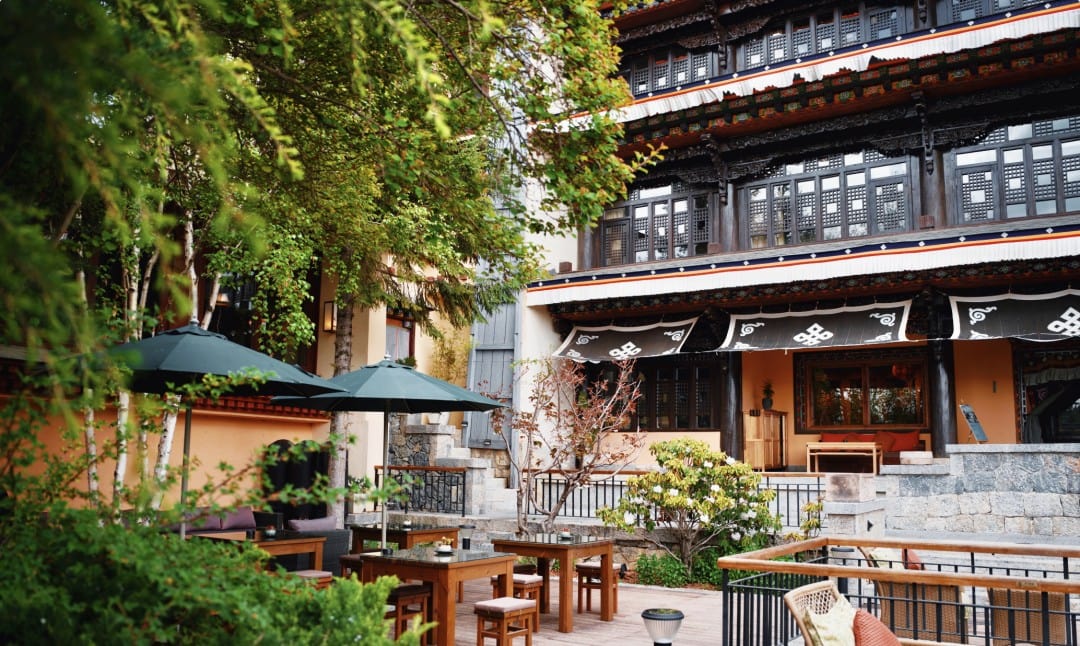
The hotel is exceptionally well-located, providing dramatic scenery facing the majestic snow mountains and the famous Basumtso Lake, the largest in southeast Tibet.
This Linka location is larger, with over 100 rooms, all equipped with diffusion oxygen systems.
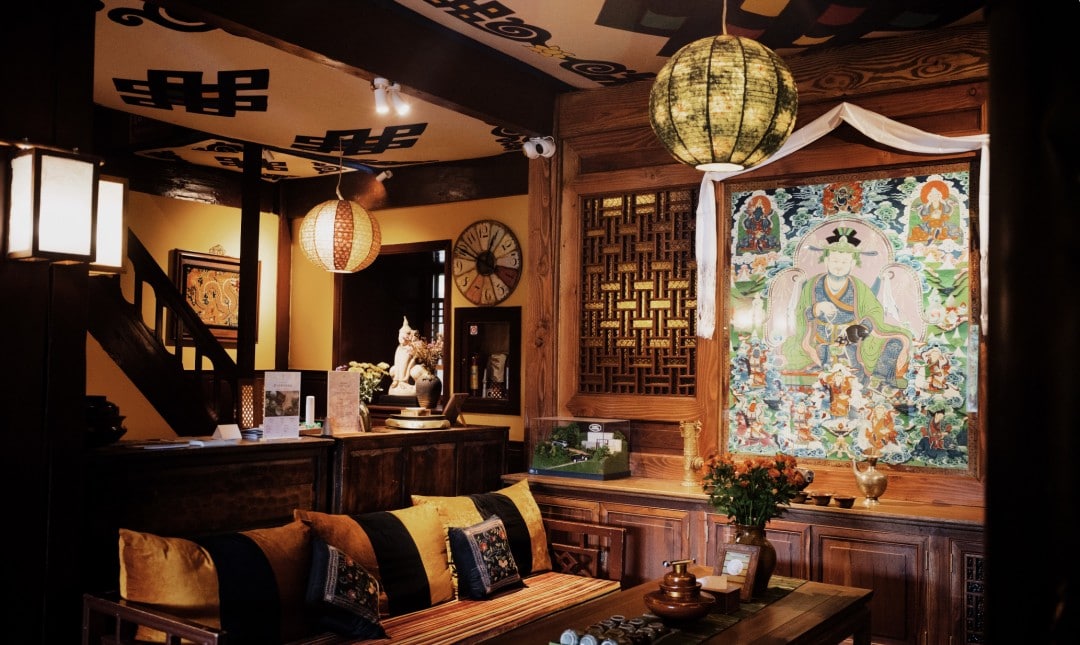
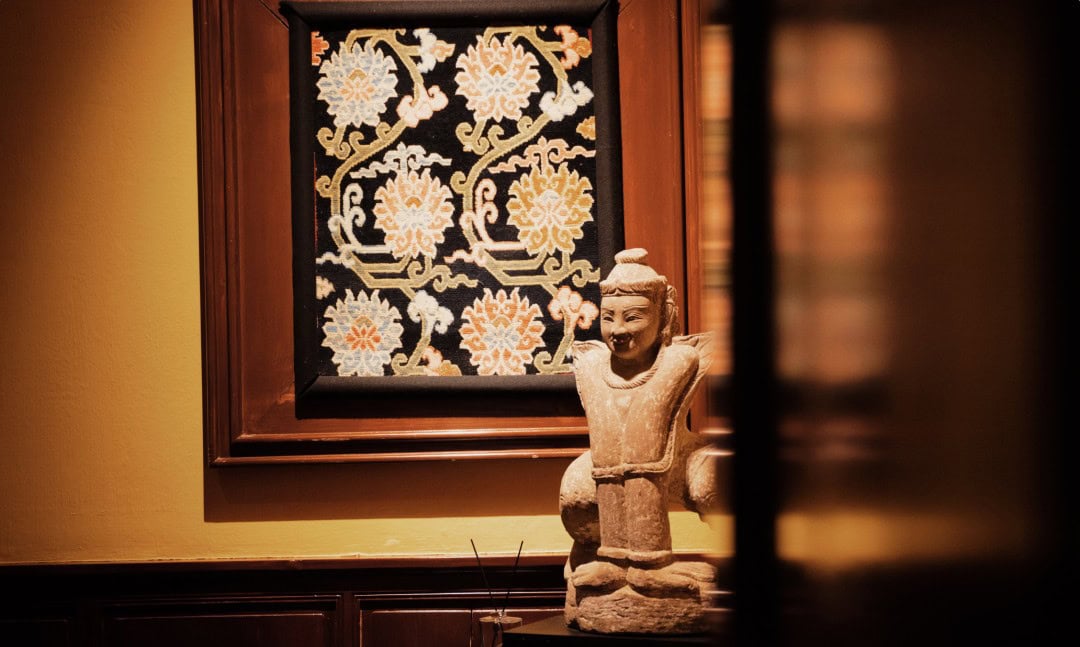
**Songzan Baita Tent Camp**
Songzan’s own luxury camping, with only 30 tents. Nestled in a gorgeous valley, the environment is stunning.
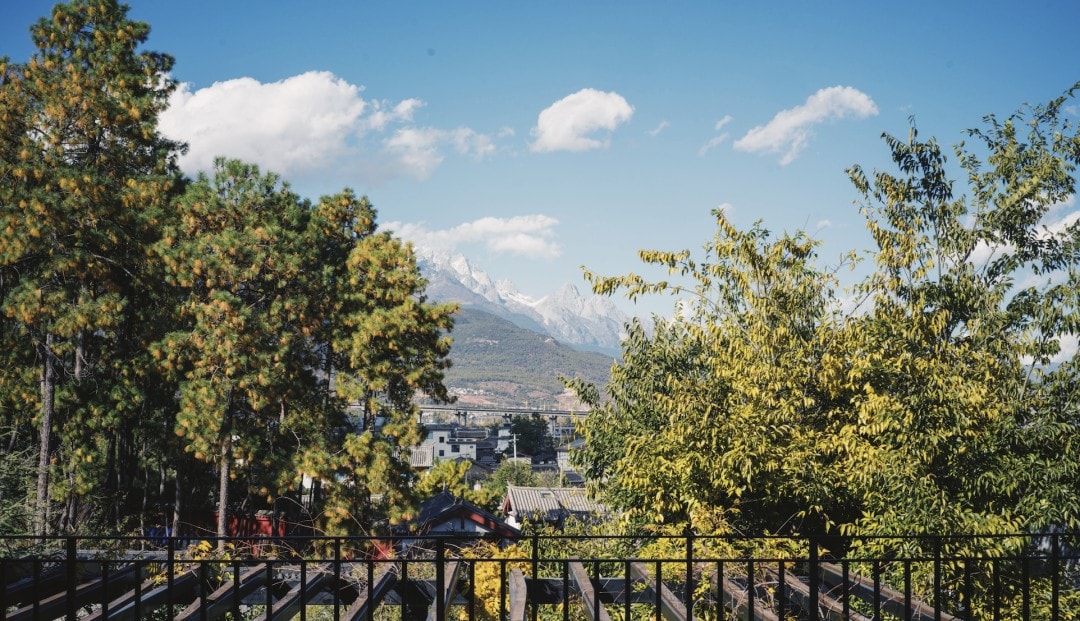
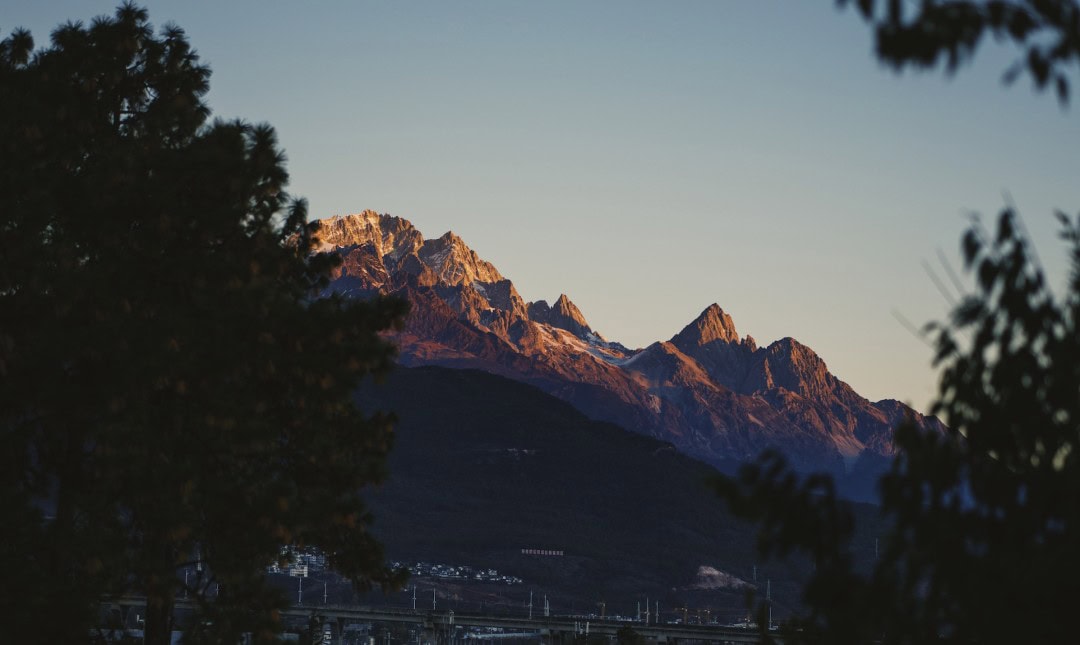
Don’t underestimate the tents; they also have underfloor heating and diffusion oxygen systems.
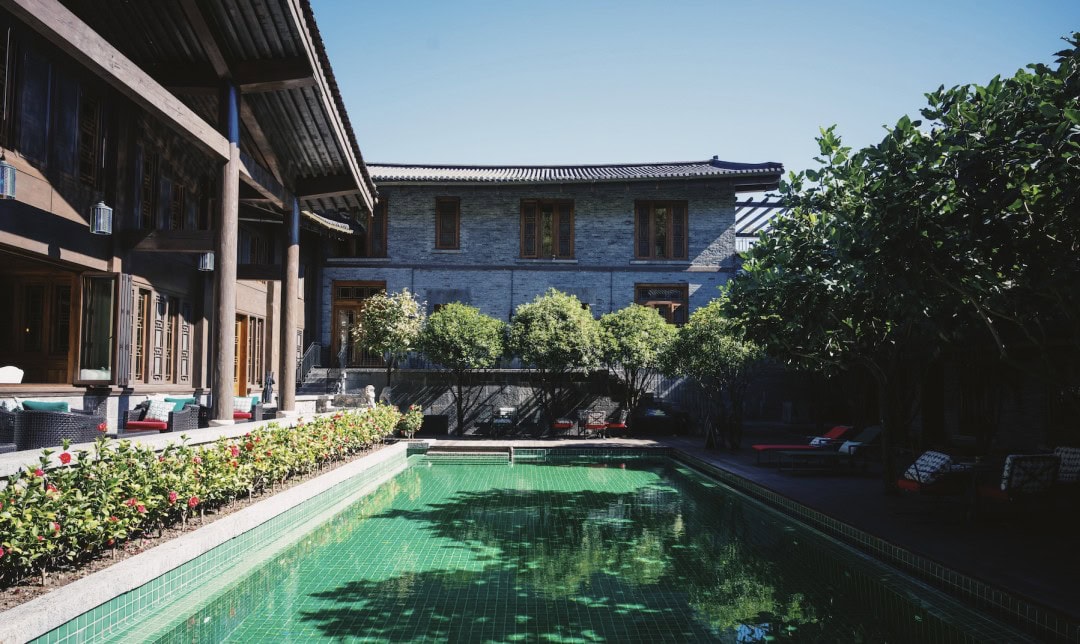
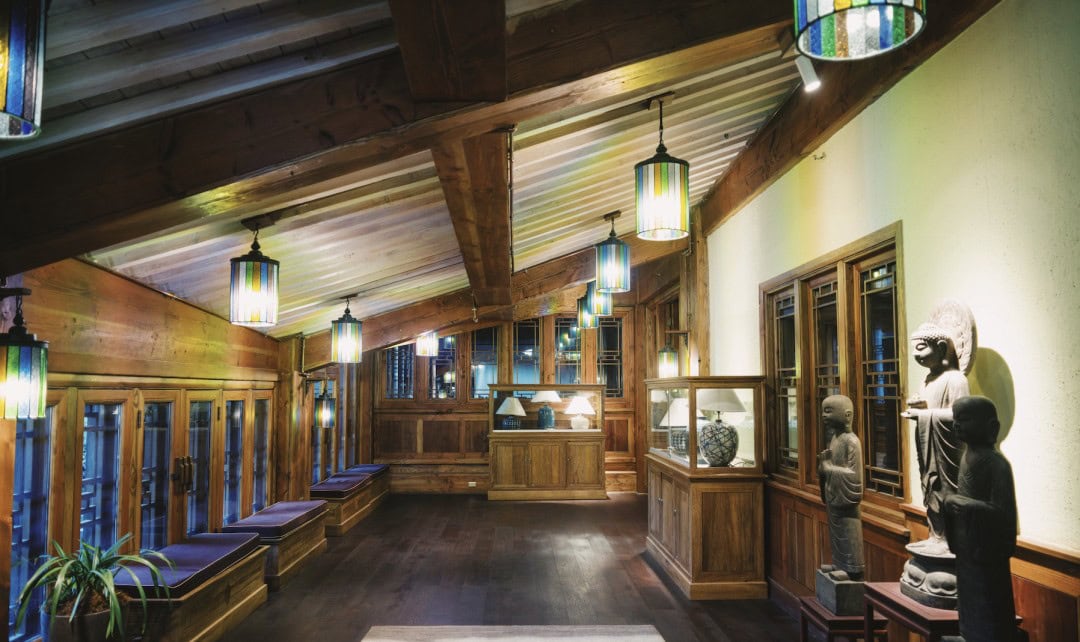
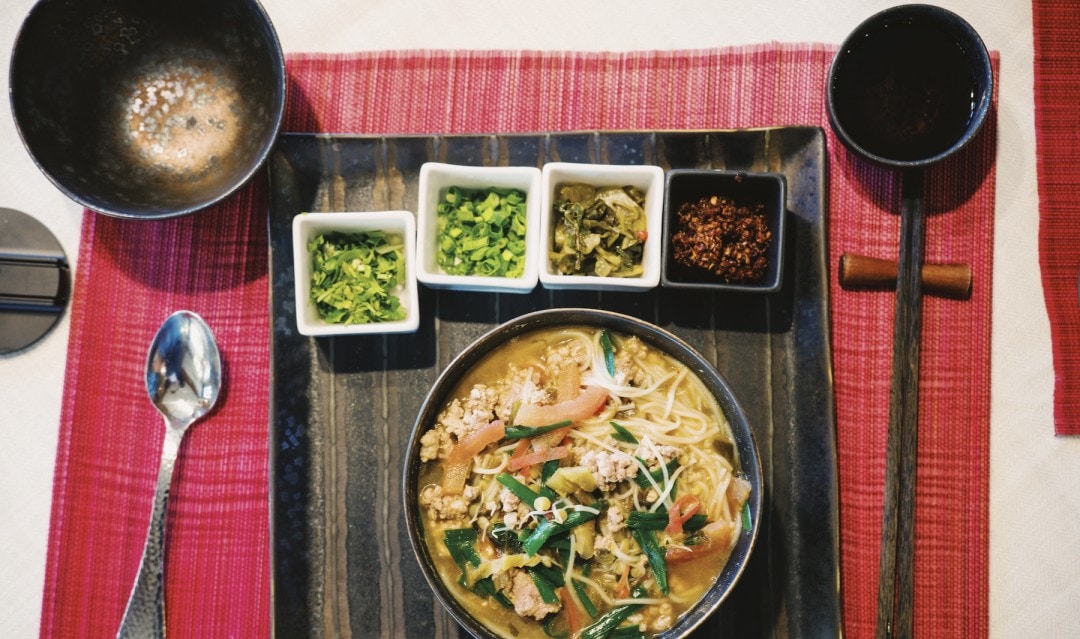
**Songzan Namjagbarwa Mountain Residence**
When you stay here, you’ll have a view from your window: the nearest sight is a vast expanse of barley fields, with yaks and Tibetan pigs dotting the ridges. The famous Namjagbarwa and Jialabai peaks soar before you.
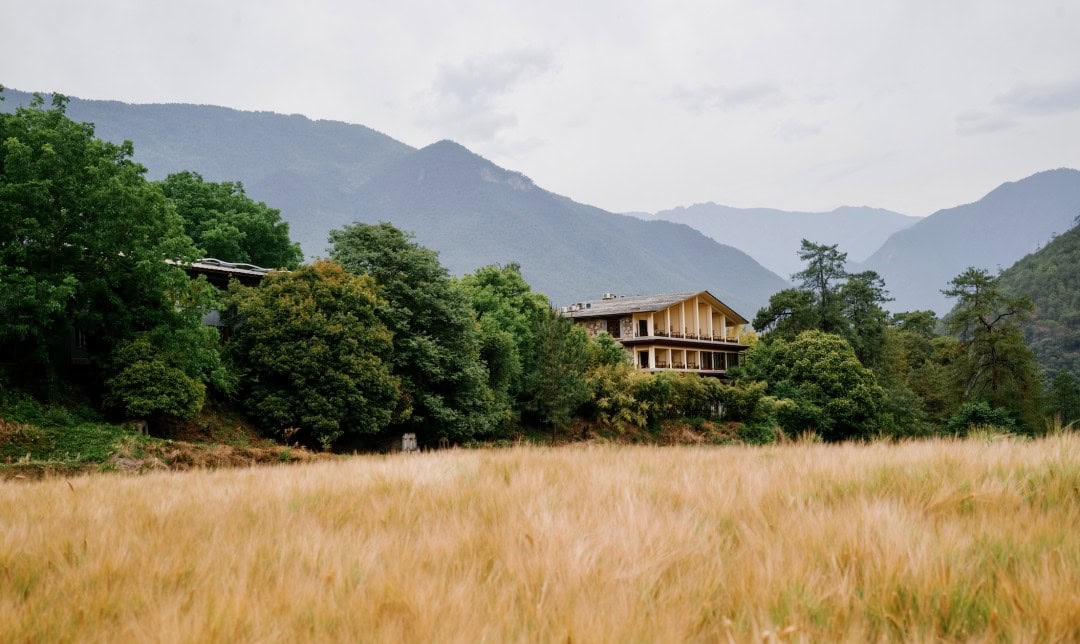
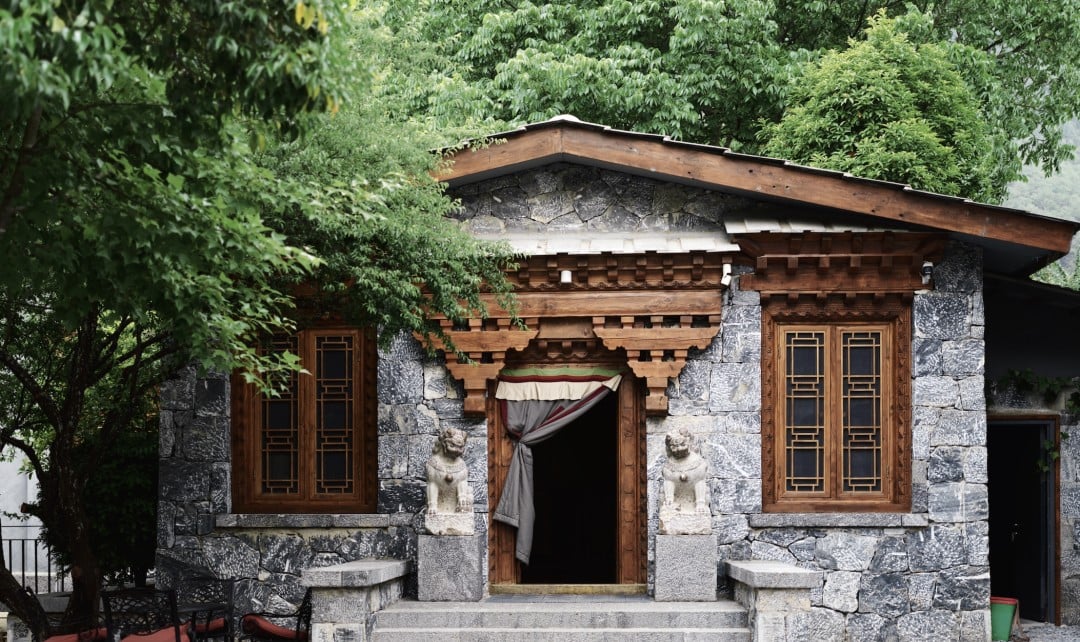
If the Peach Blossom Land were set in Tibet, I imagine it would look just like this.
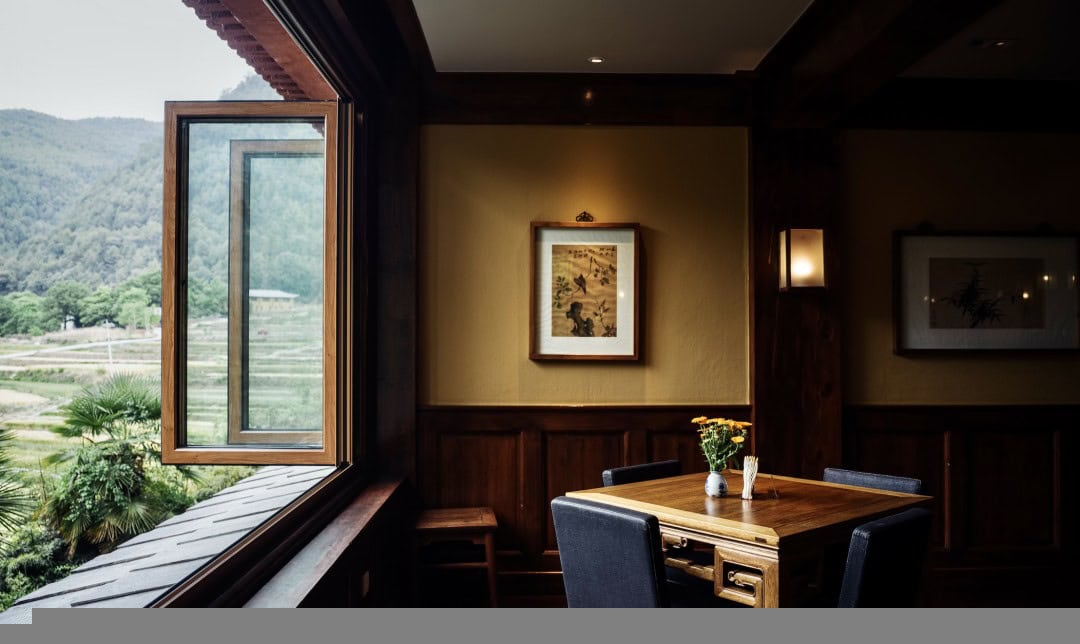
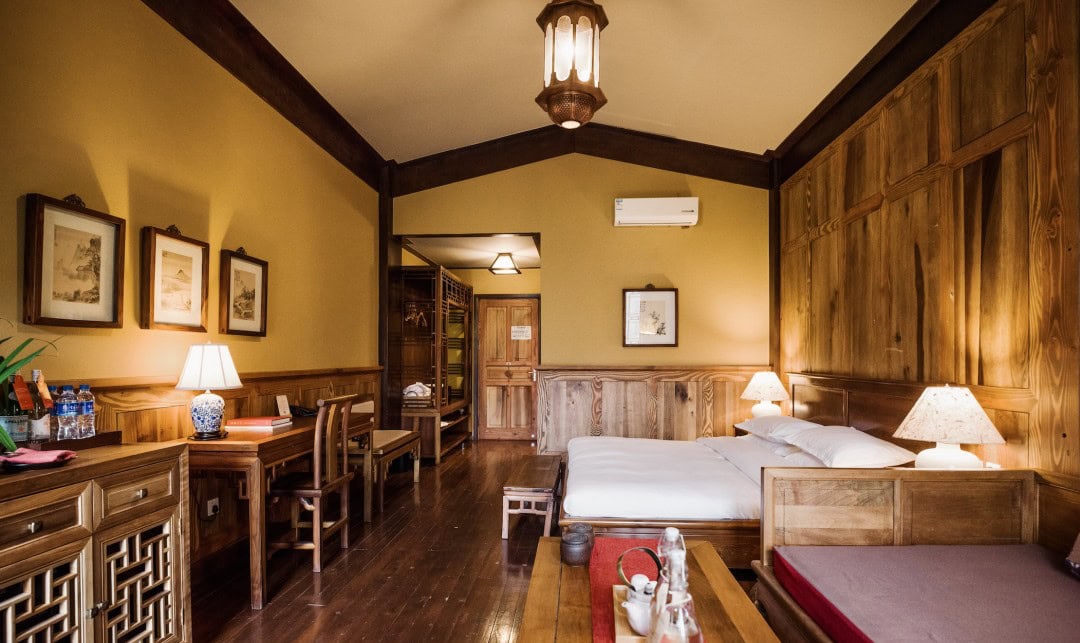
Namjagbarwa Mountain Residence has only 33 rooms, which are few and precious, with all rooms directly facing the stunning Namjagbarwa Peak.
Namjagbarwa is often shrouded in mist and clouds, earning it the nickname “the Shy Maiden Peak.” Staying in Namjagbarwa Mountain Residence gives you an entire day to wait for this delicate beauty to reveal herself.
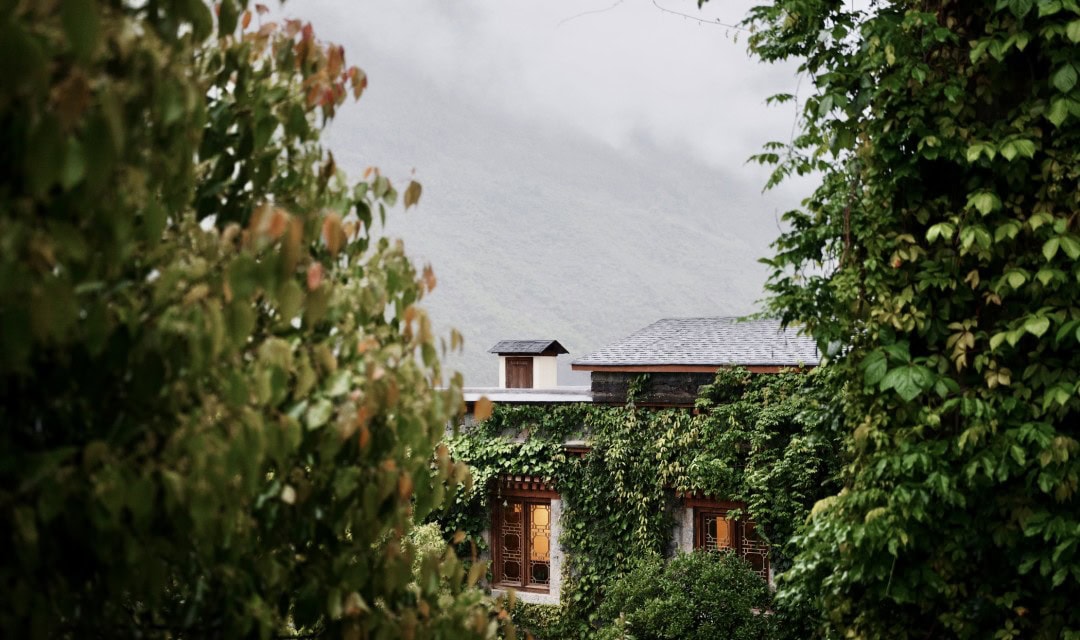
**Songzan Bomi Mountain Residence**
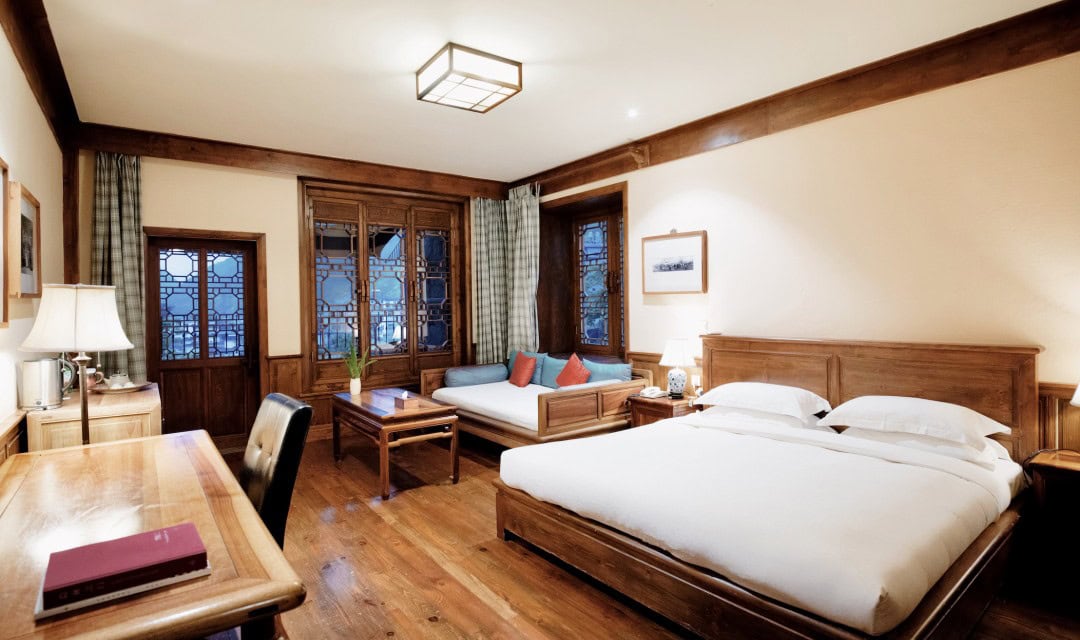
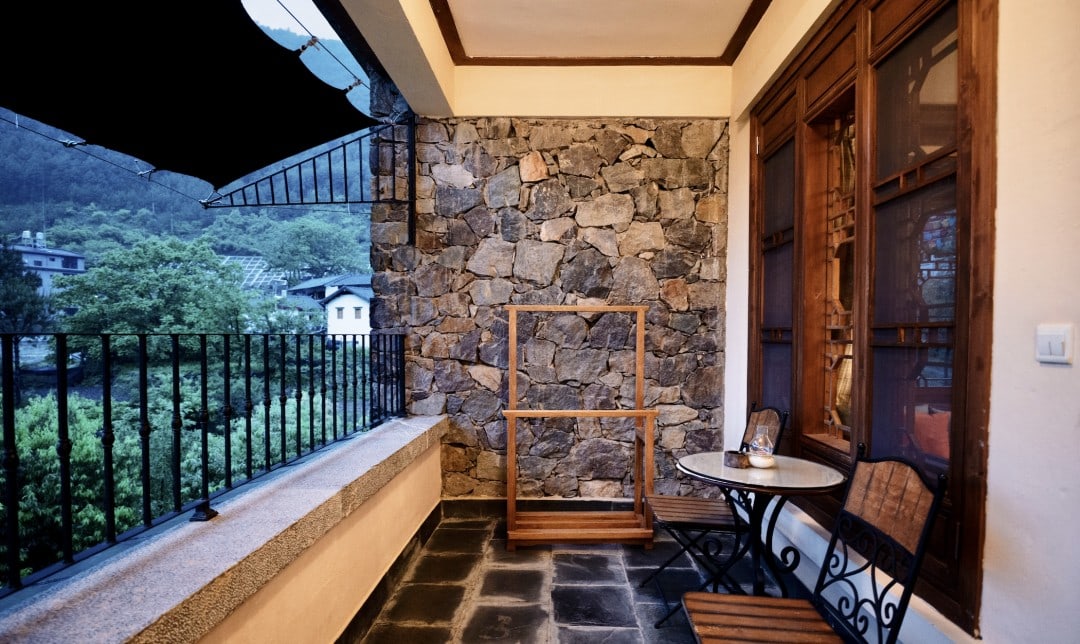
Surrounded by rainforest and hugged by snow mountains, this hotel features diverse landscapes including glaciers, river valleys, forests, gorges, and beach scenery, with a particularly high oxygen content.
It’s incredibly beautiful to visit during the peach blossom festival.
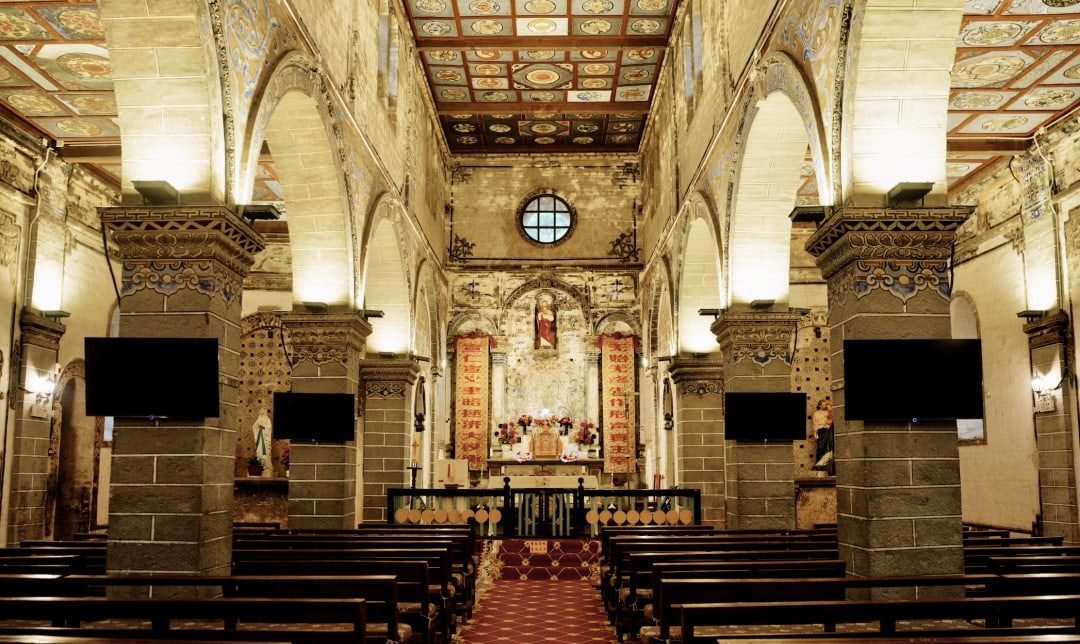
All living rooms and guest room views at Bomi Mountain Residence look out over a landscape featuring both mountains and water.
Moreover, the restaurant and study are situated on higher floors, allowing you to immerse in the picturesque scenery of Bomi while dining, reading, or simply relaxing.
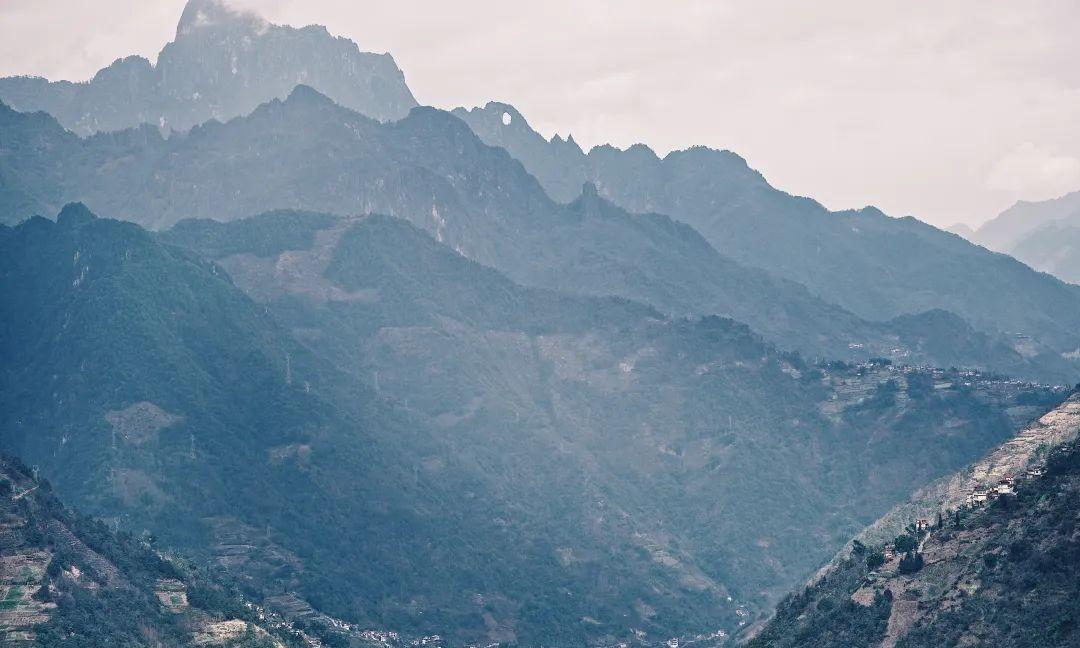
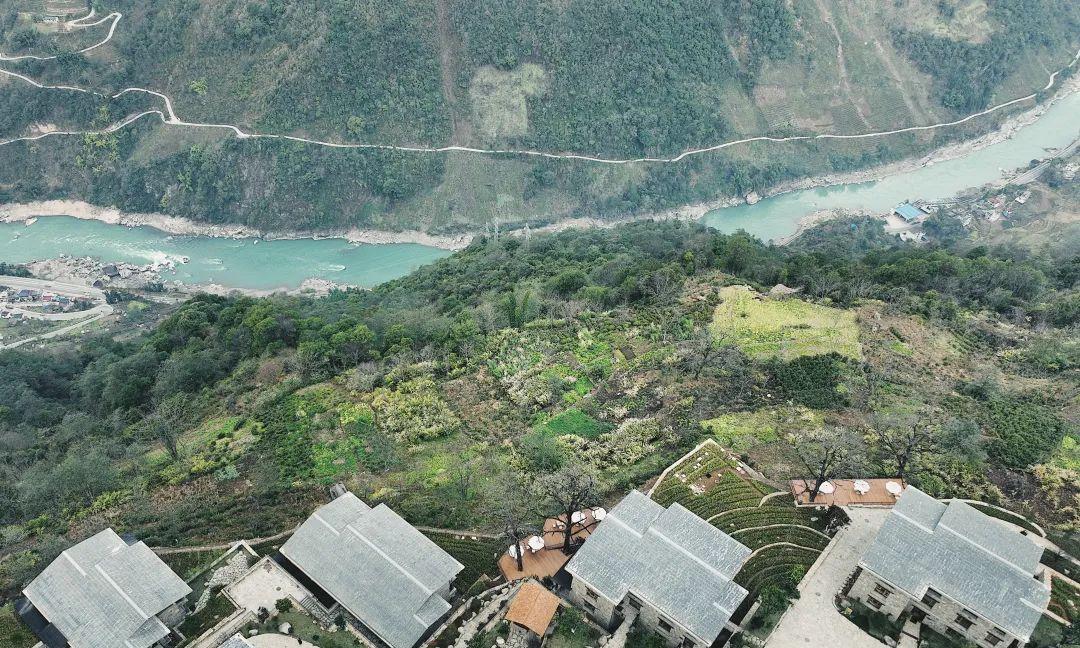
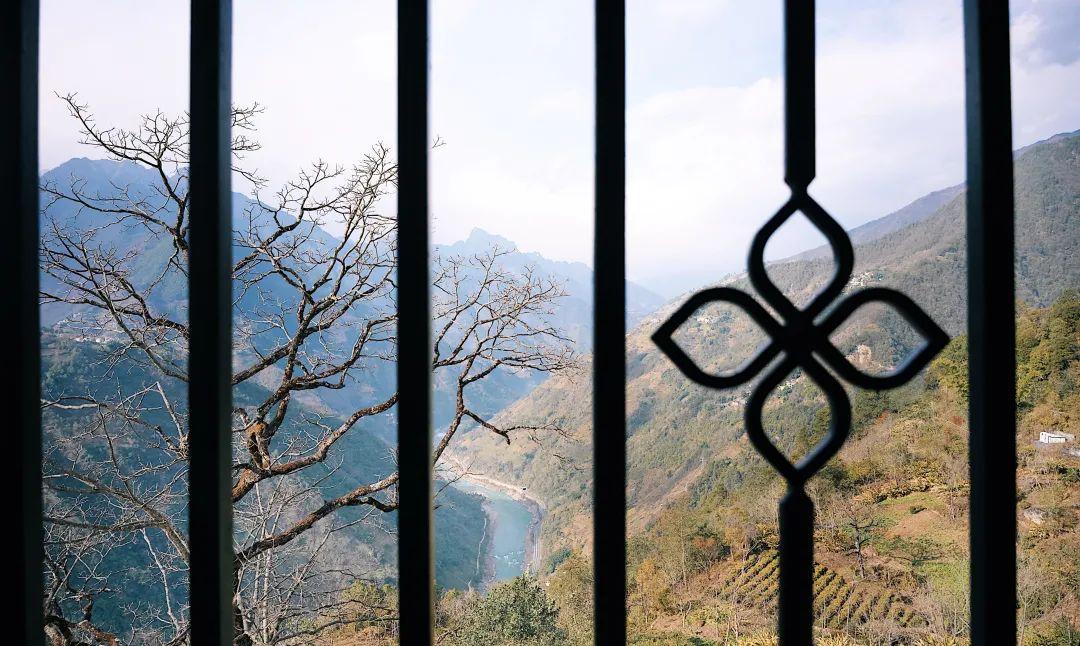
**Songzan Laigu Mountain Residence**
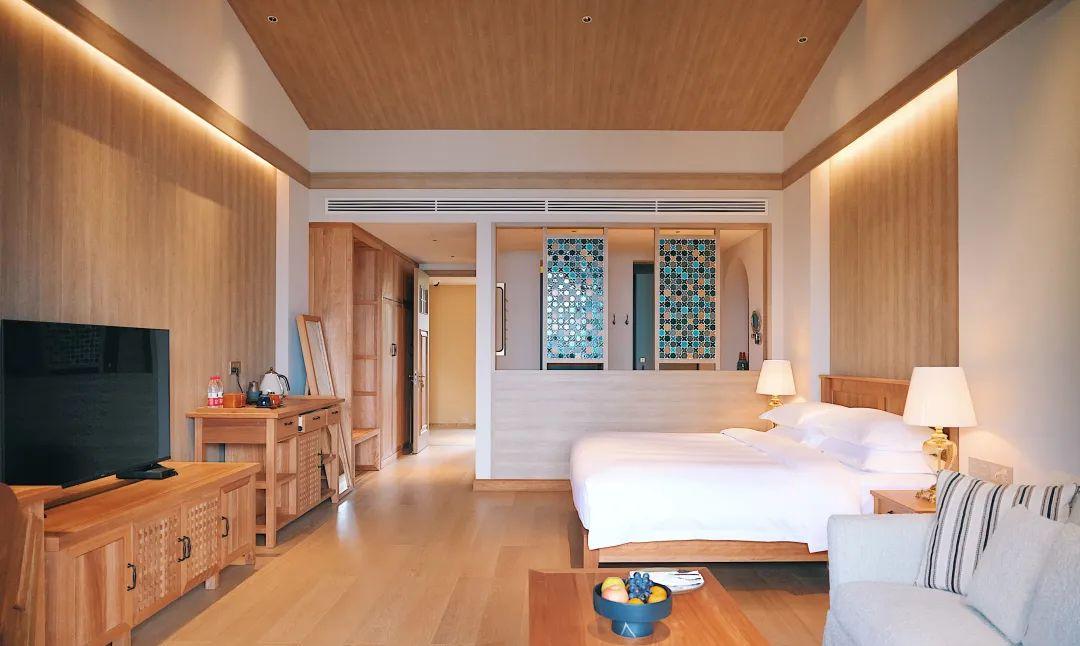
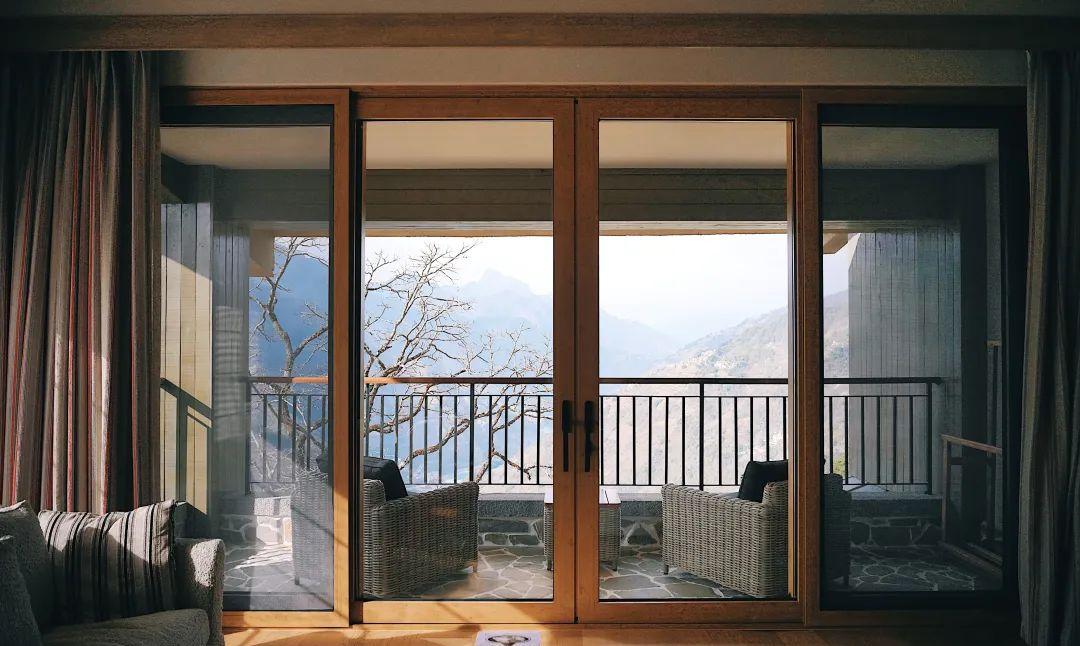
The highest of all Songzan residences, at 4200 meters elevation, this hotel is embedded in a cliff, with only 20 rooms. Facing breathtaking lakes and glaciers.
Every room provides views of snow-capped mountains and glaciers.
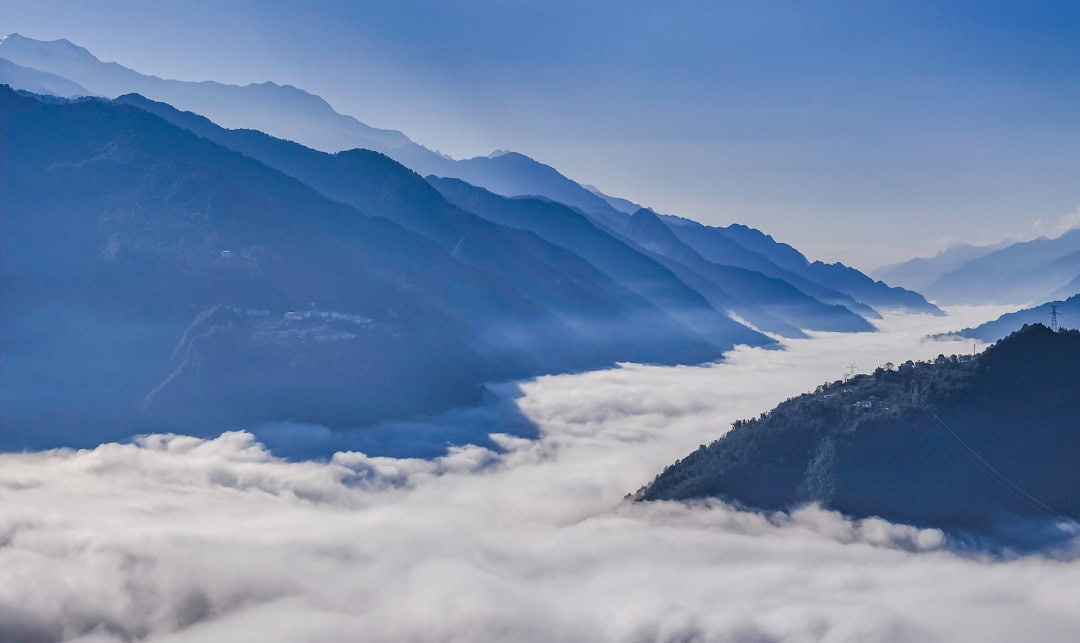
This is also the only Songzan hotel we have not visited, primarily due to the exceedingly limited number of rooms, as there are incredibly few hotels in China that can offer direct glacier views. It is typical for rooms to be fully booked.
**Songzan Rumei Mountain Residence**
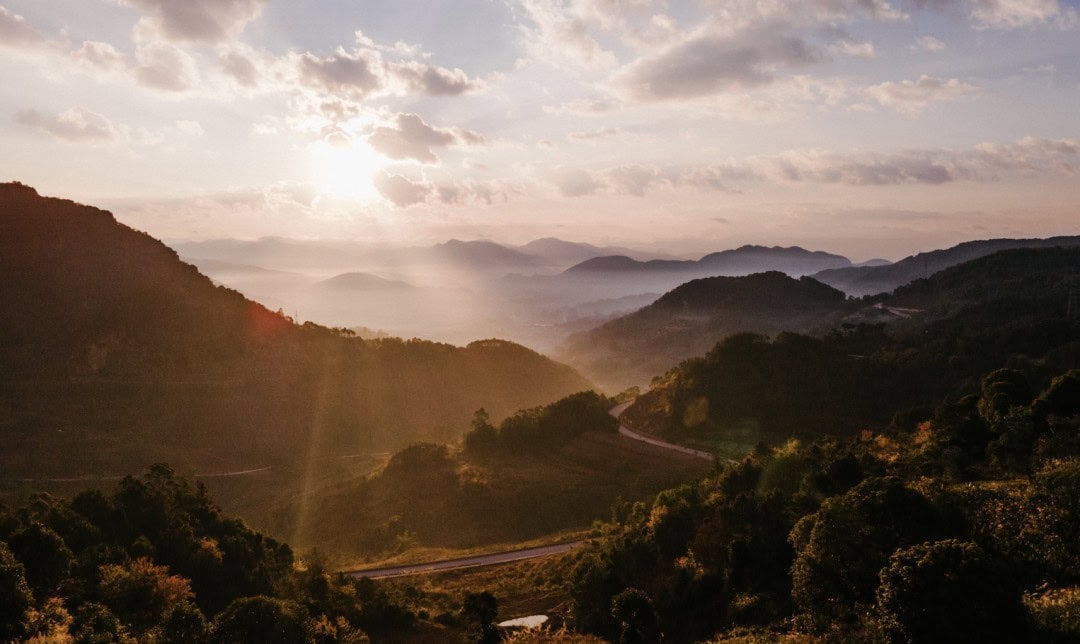
This hotel is the first stop when entering Tibet along the Yunnan-Tibet route, located atop a rice field, directly facing the Lancangjiang Red River Valley. It becomes particularly picturesque during the harvest season each autumn.
Rumei Mountain Residence has a total of 28 rooms, ensuring every room overlooks the Lancangjiang River and the nearby lush terraced fields.
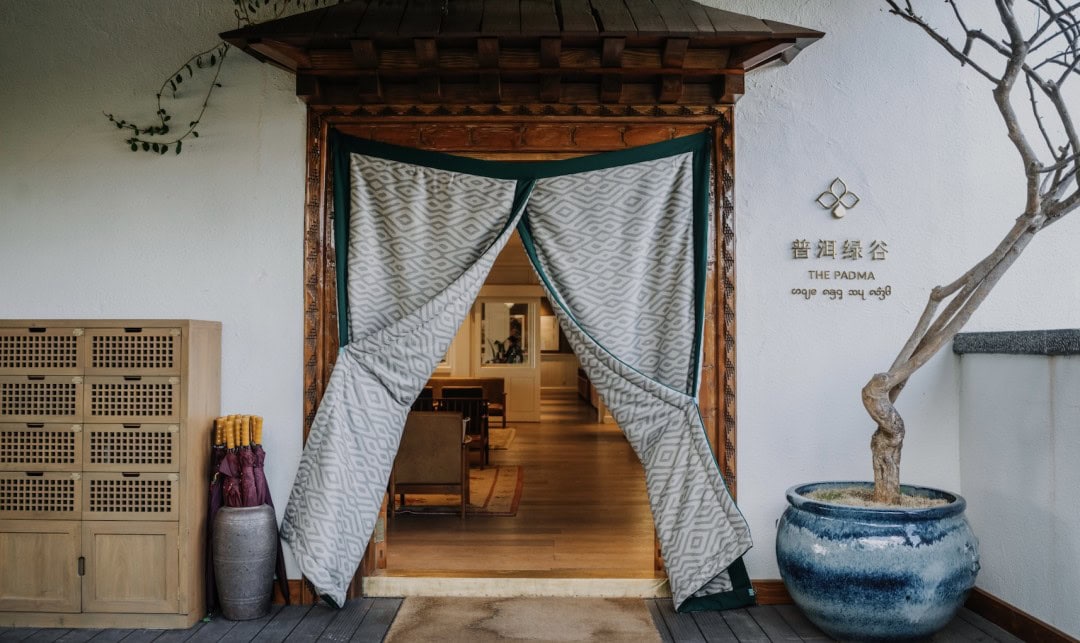
**Songzan Meili Mountain Residence**
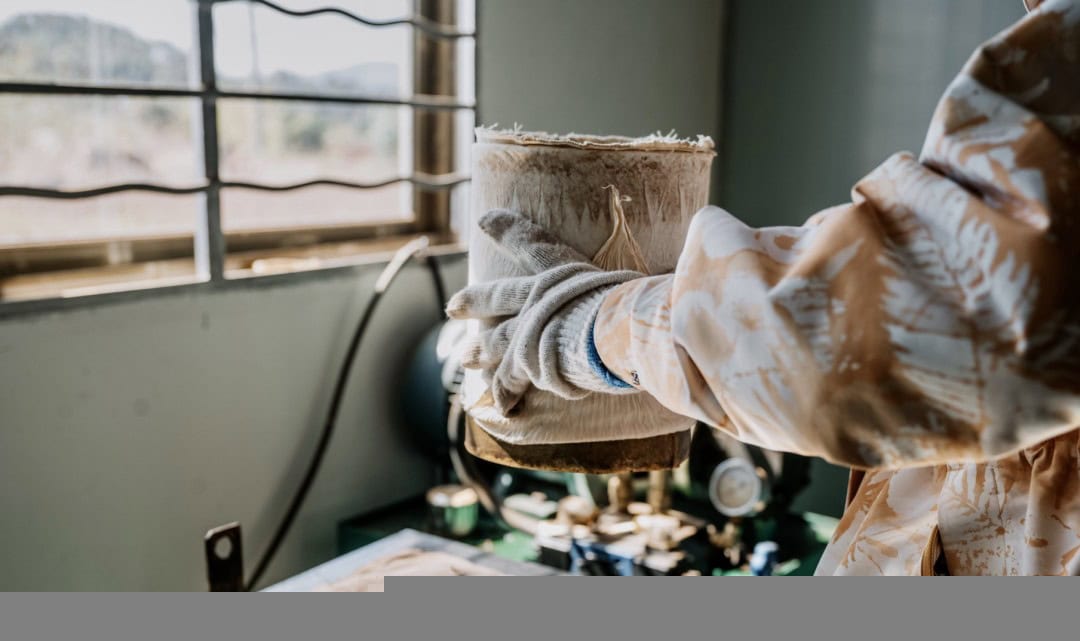
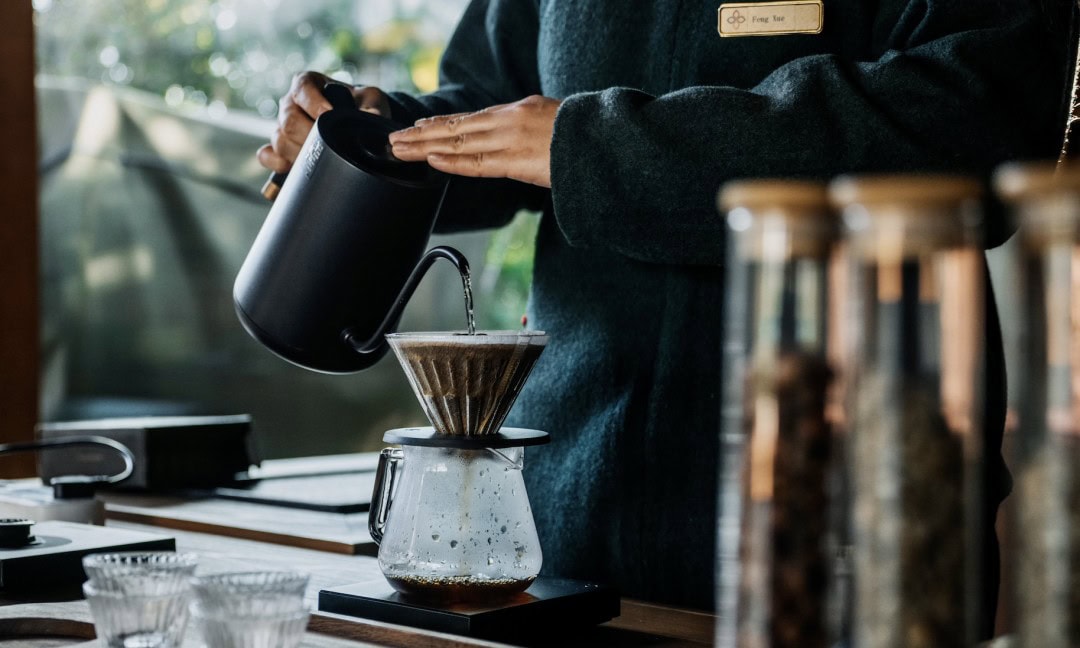
This hotel is particularly well-placed—it’s built at the foot of a snow-capped mountain in a small village of just five households, almost surrounded by snow peaks, forests, and pastures.
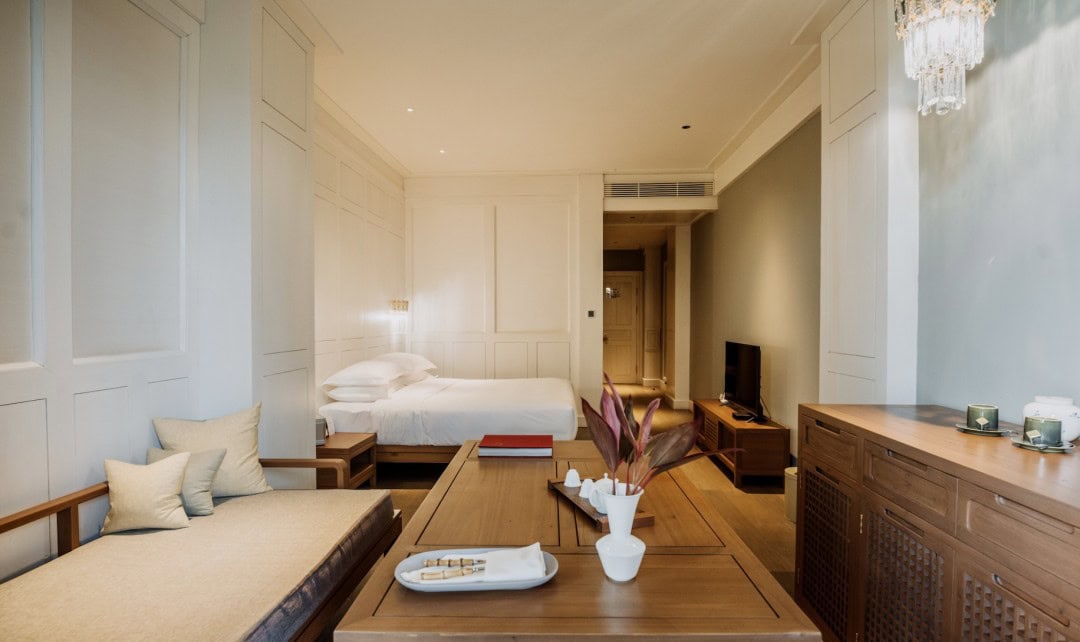
We were particularly fortunate during our visit, as we happened to catch a big snowfall in the mountains. When the white snow fell and silence enveloped everything, it truly felt like a fairyland.
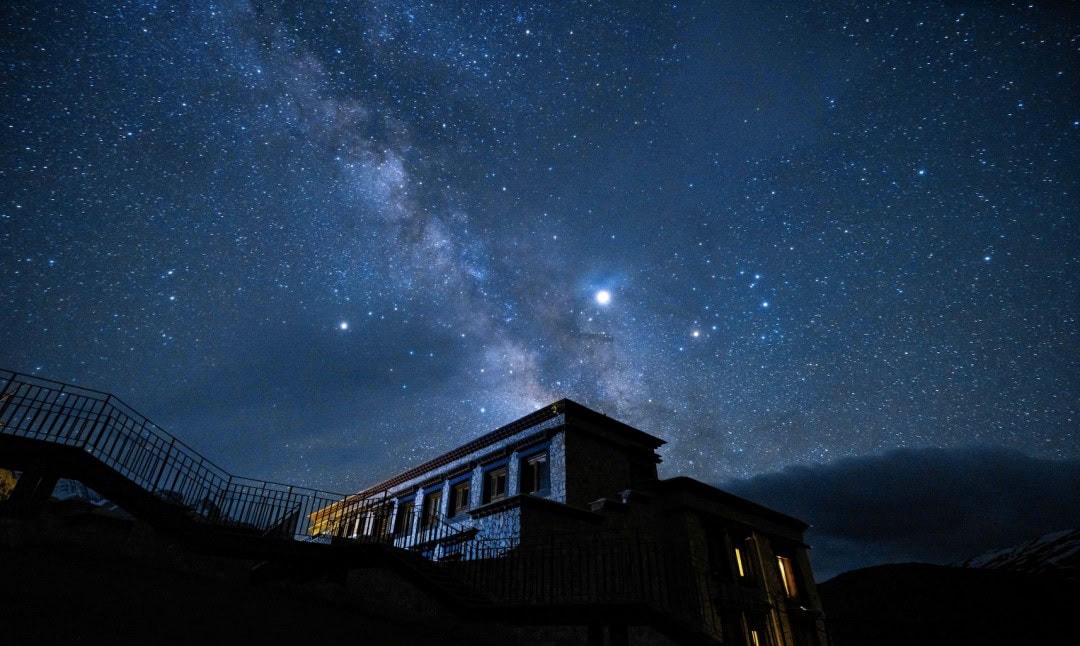
The terrace on the 3rd floor directly faces the snow mountain, offering unbeatable views.
With a total of 35 rooms, 31 rooms give direct views of Meili Snow Mountain, the highest of Tibet’s eight sacred mountains; moreover, they have views of the main peak of Meili Kawa Ge Bo. Staying in Meili Mountain Residence makes it as simple as breathing to take in the sights of the snow mountains.
**Songzan Shangri-La Linka**
Songzan Shangri-La Linka was once part of M Gallery and is also my personal favorite.
Songzan Shangri-La Linka looks across at the historic Songzanlin Temple, over 400 years old; from every room and public area, you can feel the peace and tranquility of this ancient temple.
This hotel is a Linka, significantly larger than Mountain Residences.
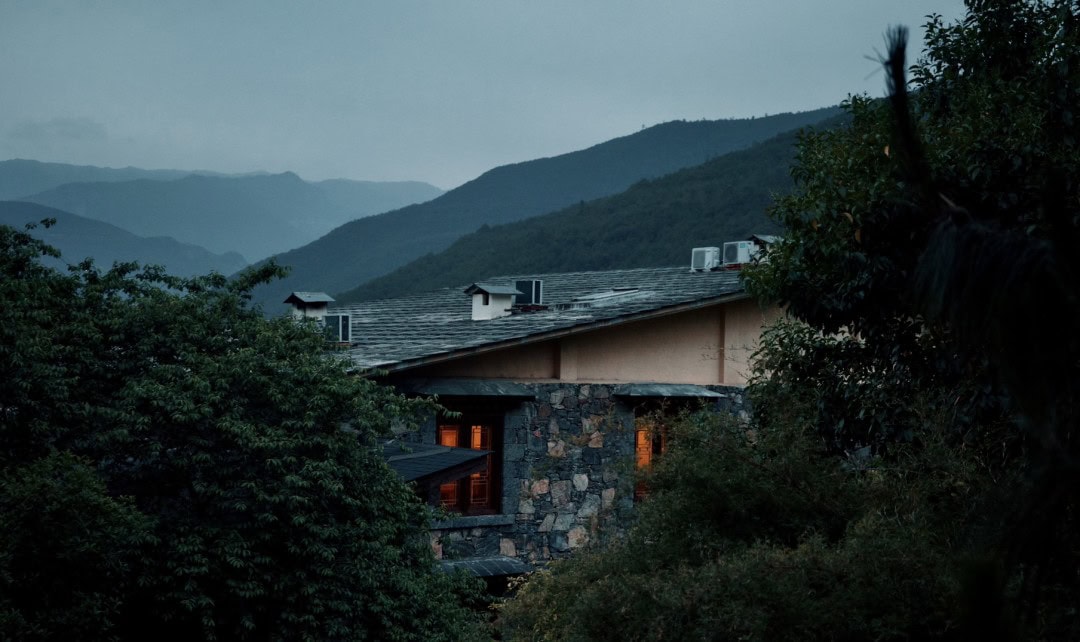
Songzan Shangri-La Linka even has a museum with a considerable collection of artifacts.
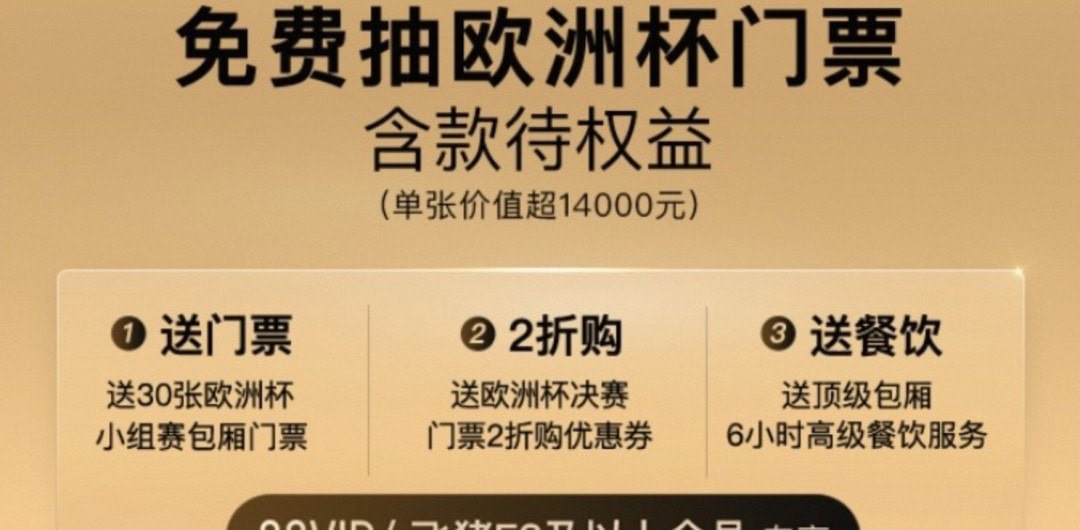

The gift shop houses three full sections, in addition to a reading area, art gallery, Tangka painting studio, and a flagship store for the brand “Bird of Prey.”
Importantly, the hotel features its own horse ranch and archery range.
So staying at Songzan Linka, be sure to dedicate plenty of time to enjoy the hotel.

